Short excursion into these unique mountains east of Santa Marta Colombia. These are the indigenous homelands of the Arhuachos, and other tribes. Homelands which have been severely whittled down since the Spanish arrival centuries ago. These people fiercely maintain their culture without weapons, but with their minds. They see themselves as the ‘Big Brothers’ of all other people…spiritual guides. Although they would prefer to be left alone, they still mount protests against incursions by oil and mineral companies into their lands. They were trapped in the middle of the FARC/government wars of the past decades. Many were killed. Many were forcibly taken by FARC to act as porters.food gatherers etc. In many ways, it is amazing these people still exist.
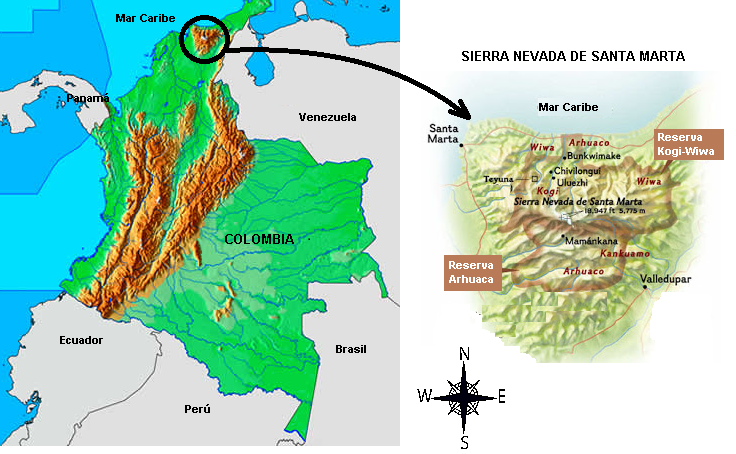
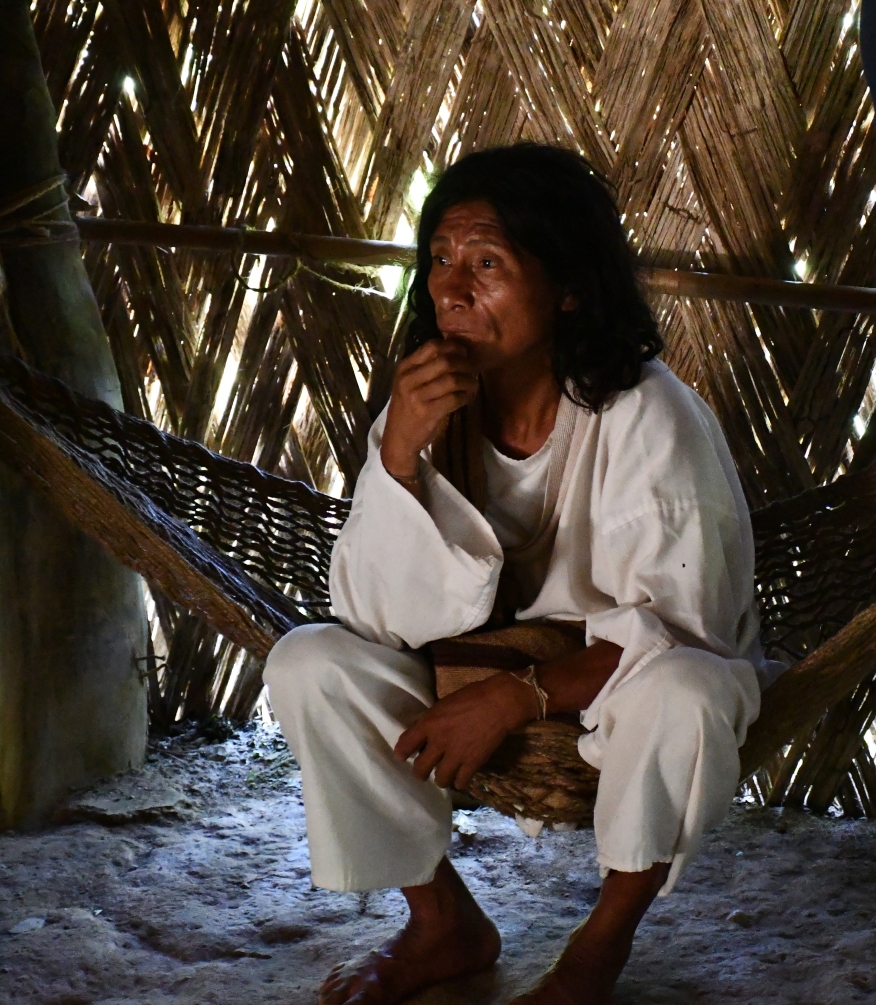
Getting in to the edge of their territory entails merely about a mile and a half hike through protected jungle. The biodiversity is instantly obvious…fruit trees everywhere of many kinds. The forest floor is littered with dead leaves and surprisingly open; At least away from the trail edge where the sun creates massive undergrowth.
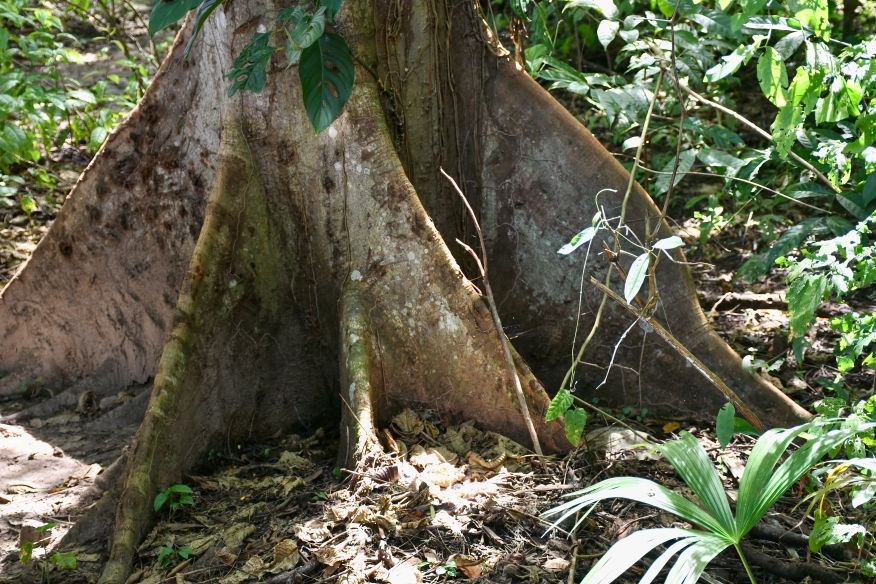
Saw leafcutter ants crossing the trail in a long single line. The leaves are used as a substrate for fungus which feeds the ant population. Fungus farmers.
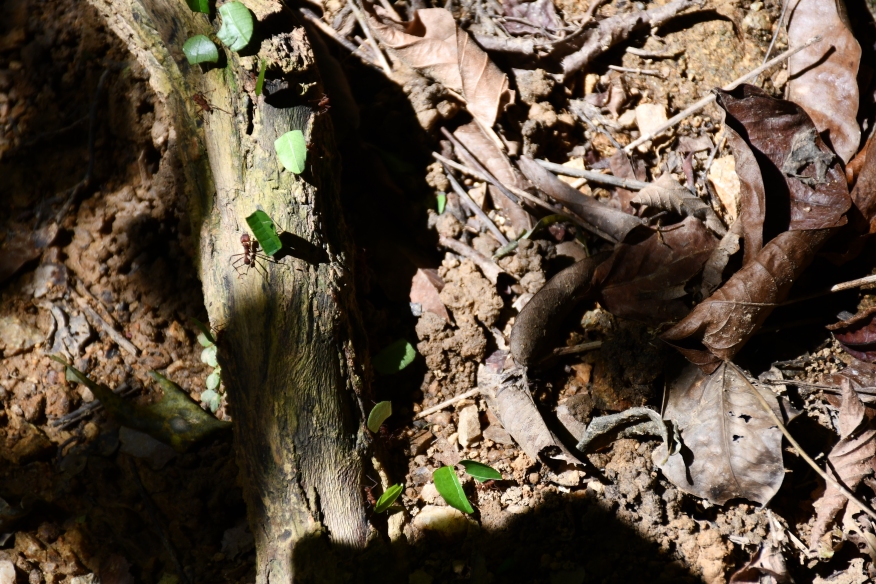
The Colombian government has been attempting to improve literacy by building schools. The indigenous people tend to avoid them because assimilation is not their goal. This little school on a trail (no road nearby) closed 2 years ago because of lack of students.
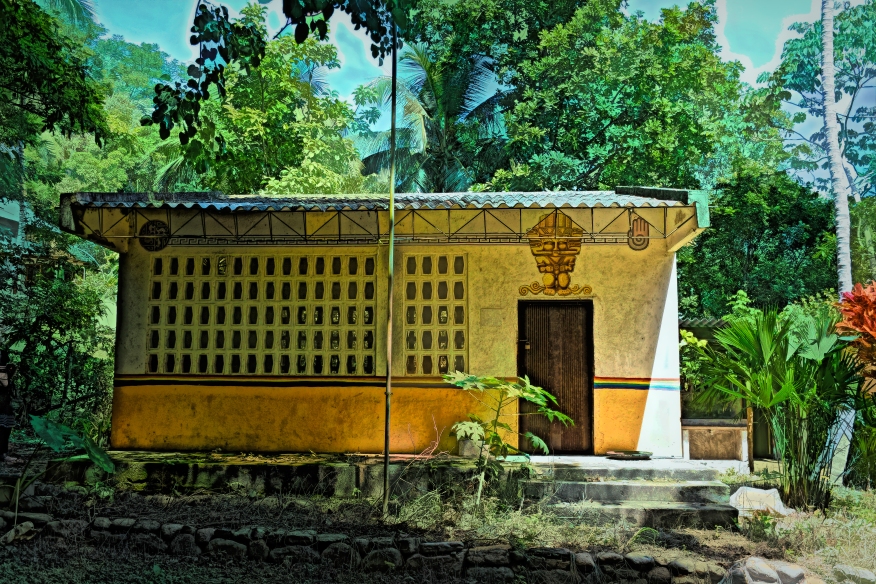
The trail was a bit up and down, with a rocky base that was awkward but not really difficult. Rain would change everything.
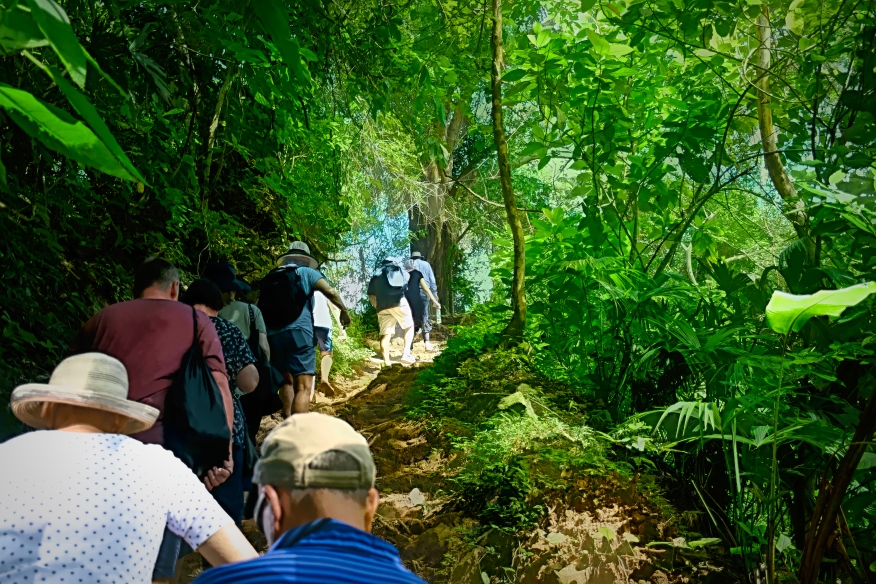
There was a small museum of the Tayronia’s who were the ancestors of the current people. Also some local style homes. We were fortunate to meet an Indigenous man and woman in one of the sites. Apparently they live an hour’s walk away, but use these places when they have some business with the local non indigenous population. The man had his device for coca leaves and lime. The woman was making a carrying bag. He sleeps on the hammock. She sleeps on a woven mattress on the floor, since that puts her close to the fertility of Mother Earth.

The woman was a bit overwhelmed by the crowd in the house. She doesn’t speak Spanish or English so it was likely all a tiresome blur to her. However, the Arhuachos know that allowing a glimpse of their life, on their terms, is a powerful tool for their goals. The man communicated well with our guide in Spanish.
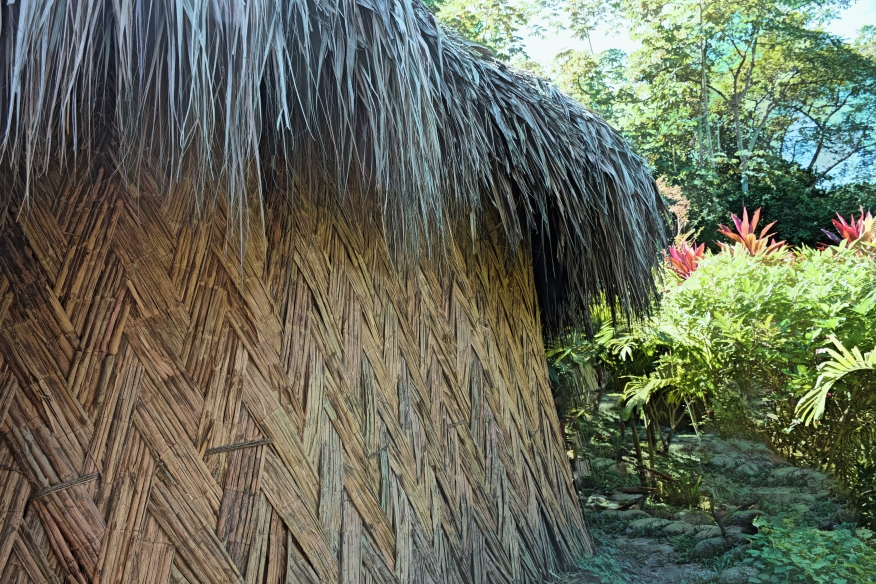
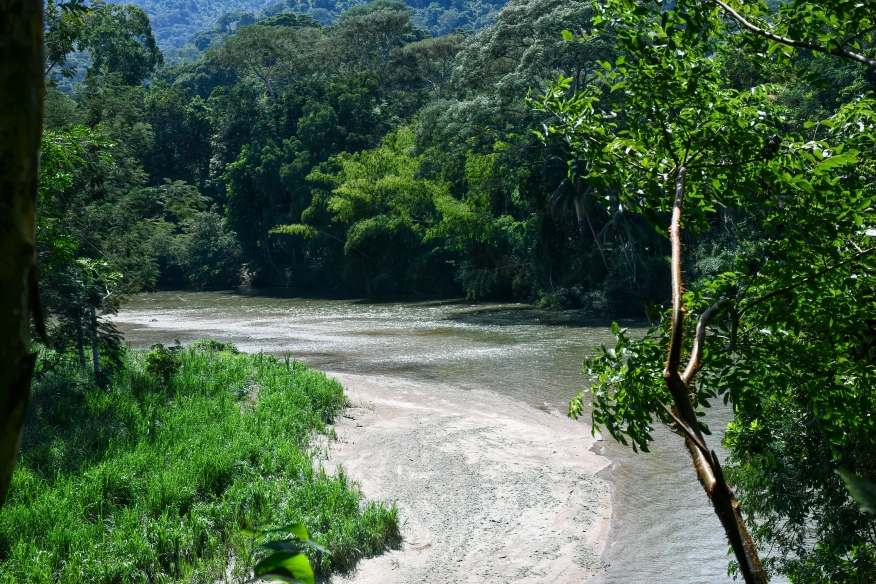
A superb short video about the Arhuachos. “Voices From The Sacred Mountain” is on You Tube. By Ore Media, Oct 3/2018.
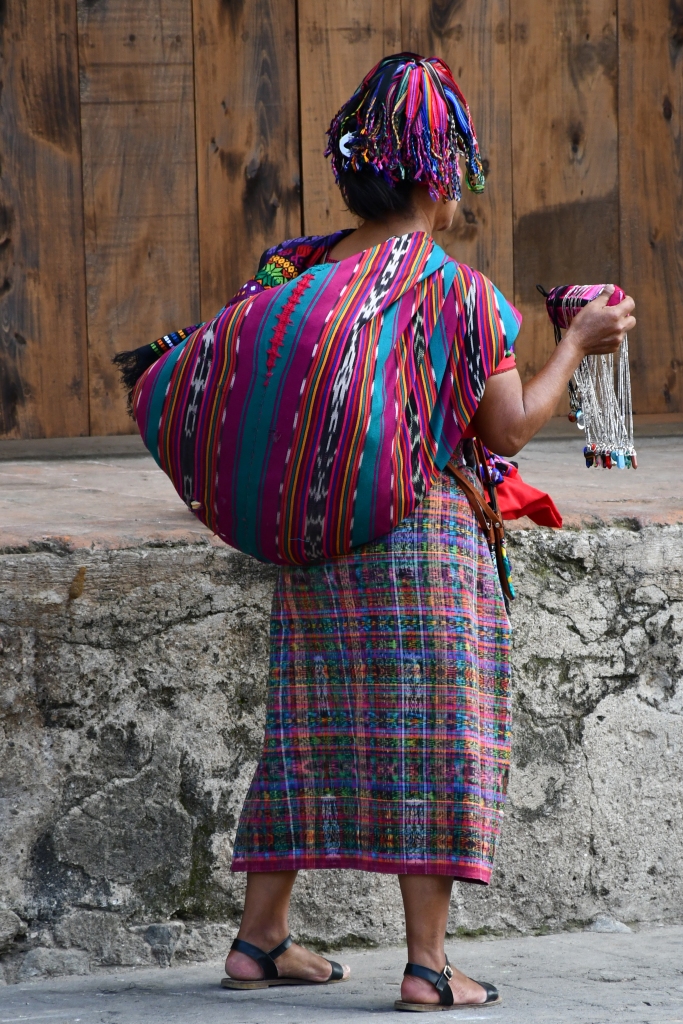
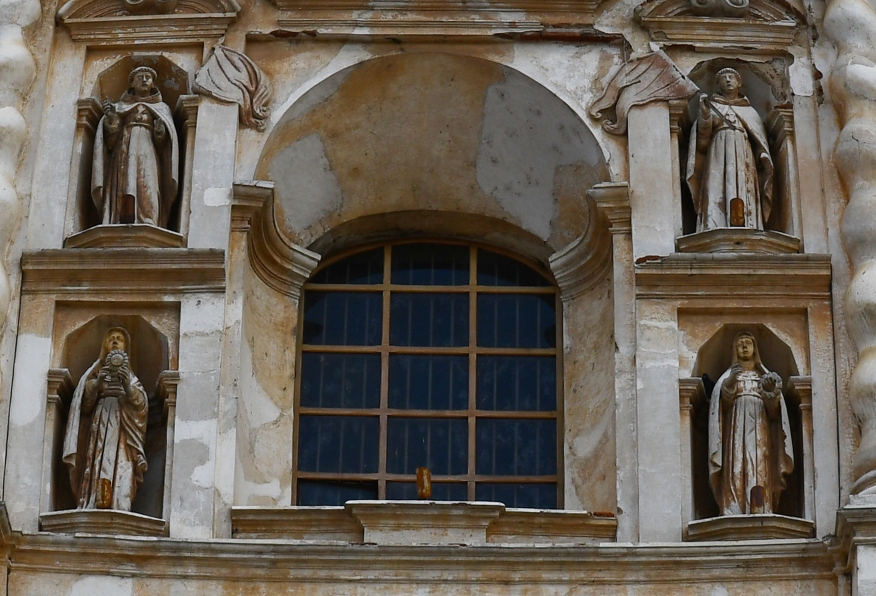
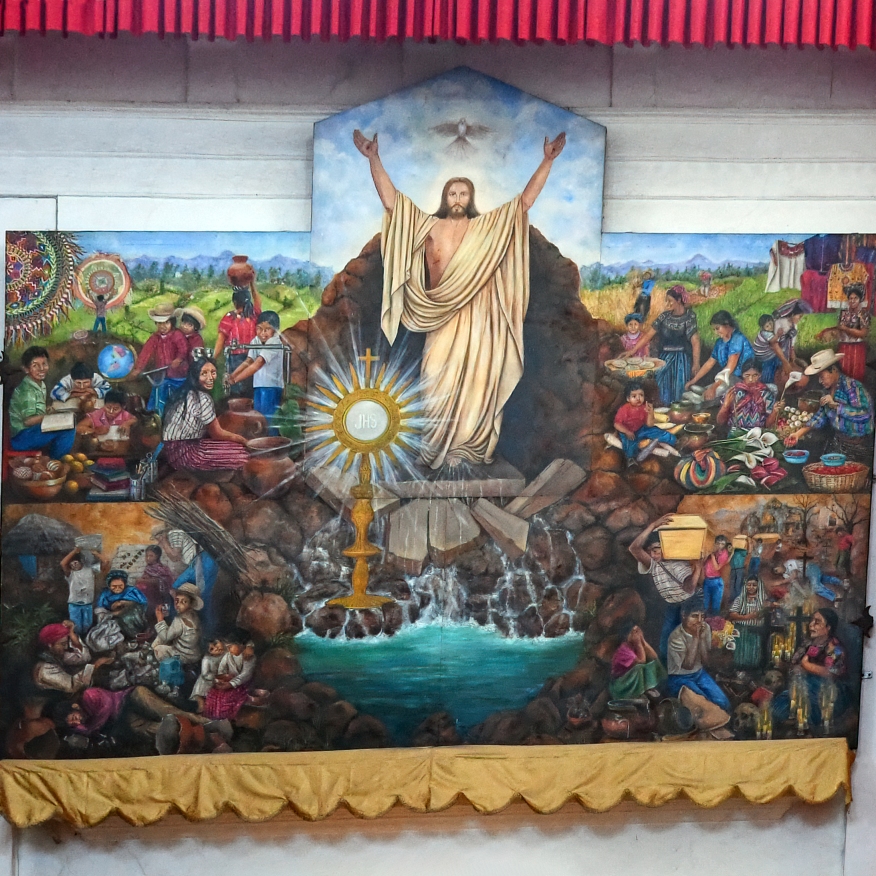
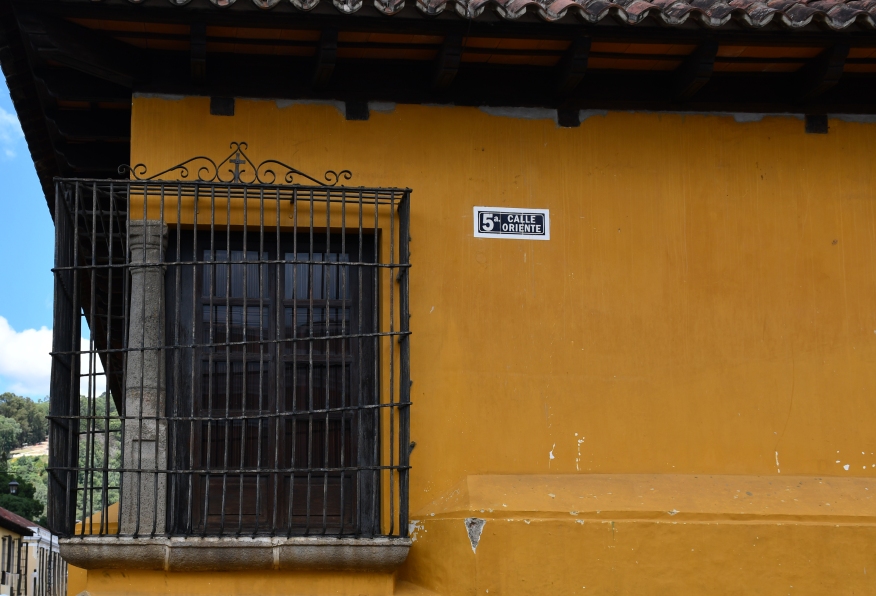
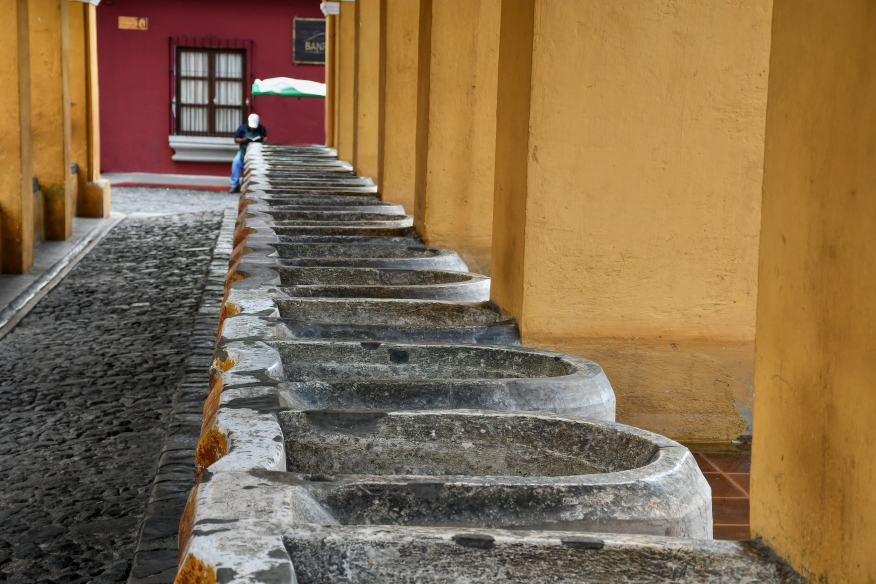
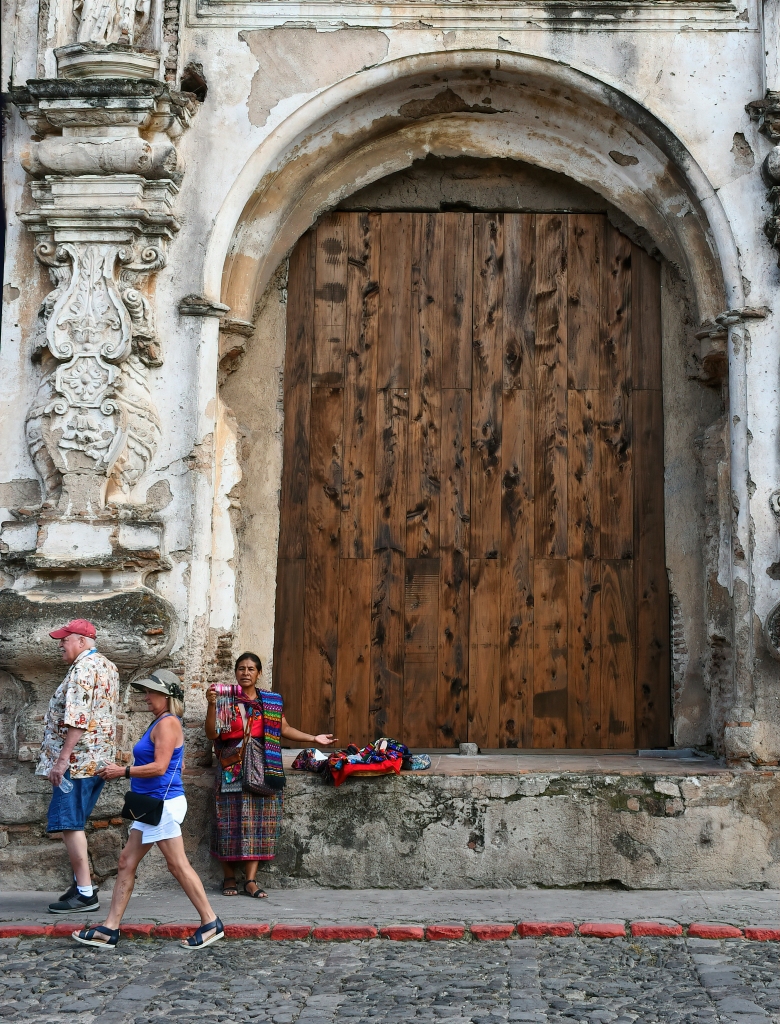
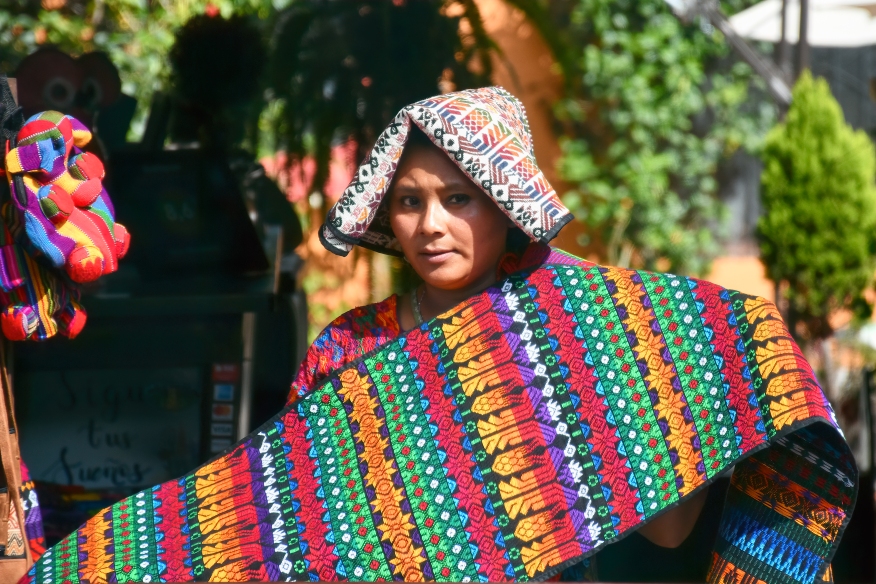
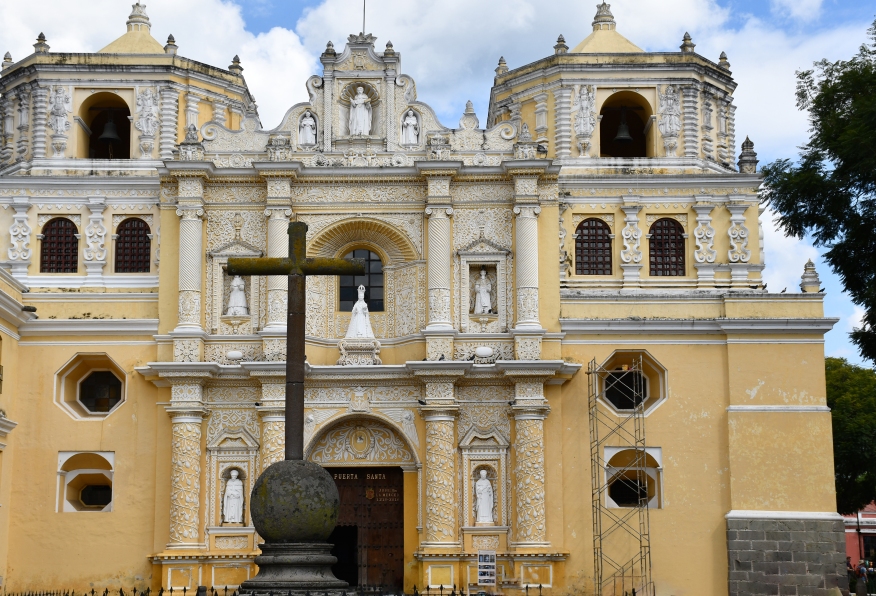
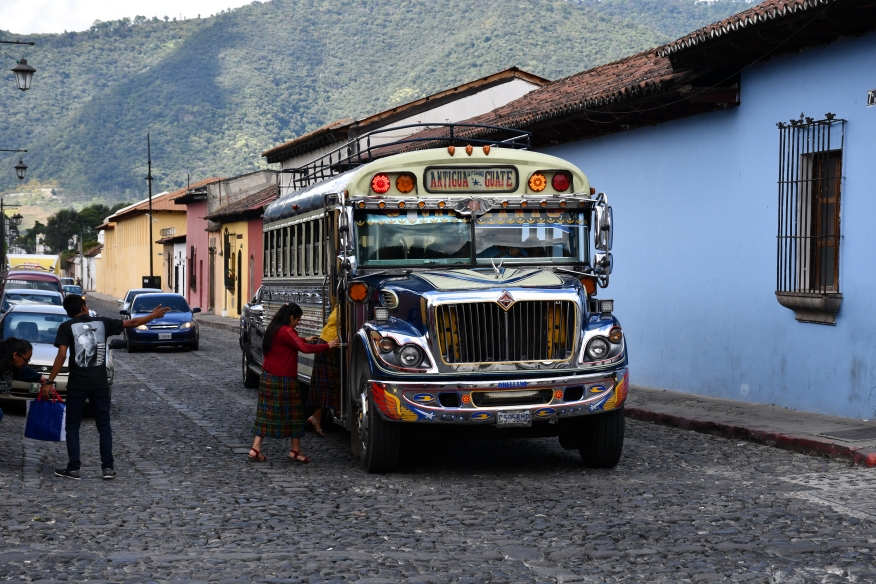
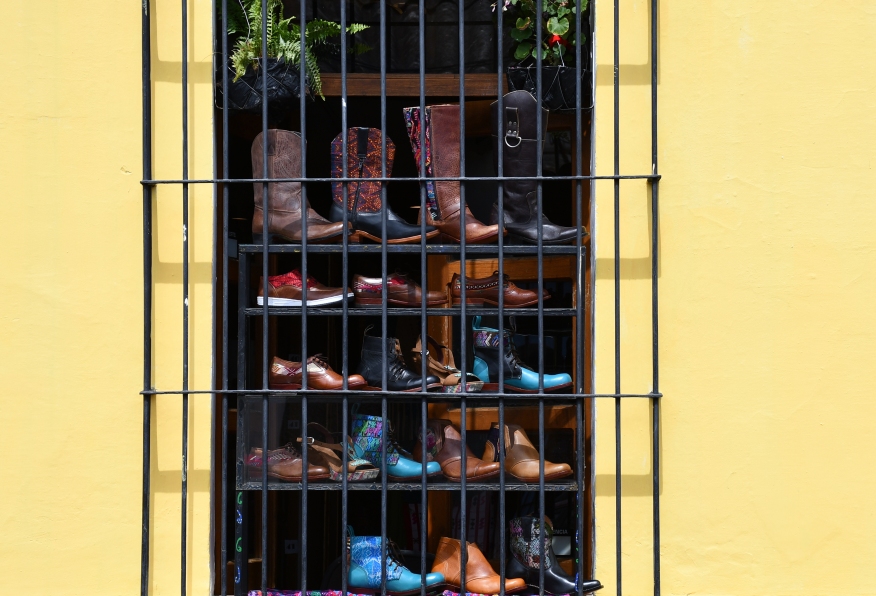

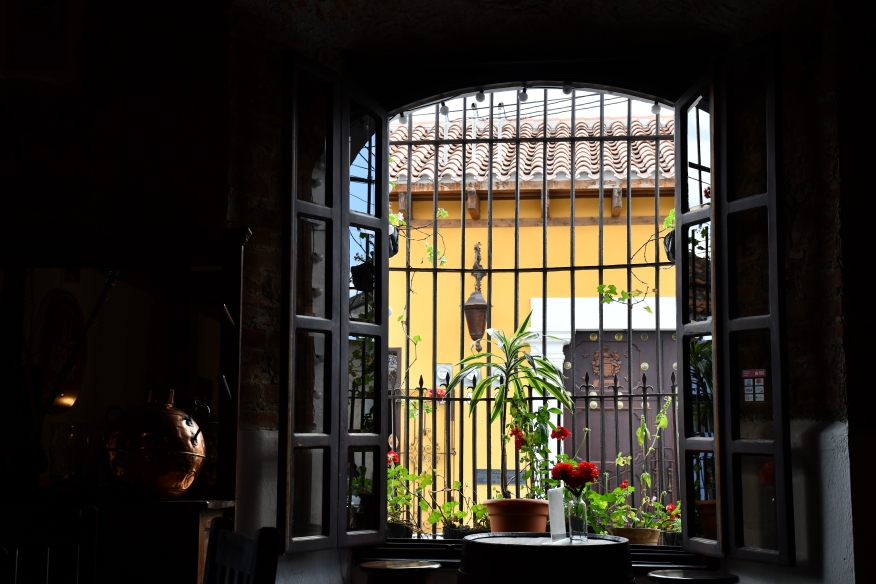
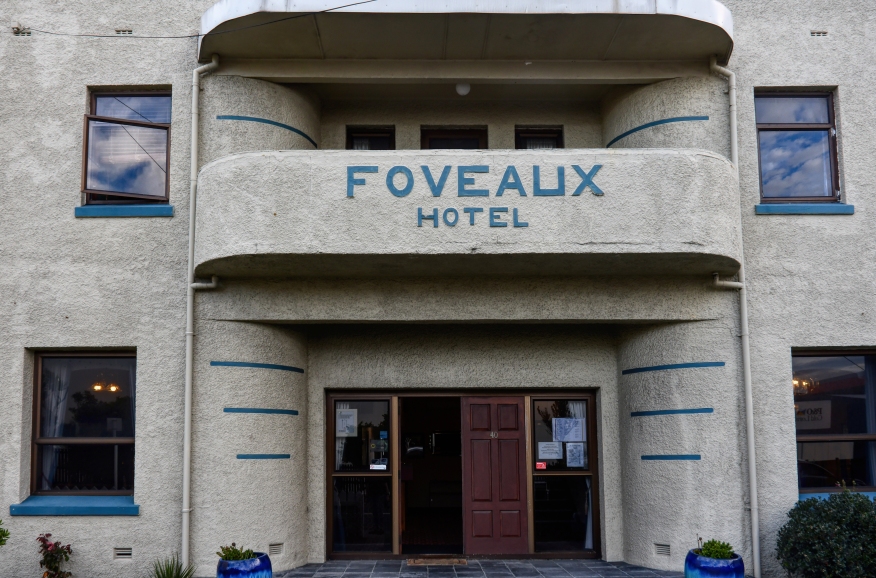


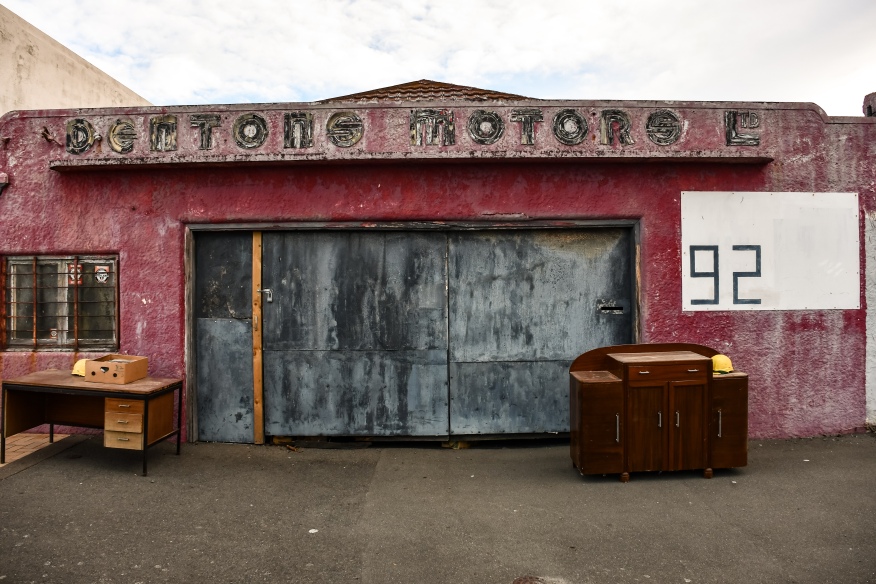
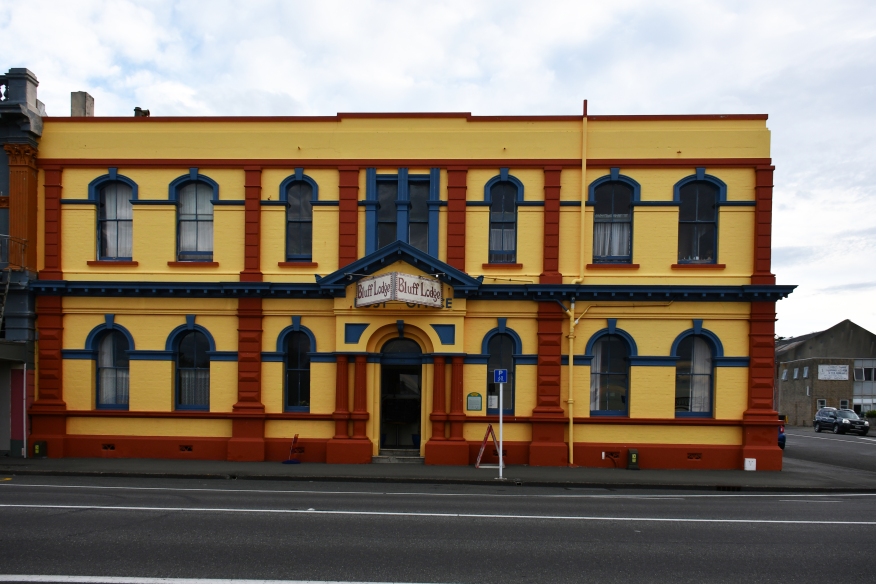

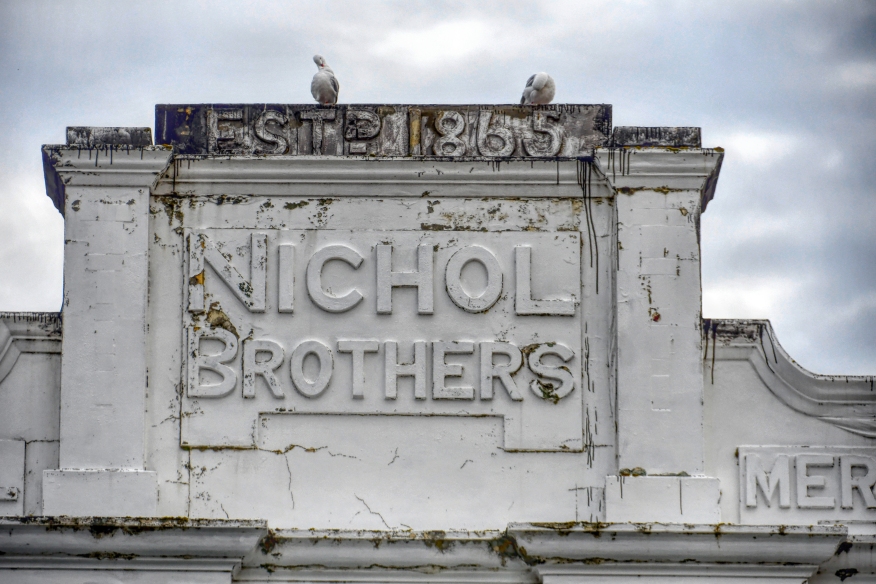
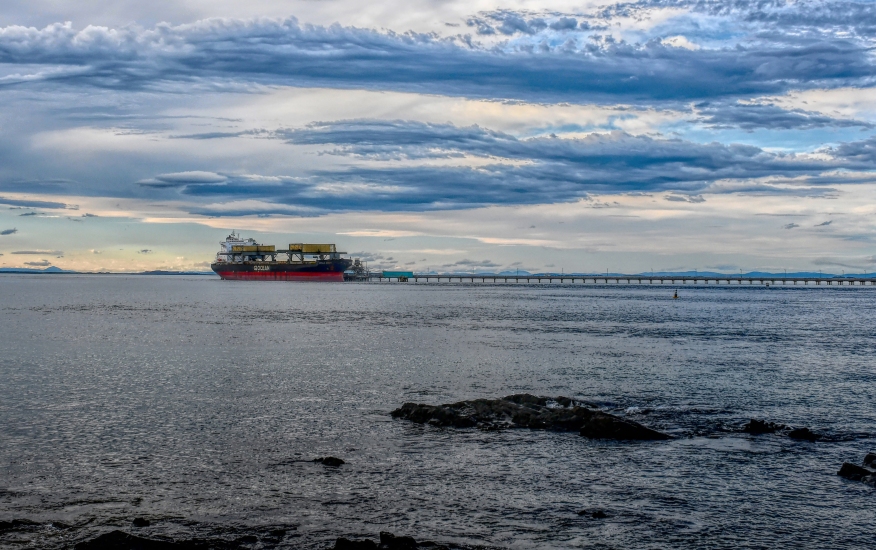


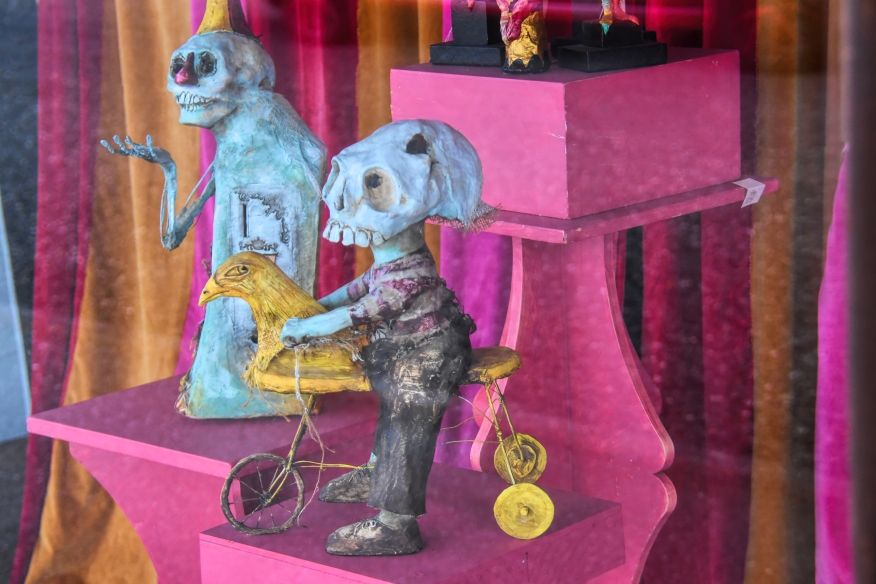
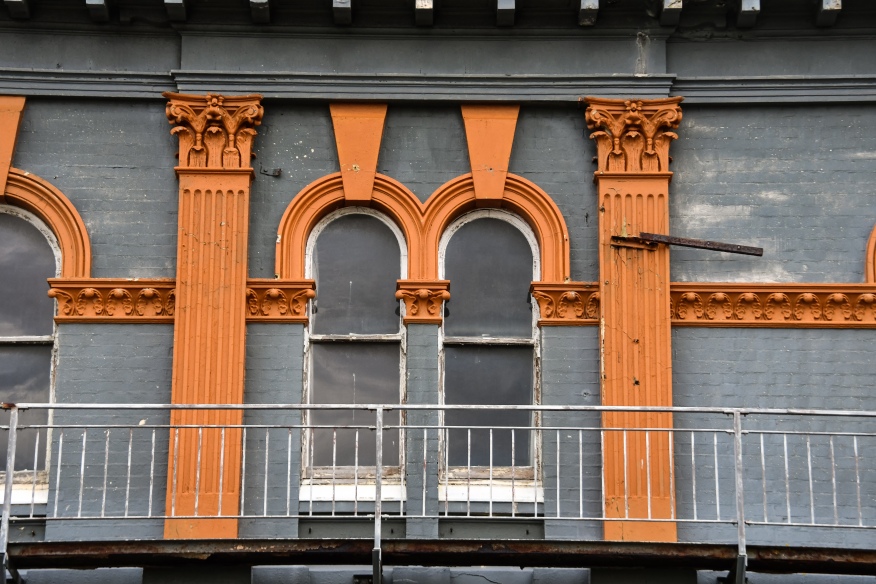
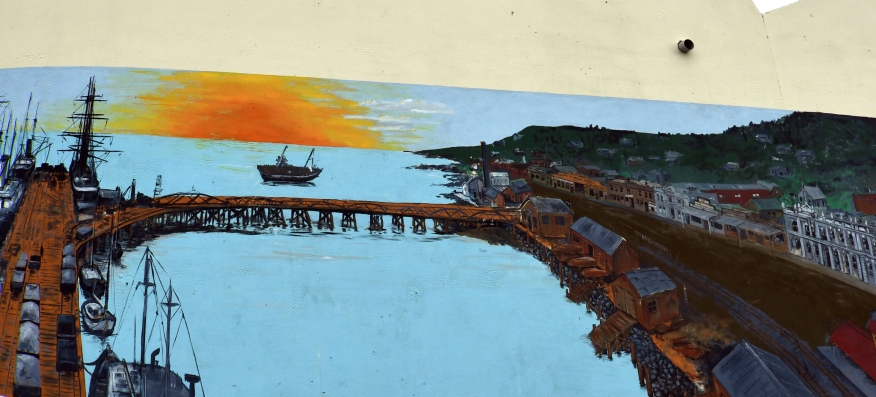


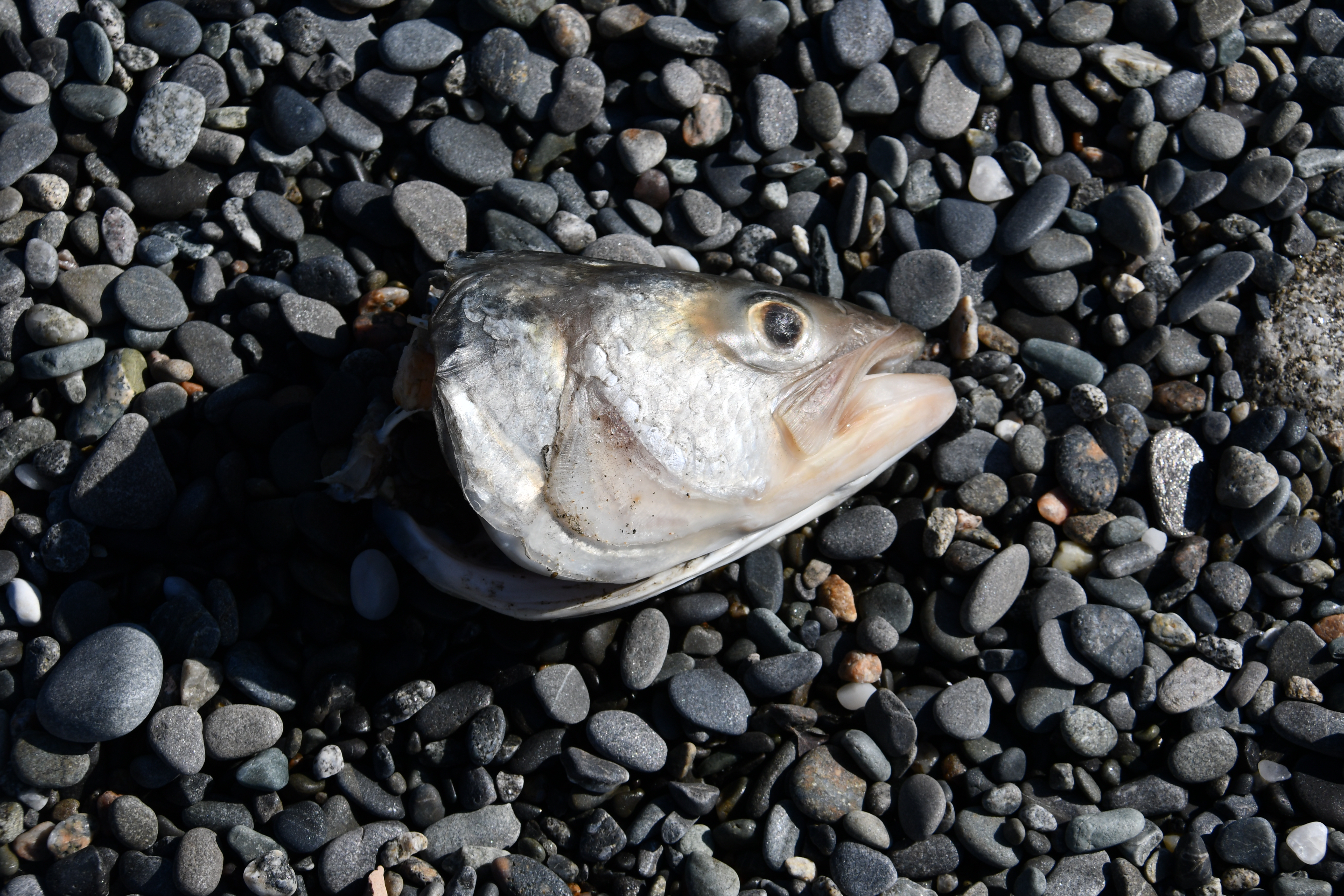
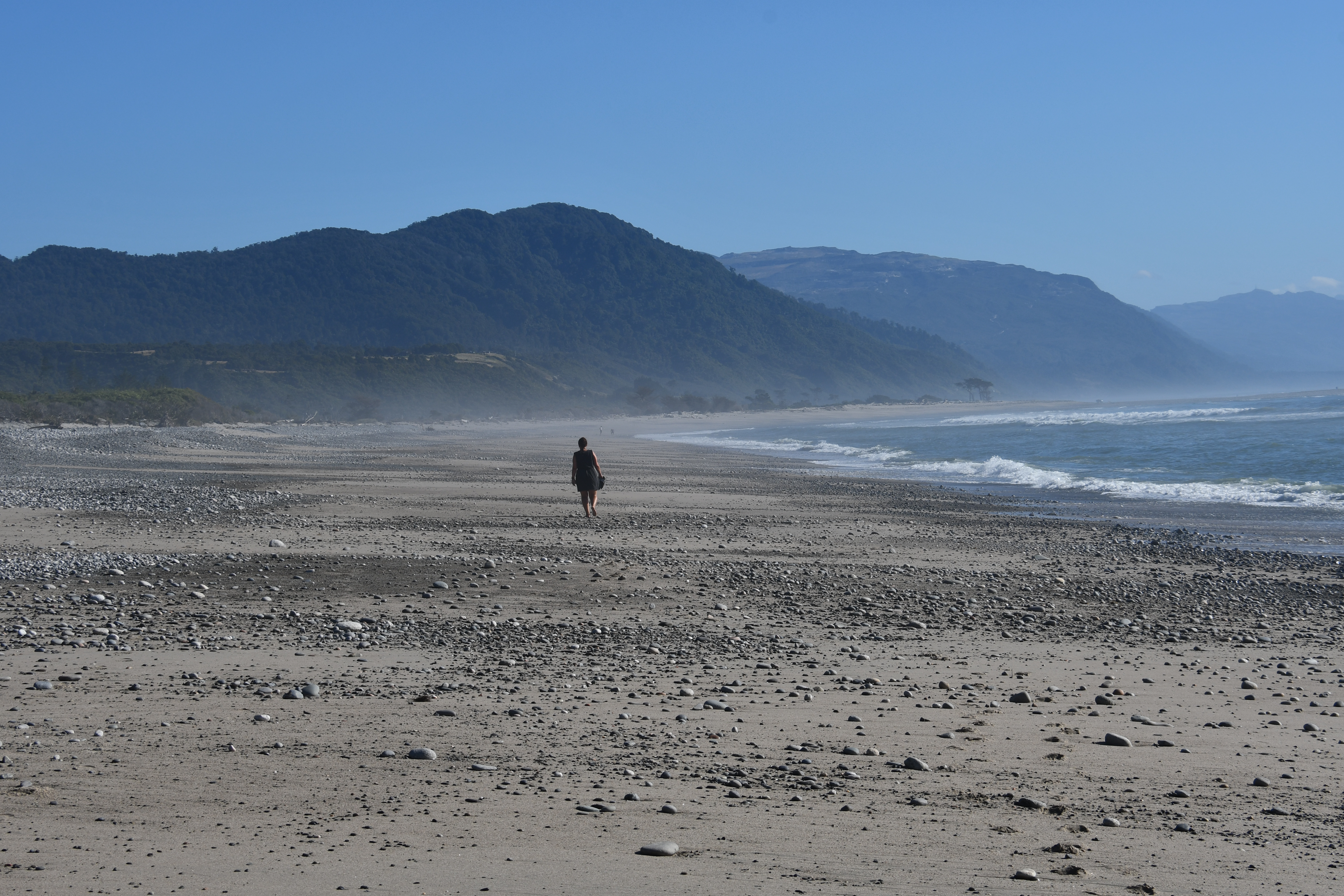
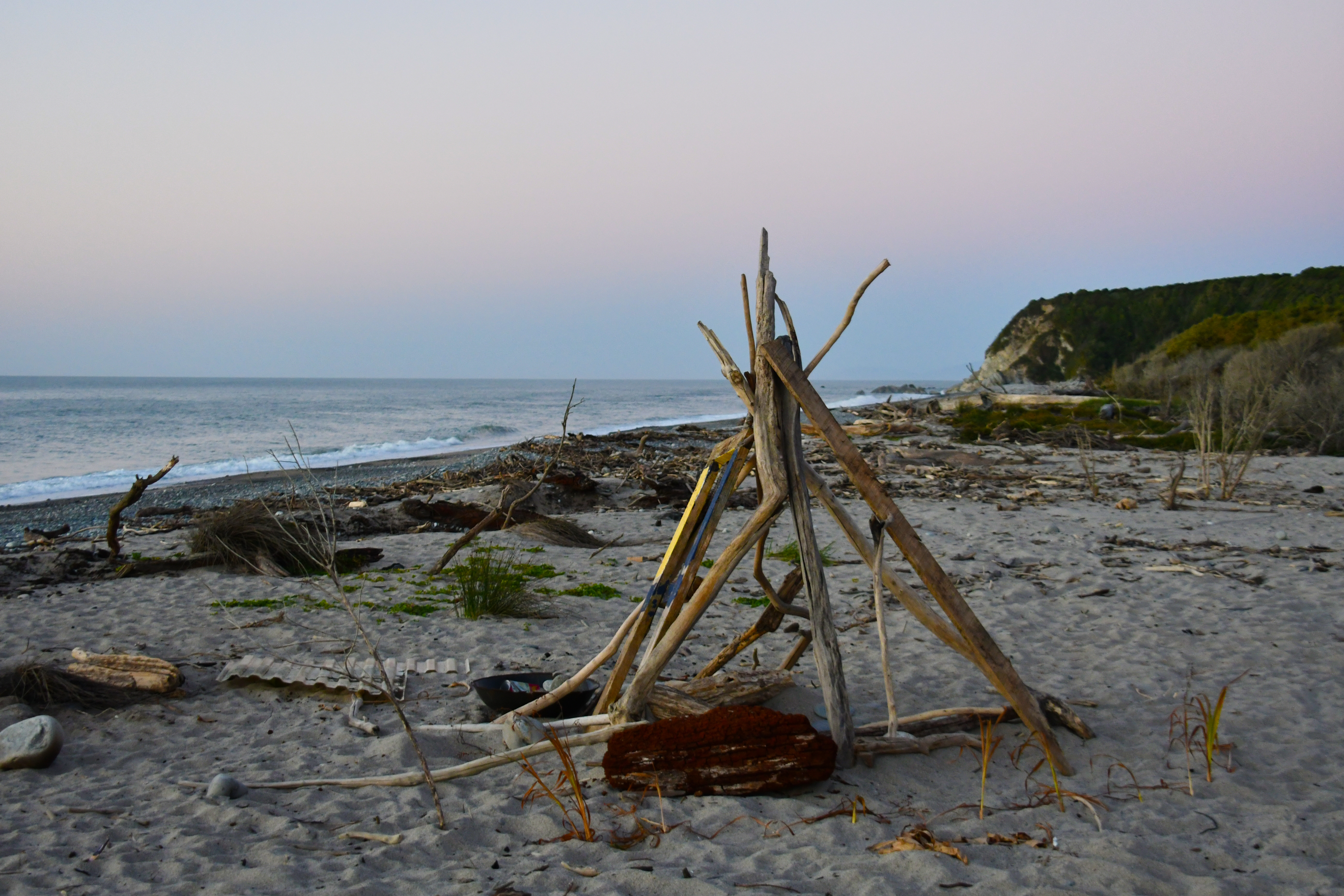
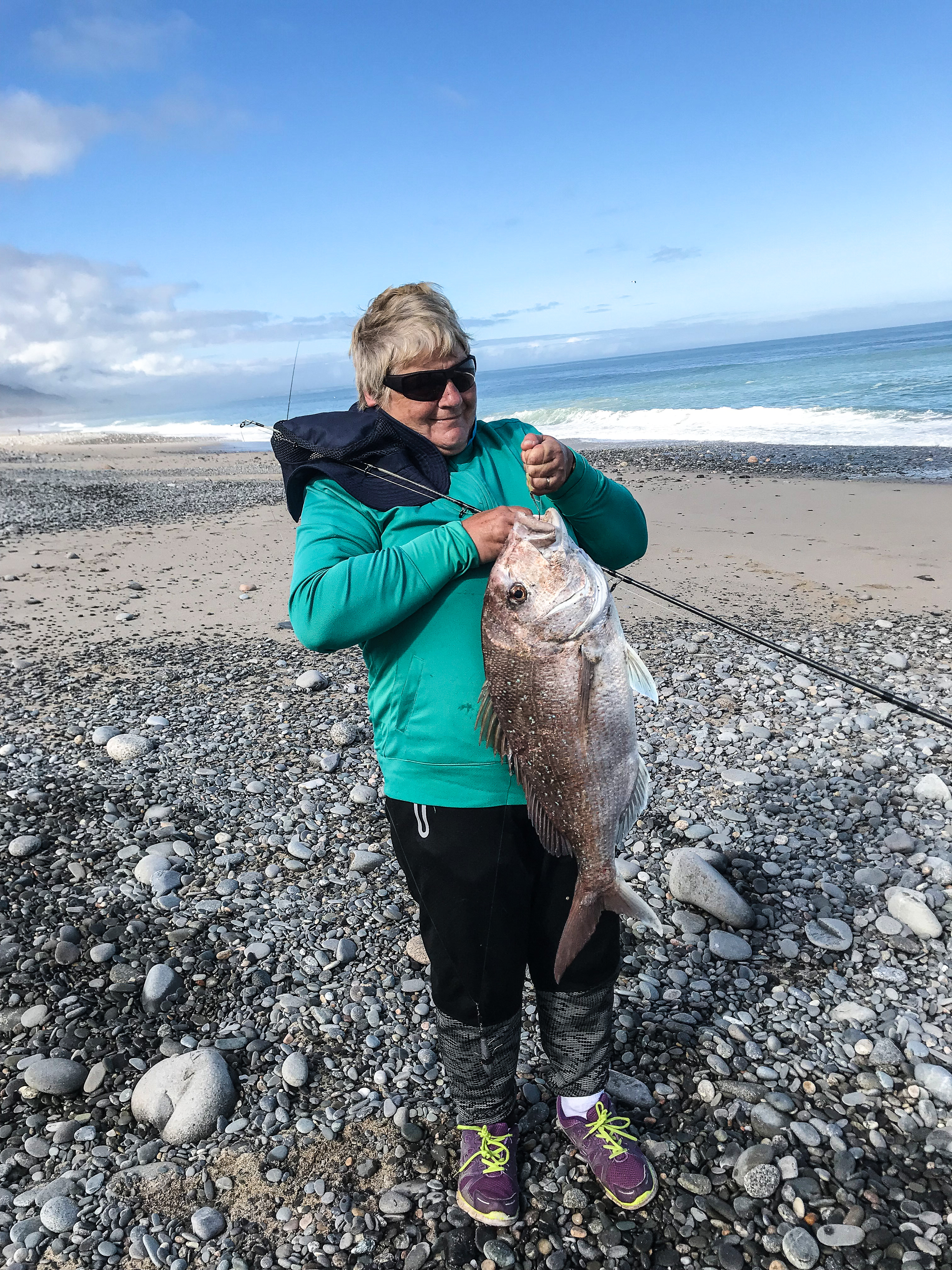
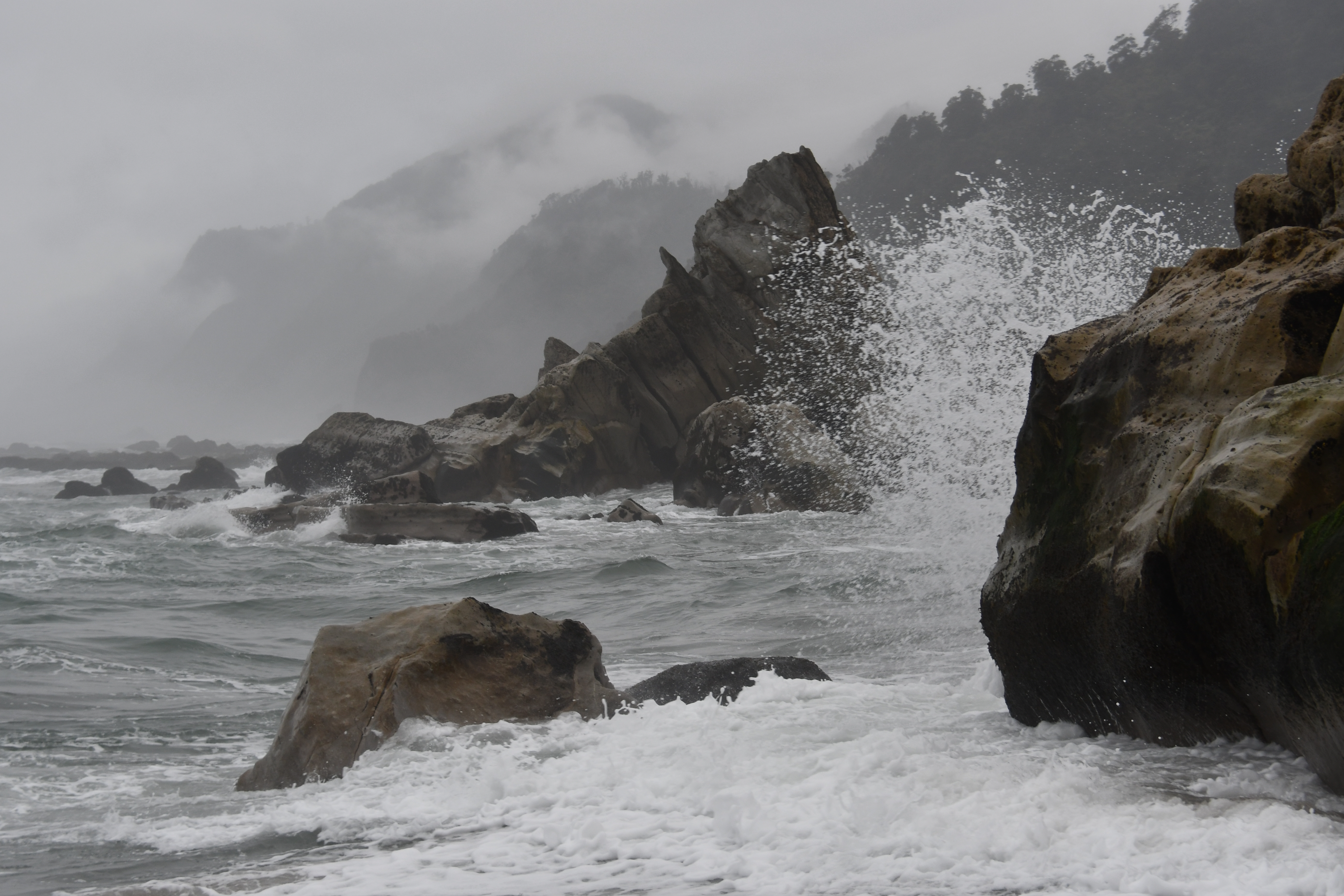
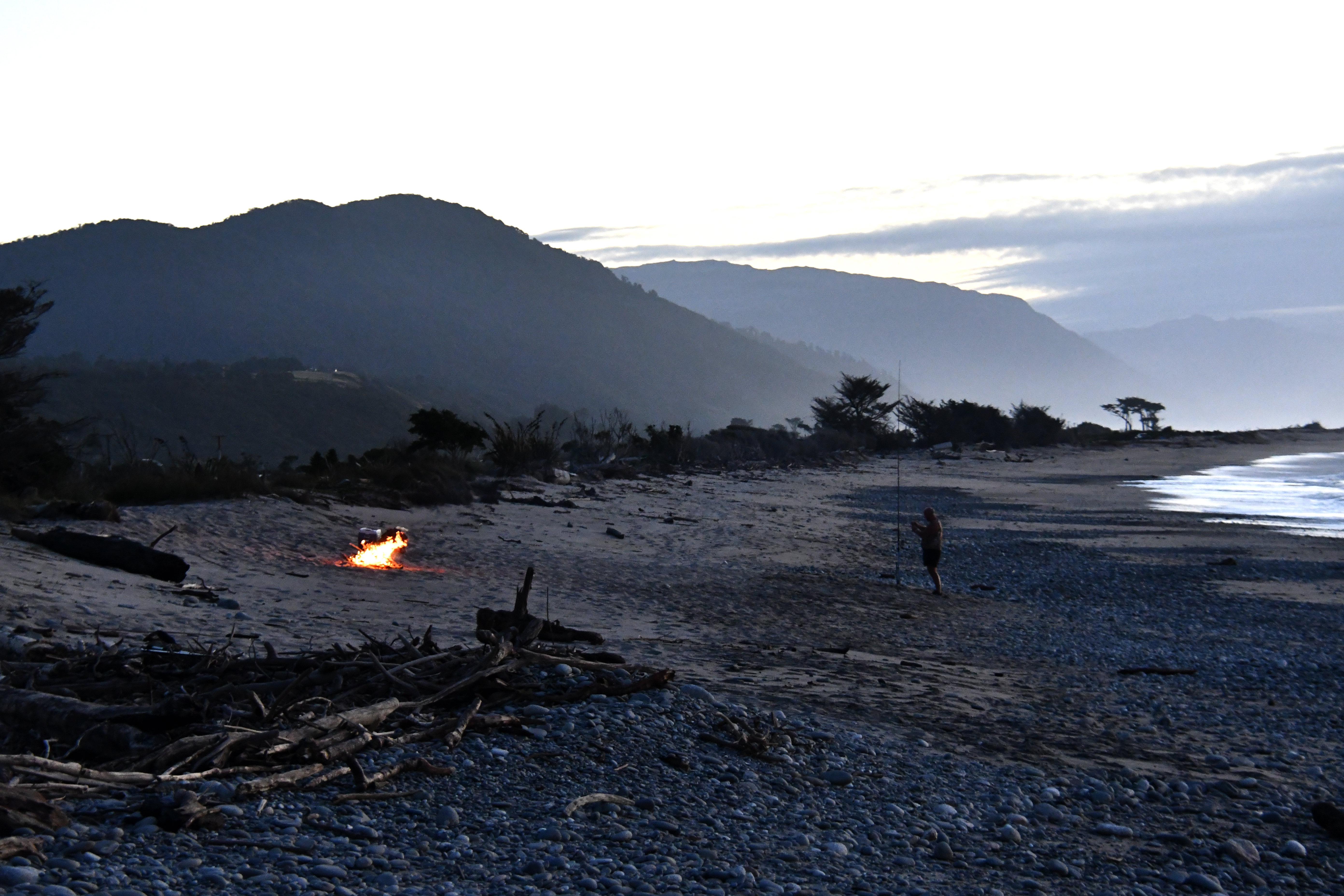
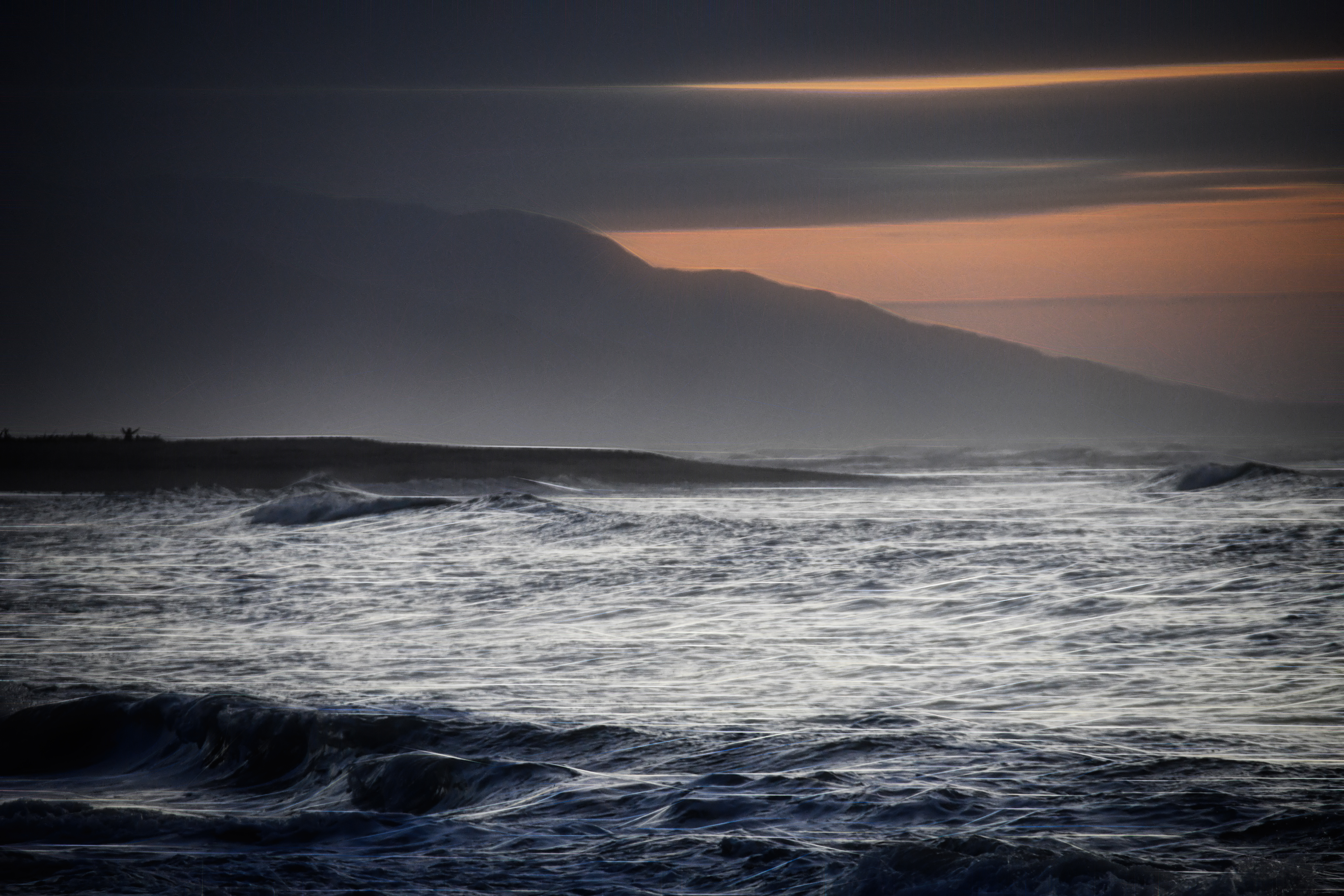
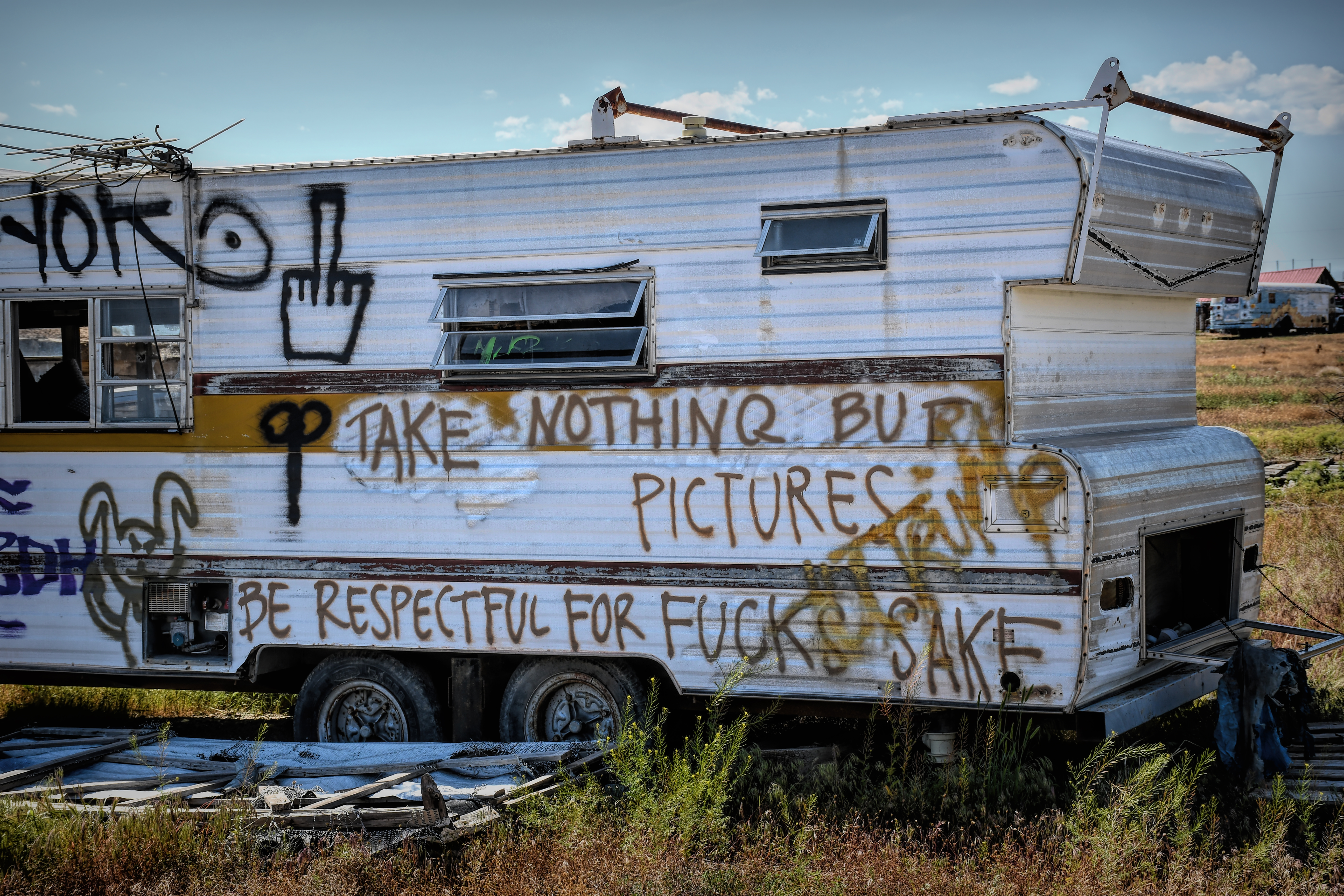
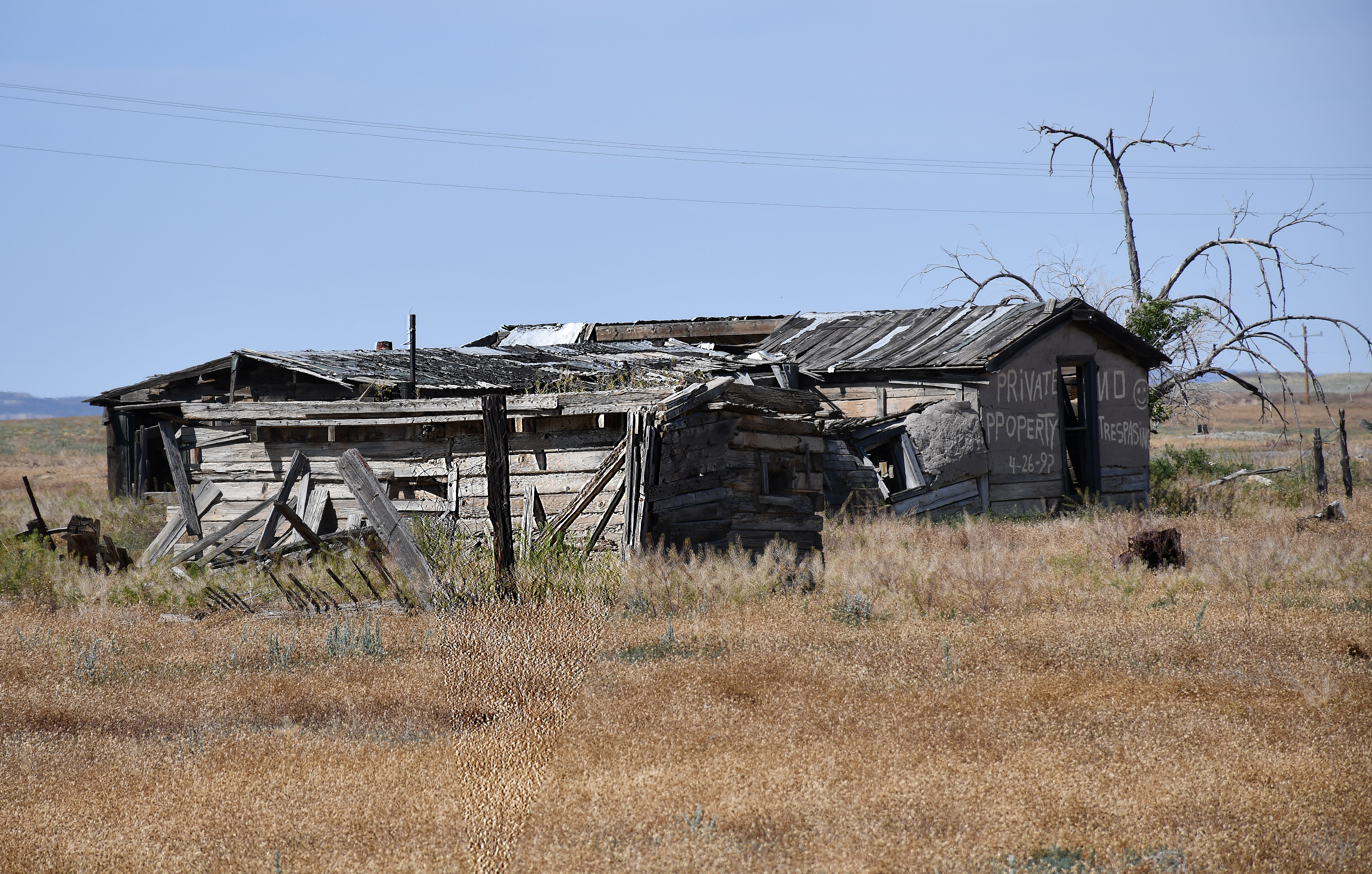
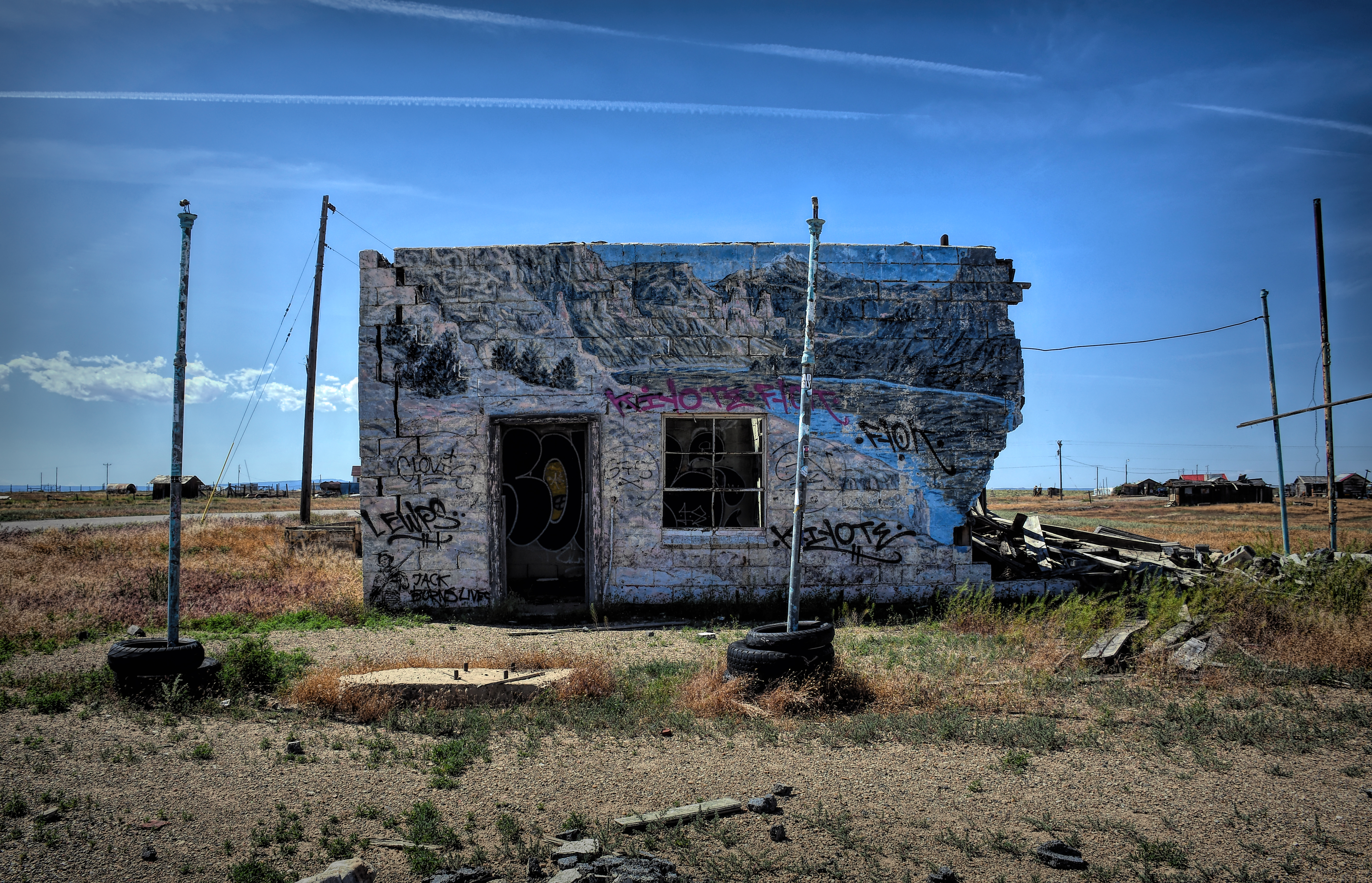
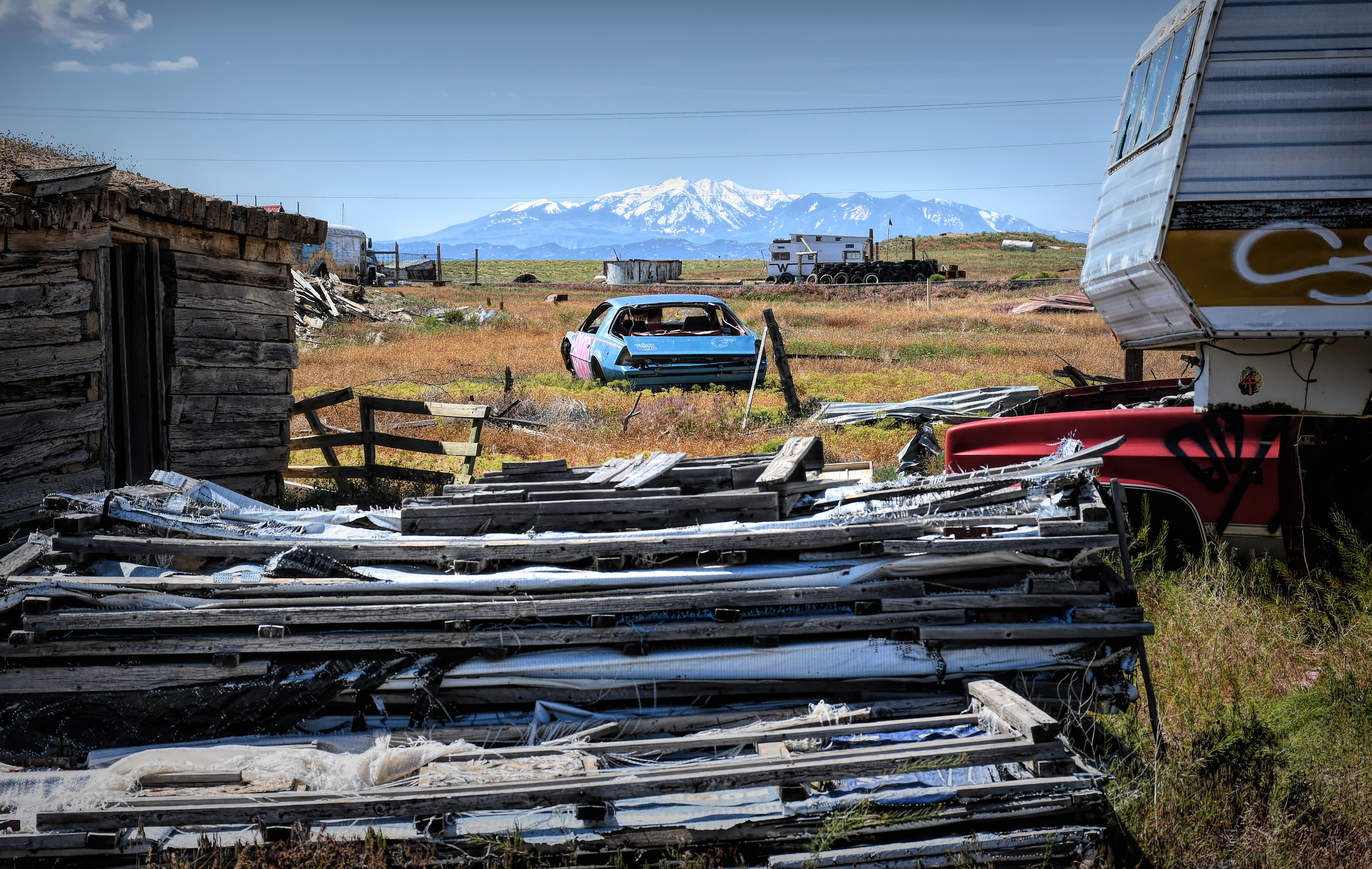
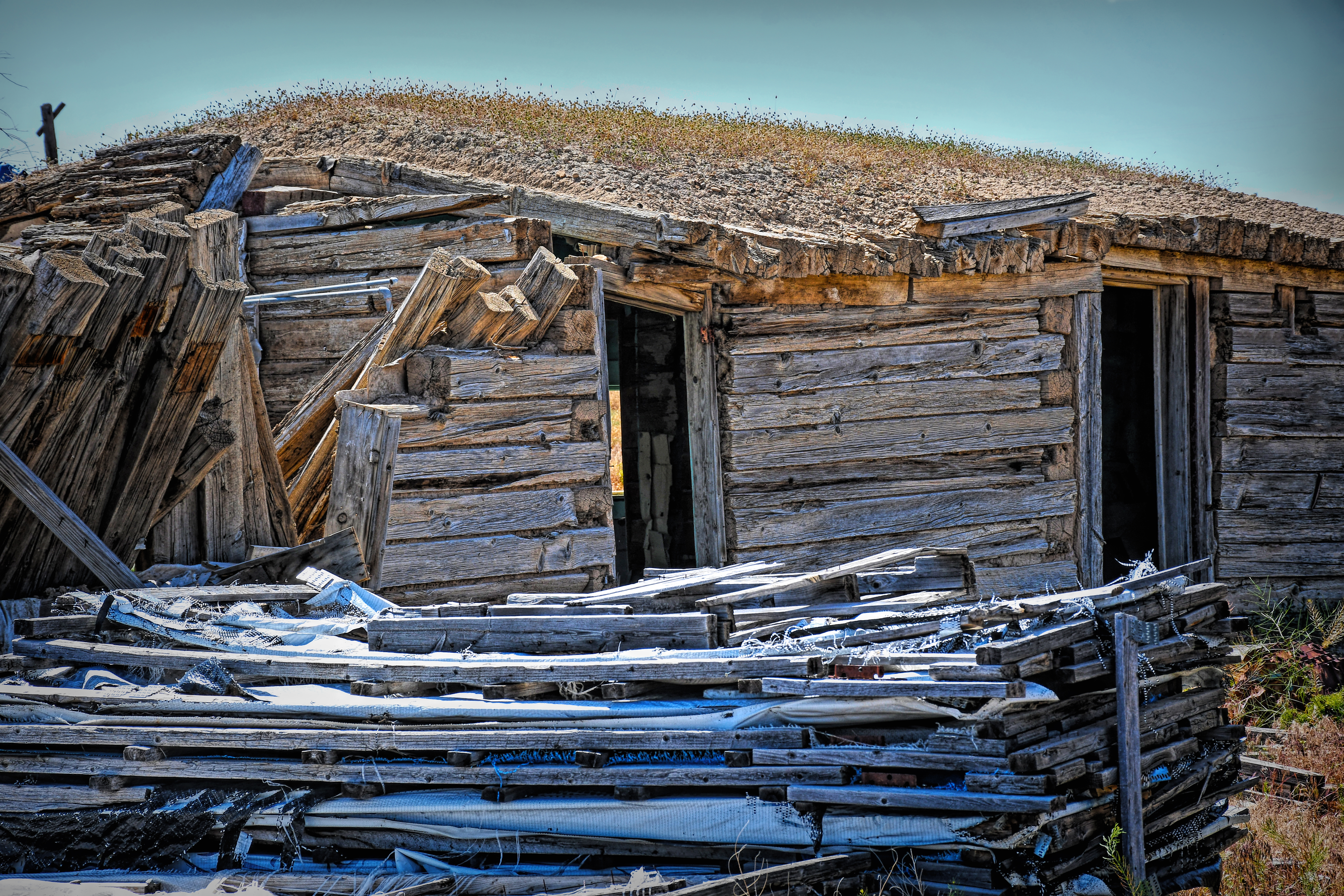
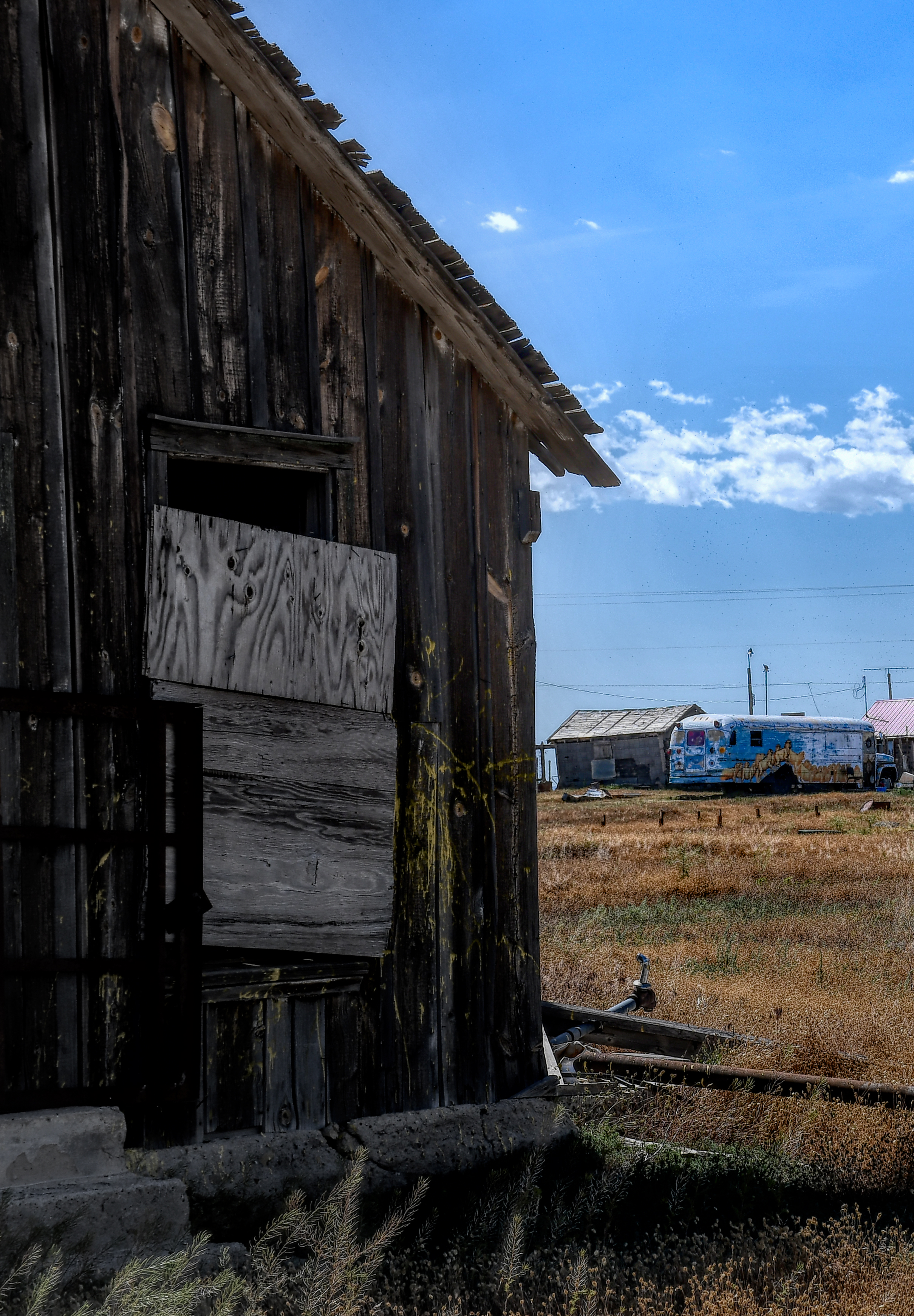
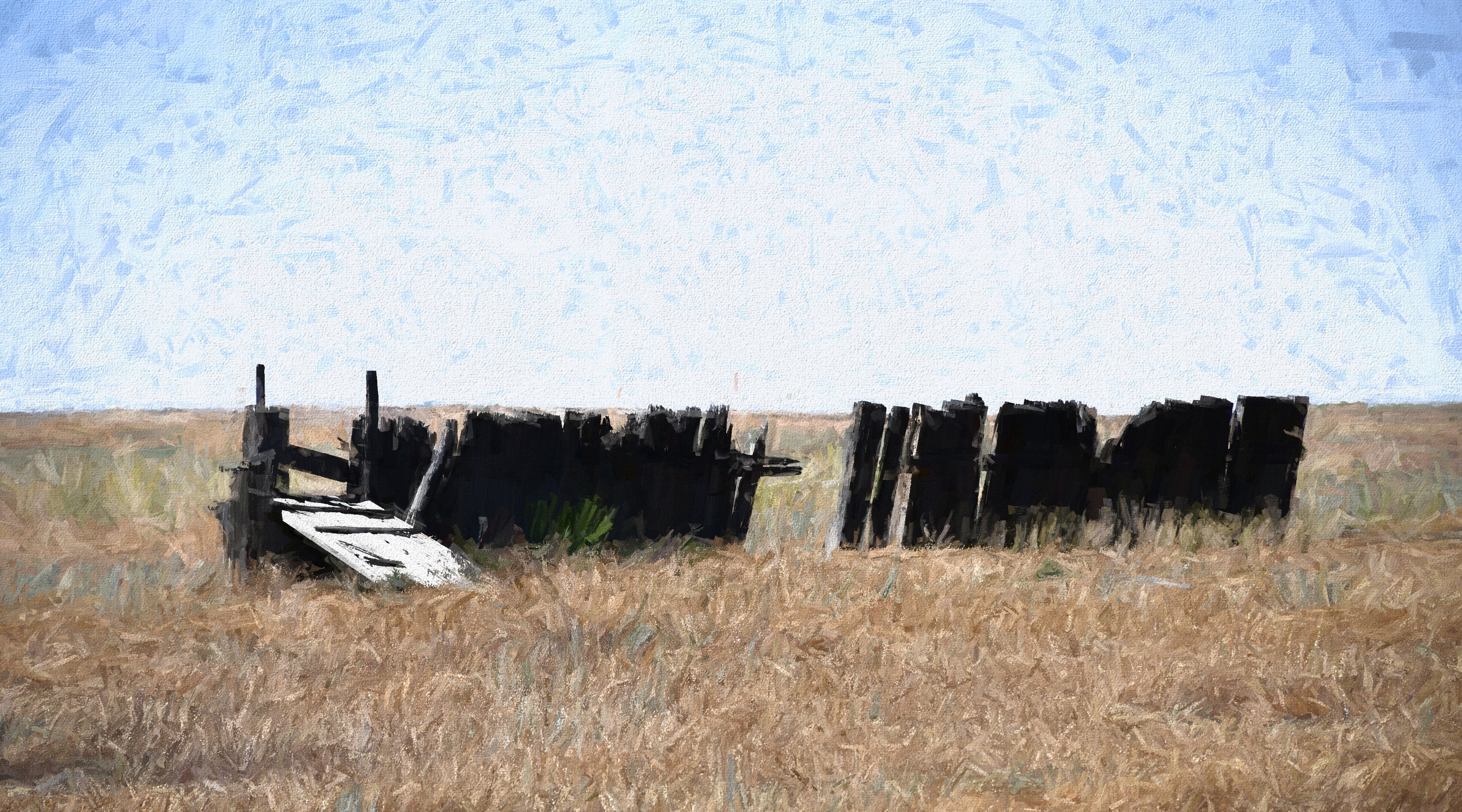


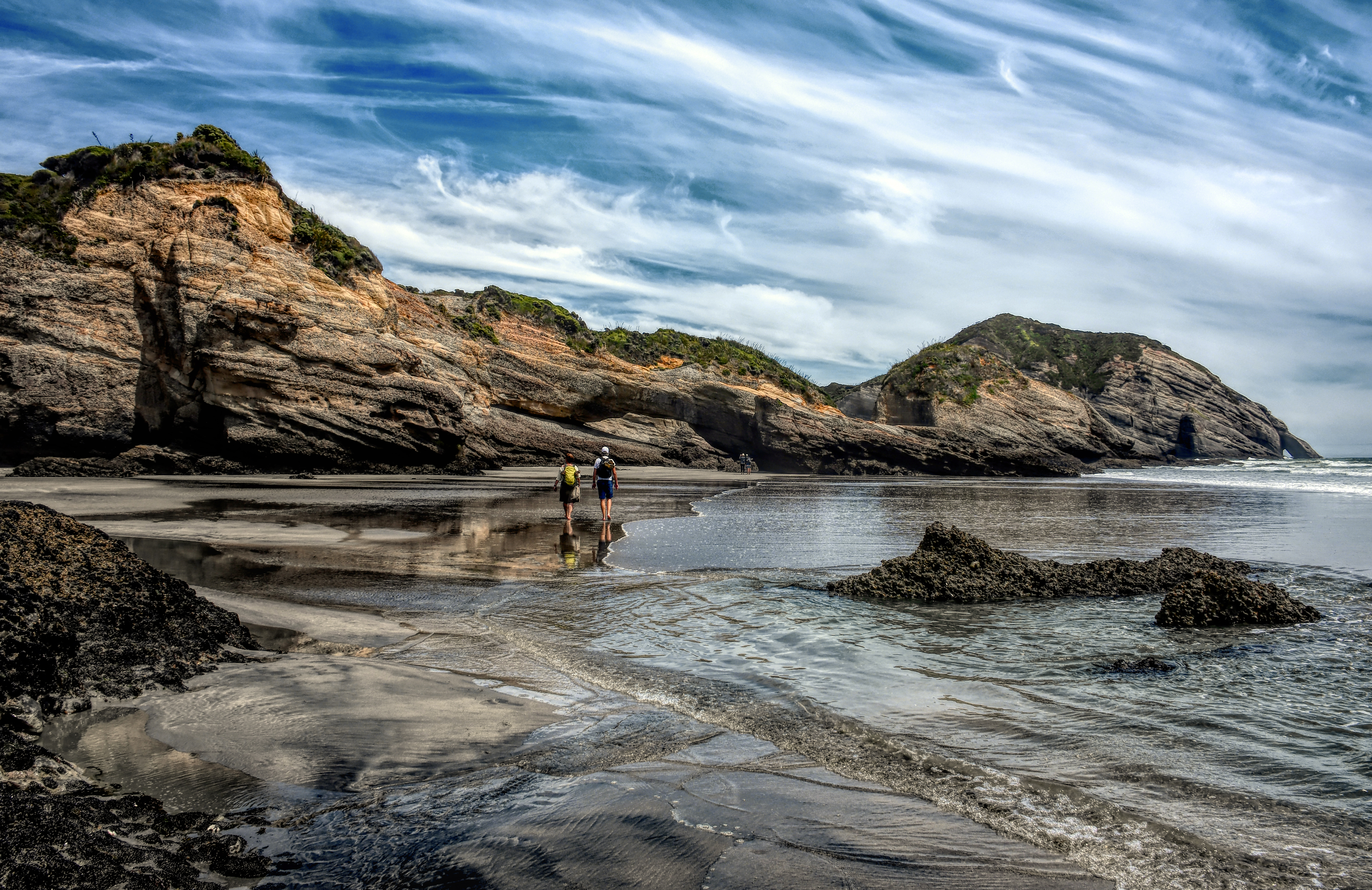
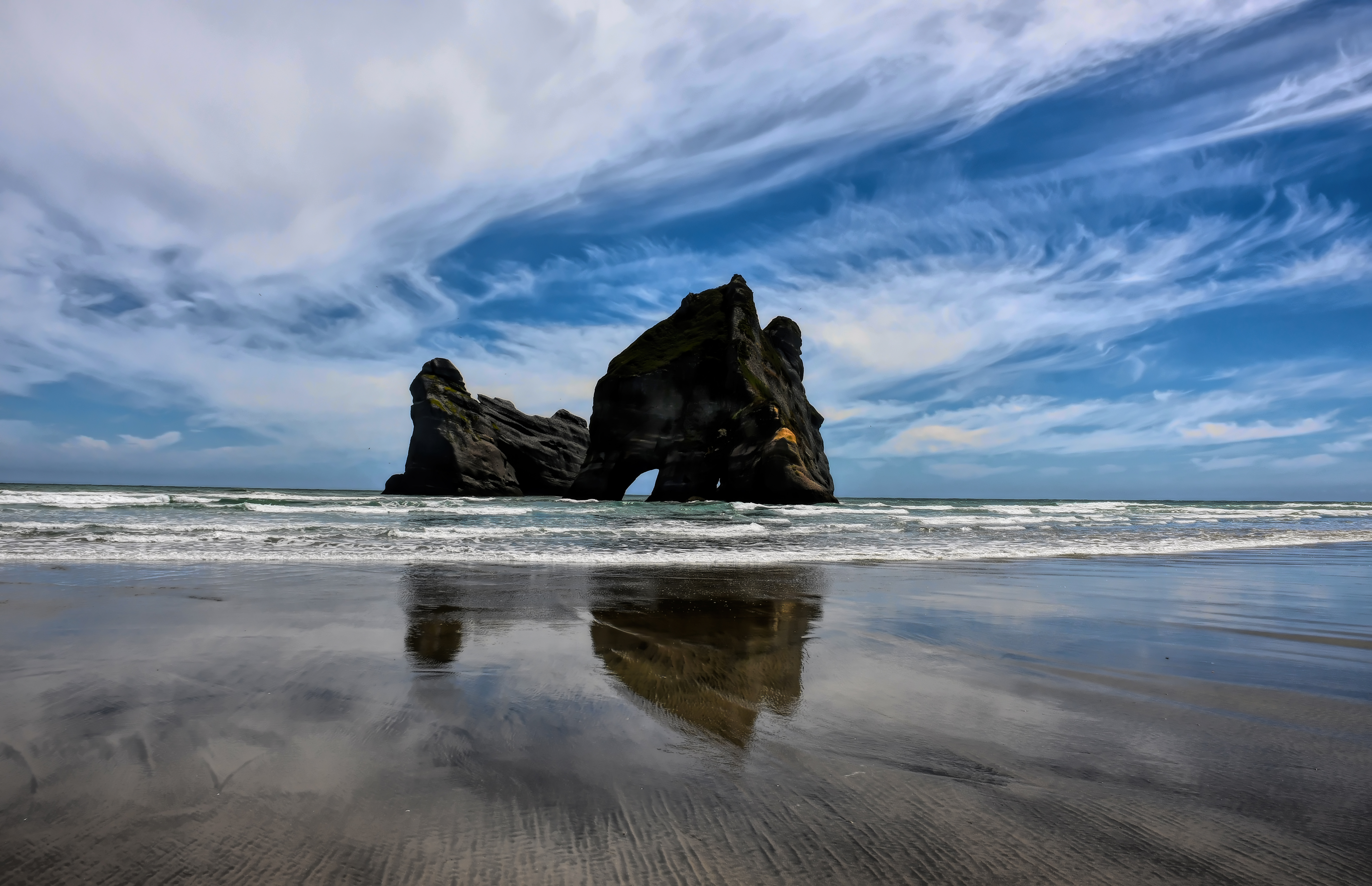
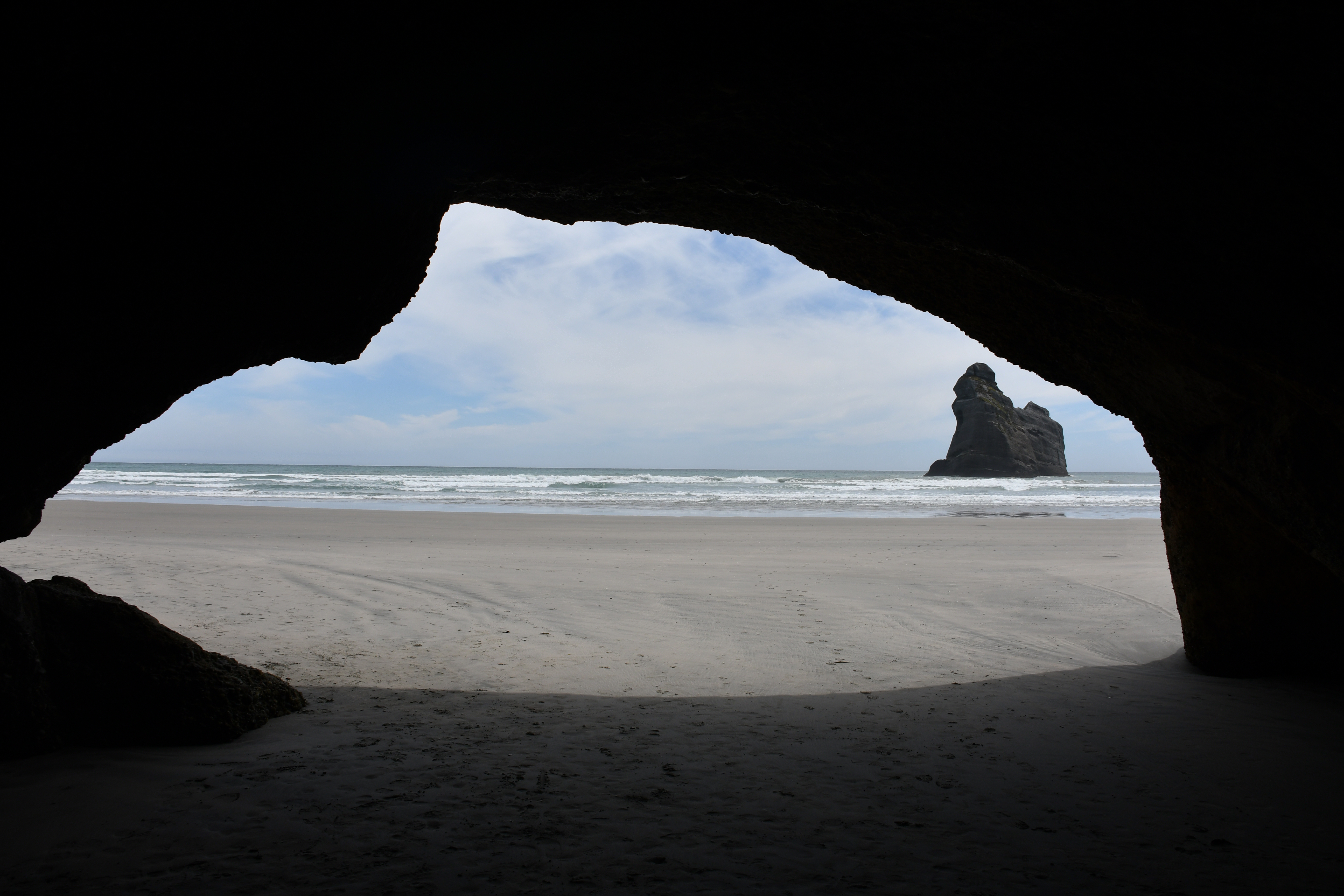
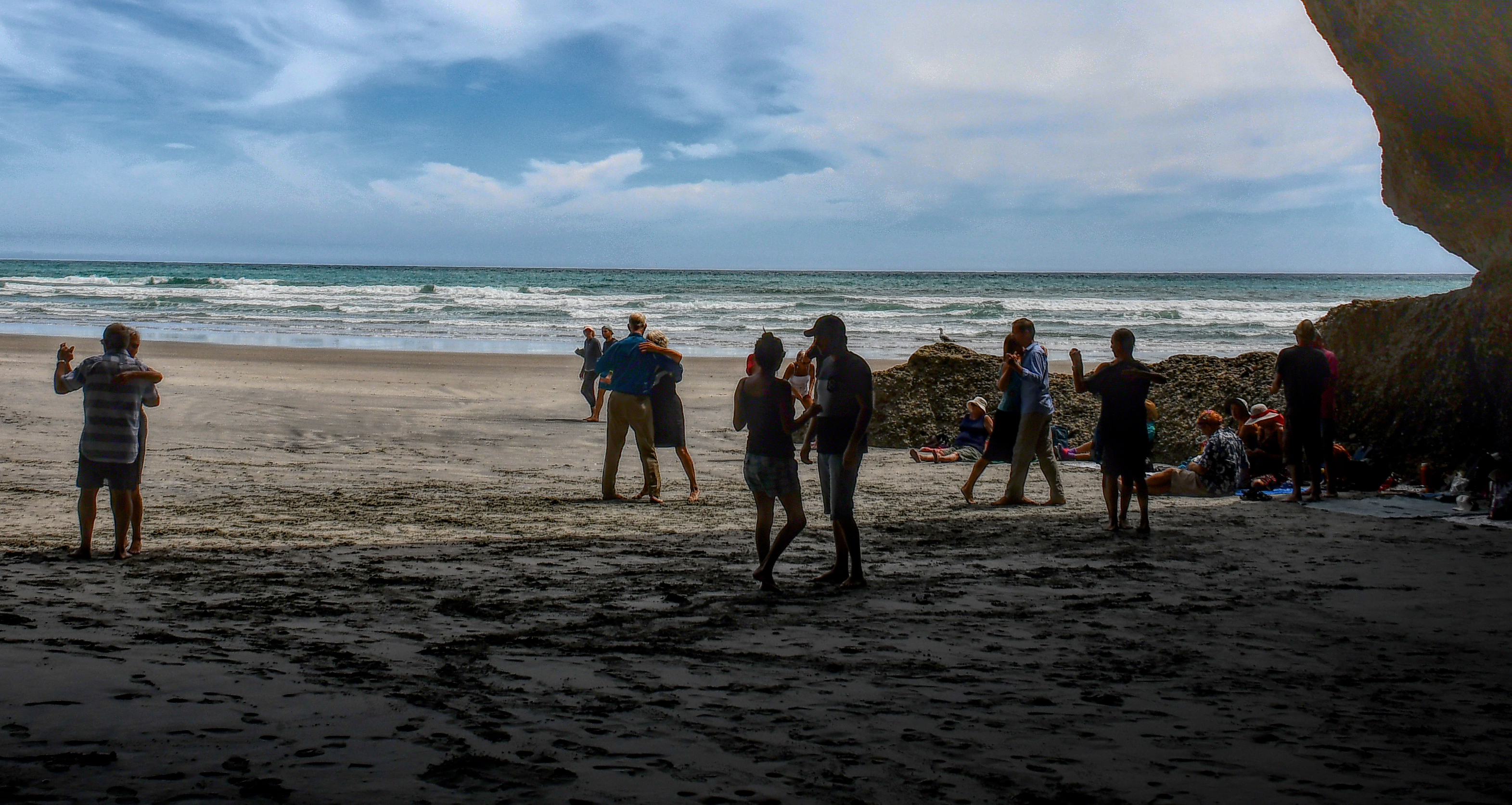
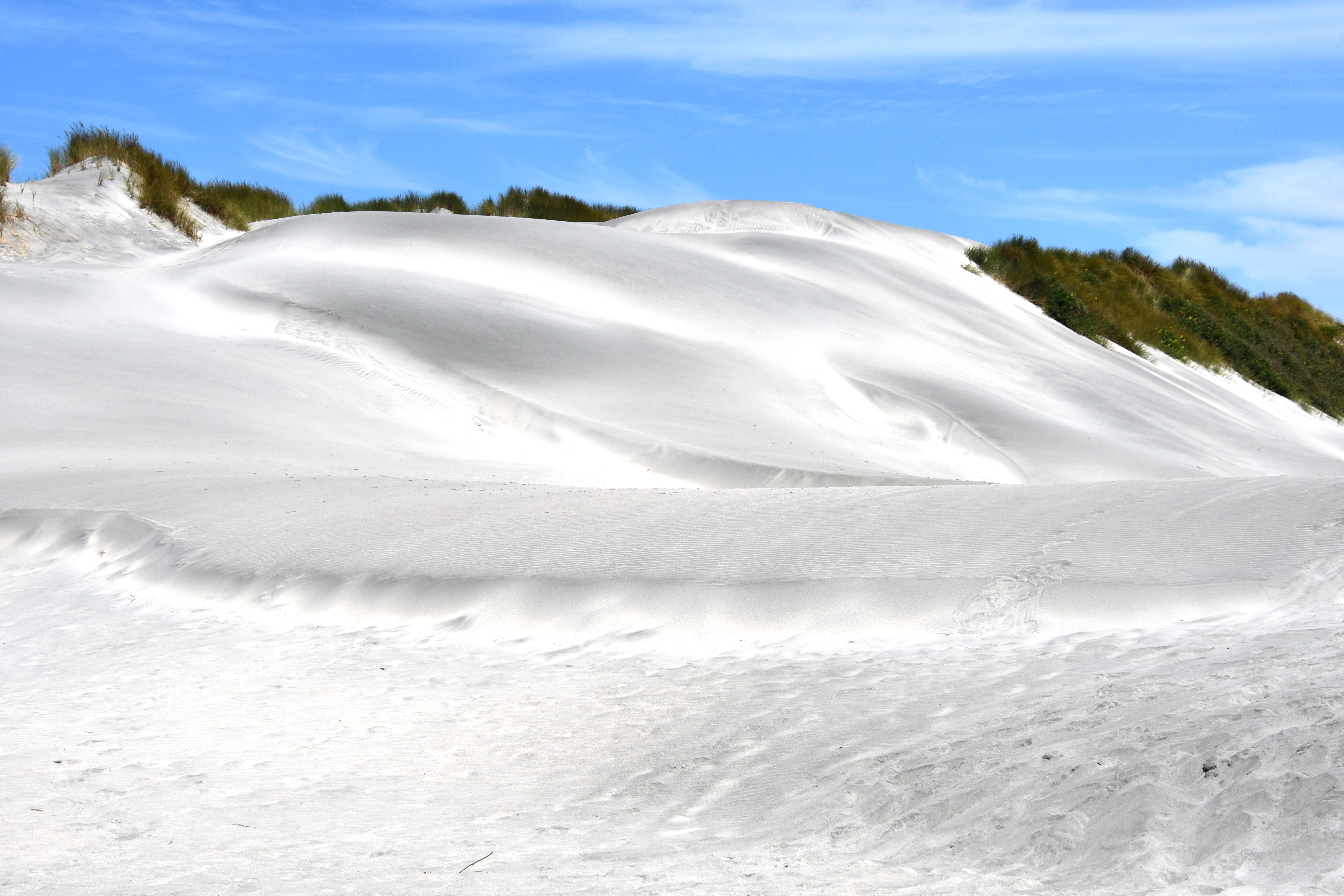
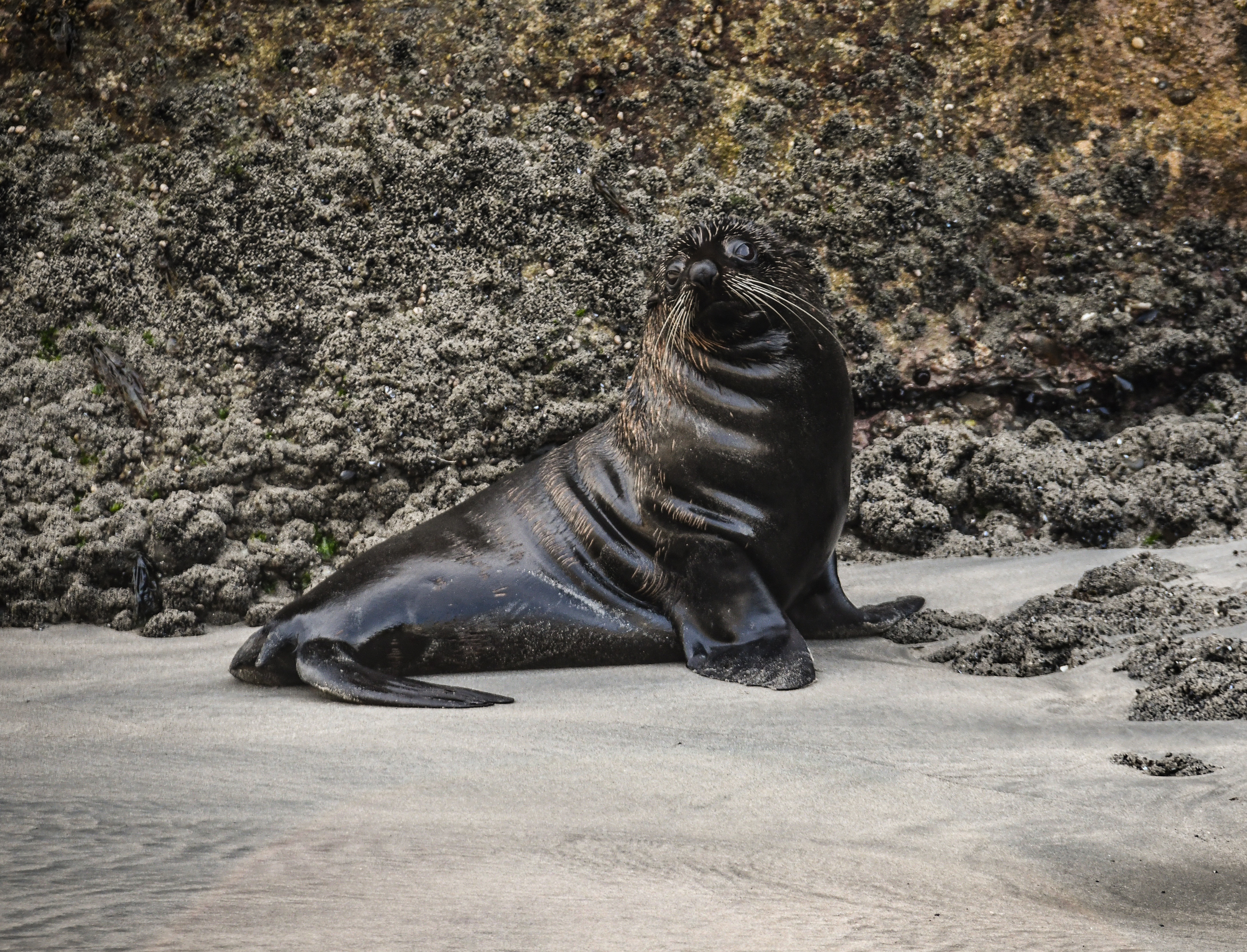

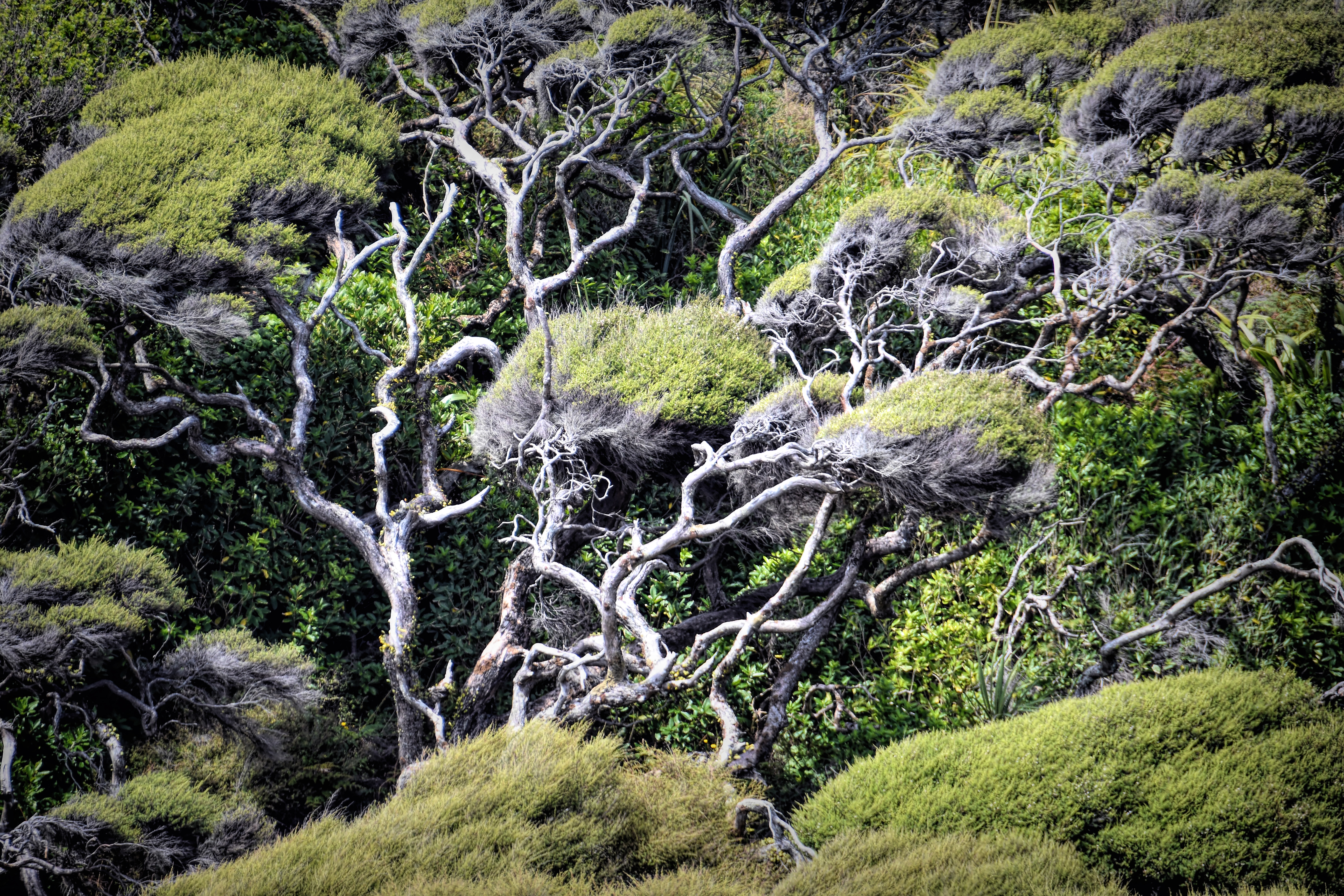
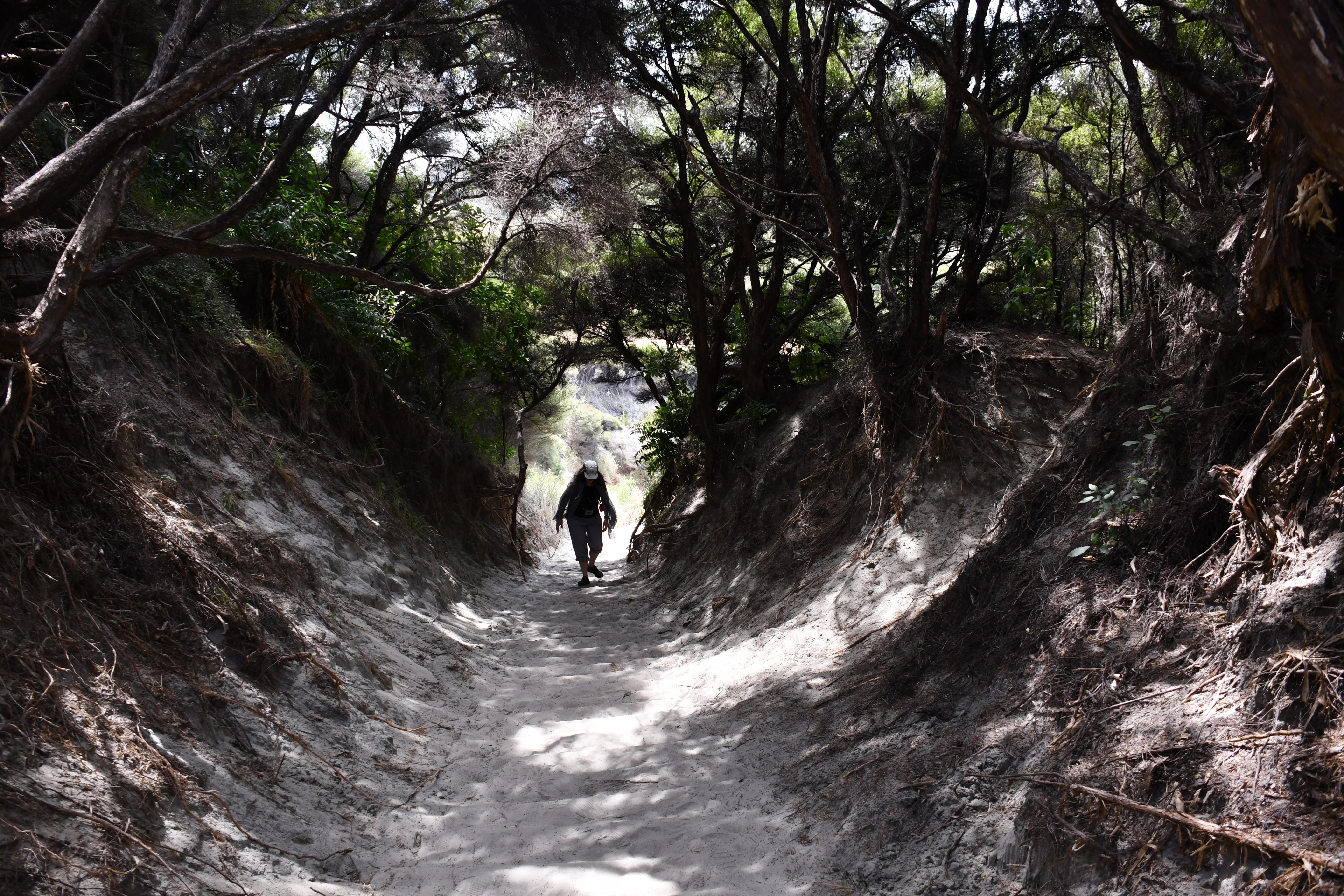

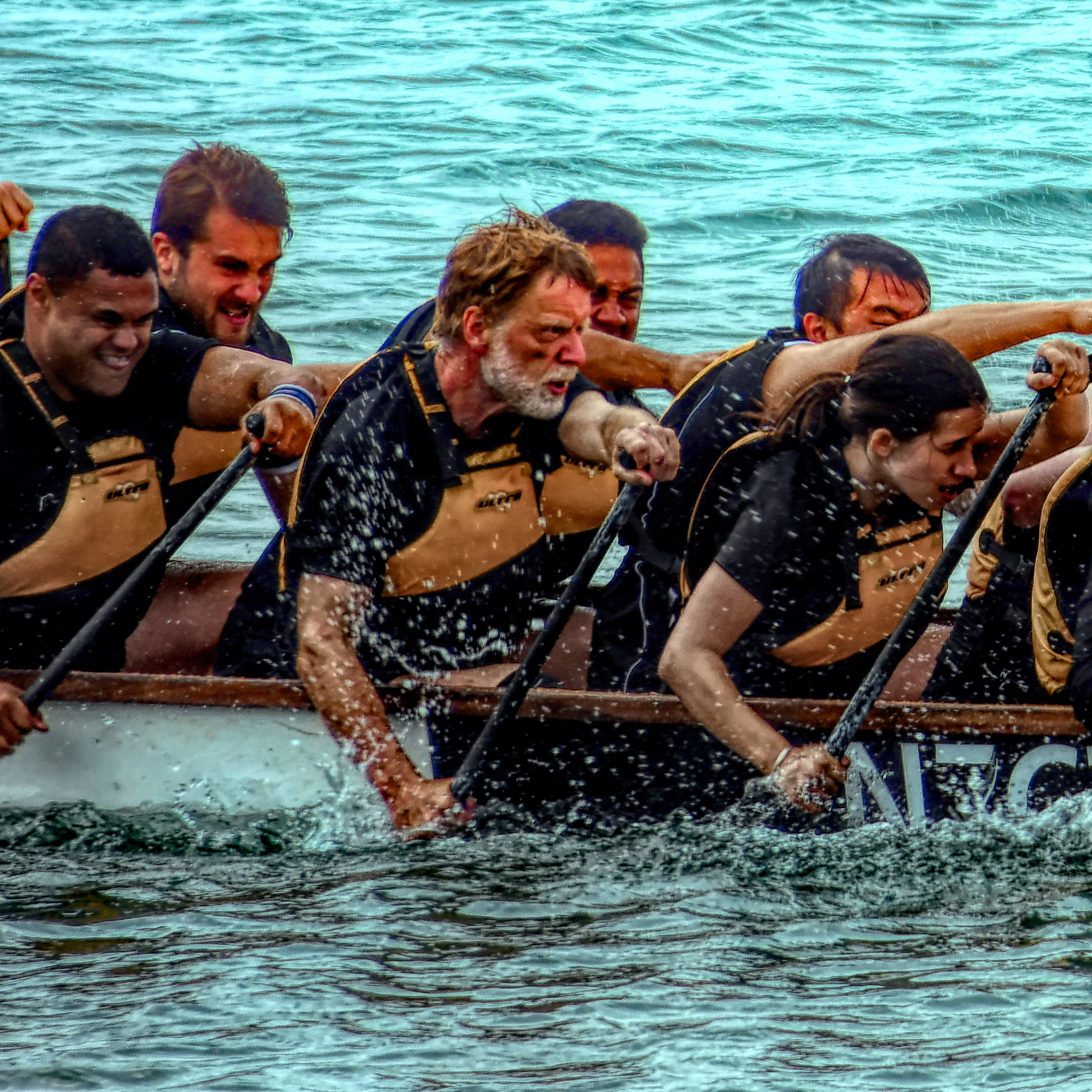
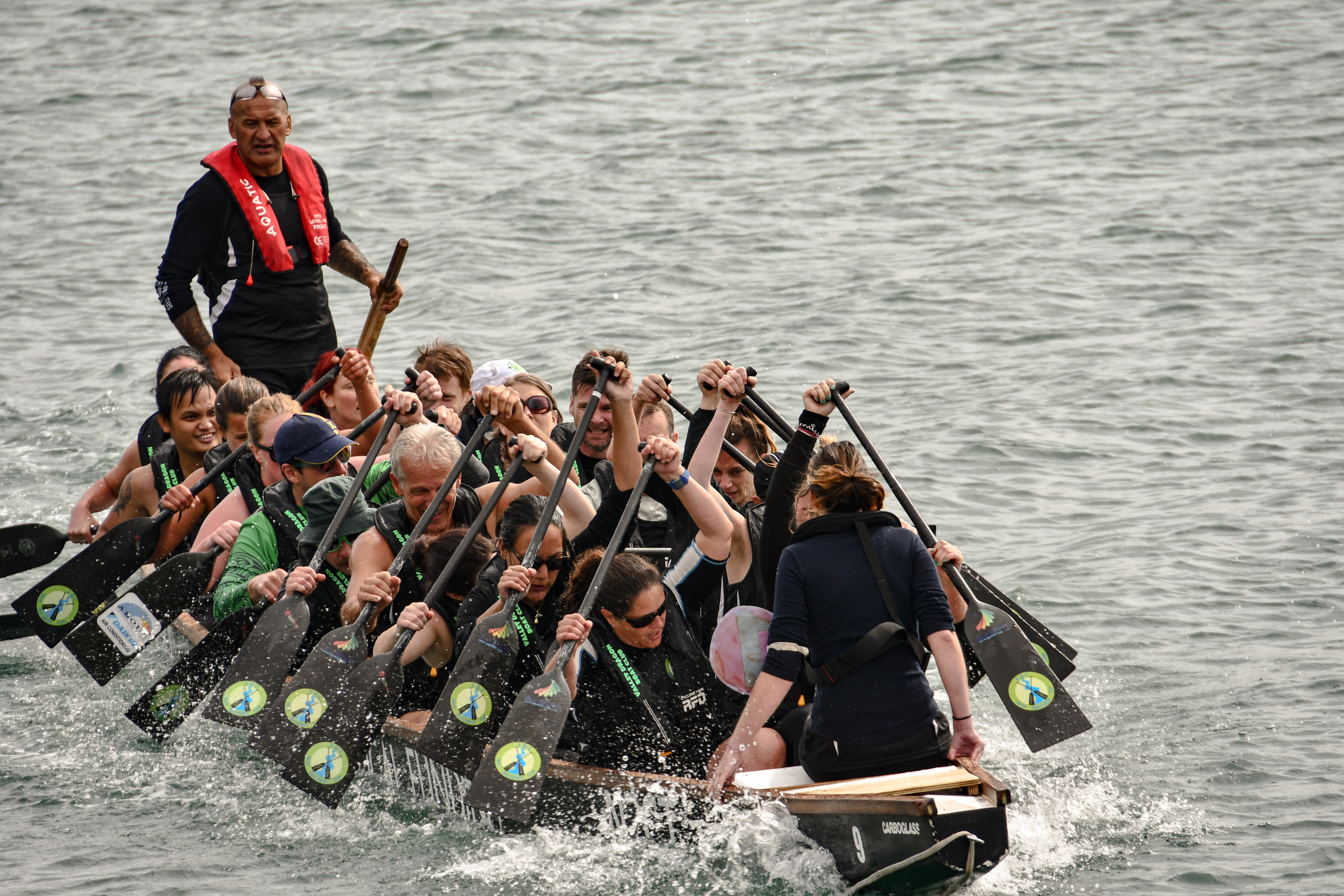


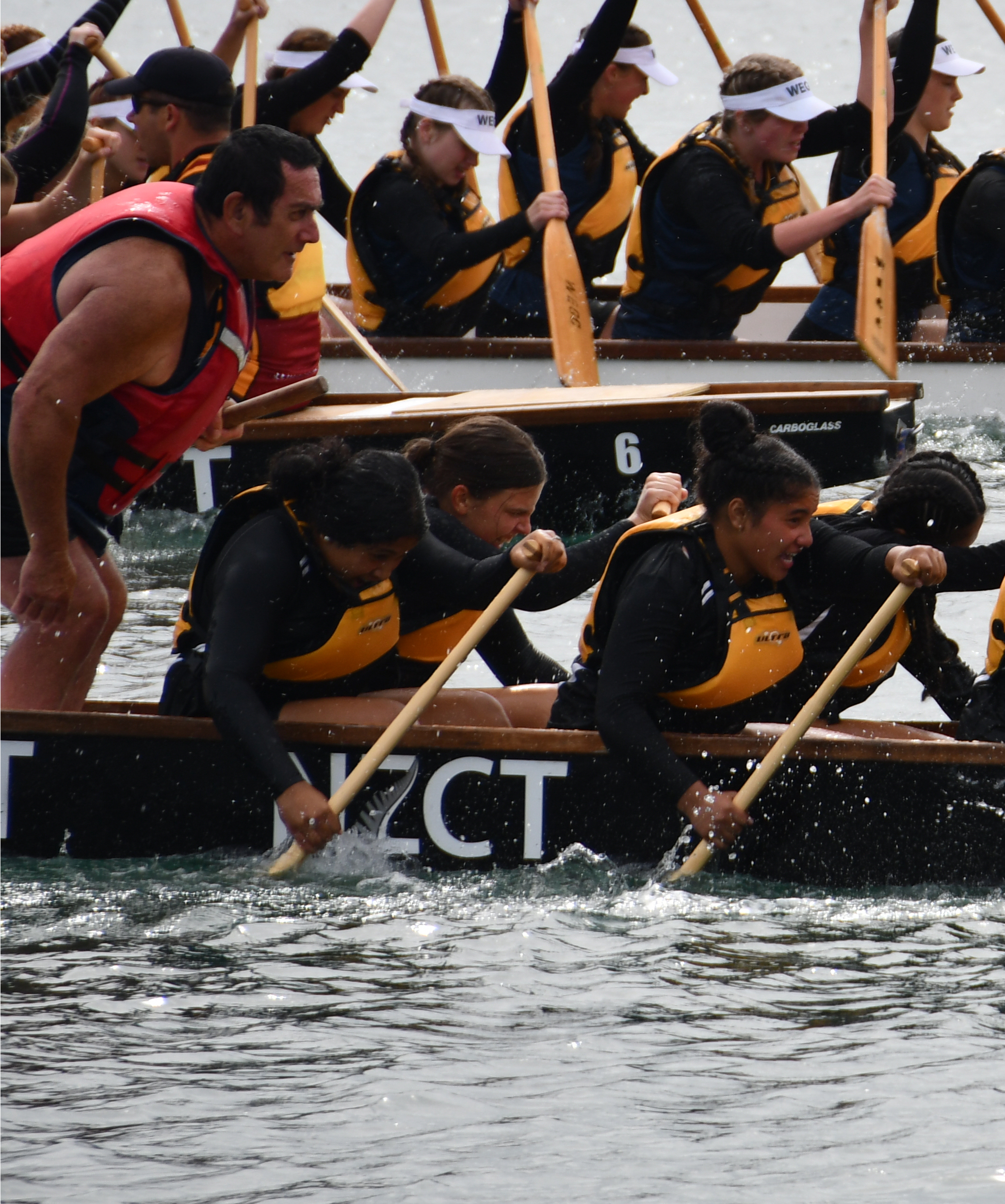


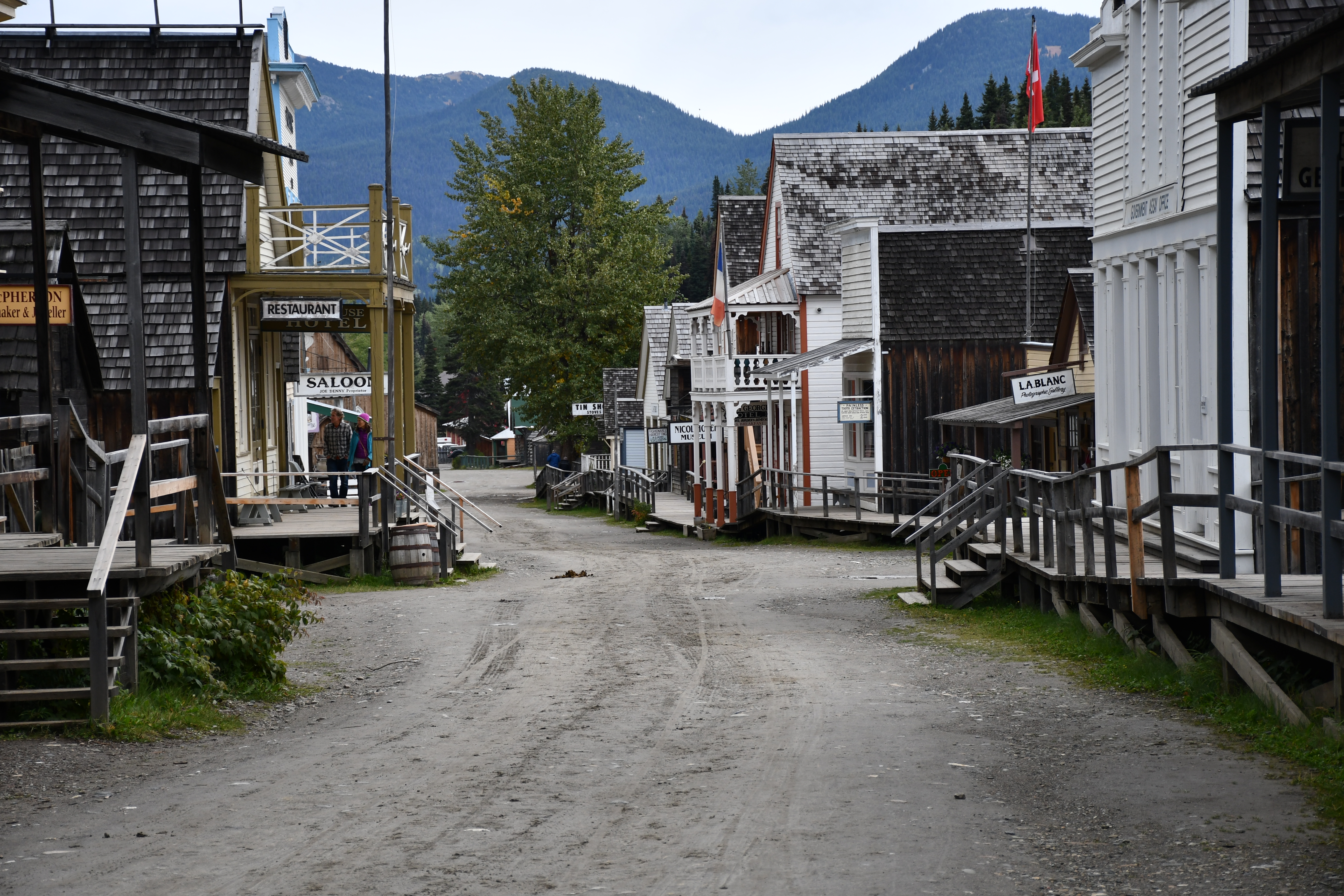
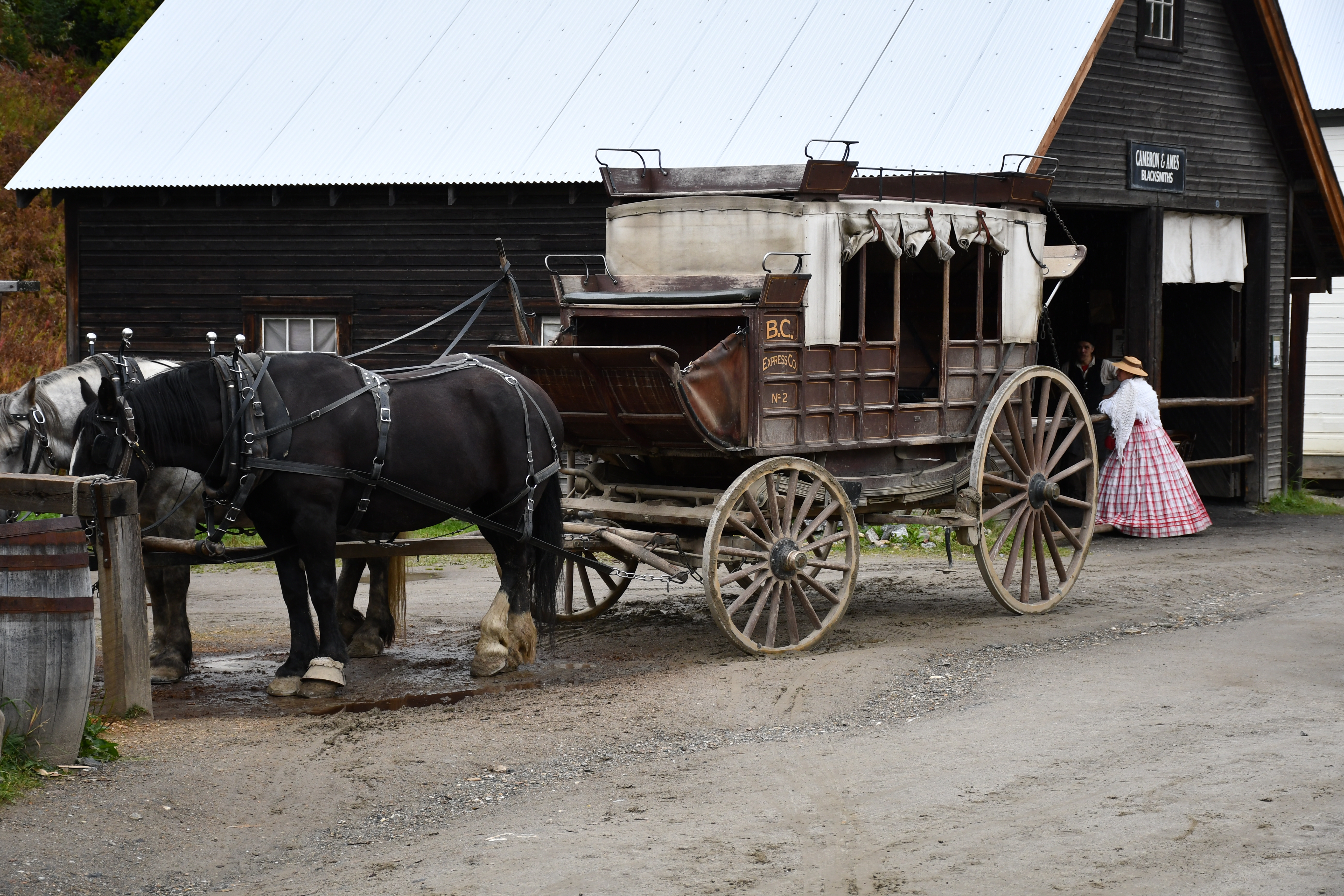
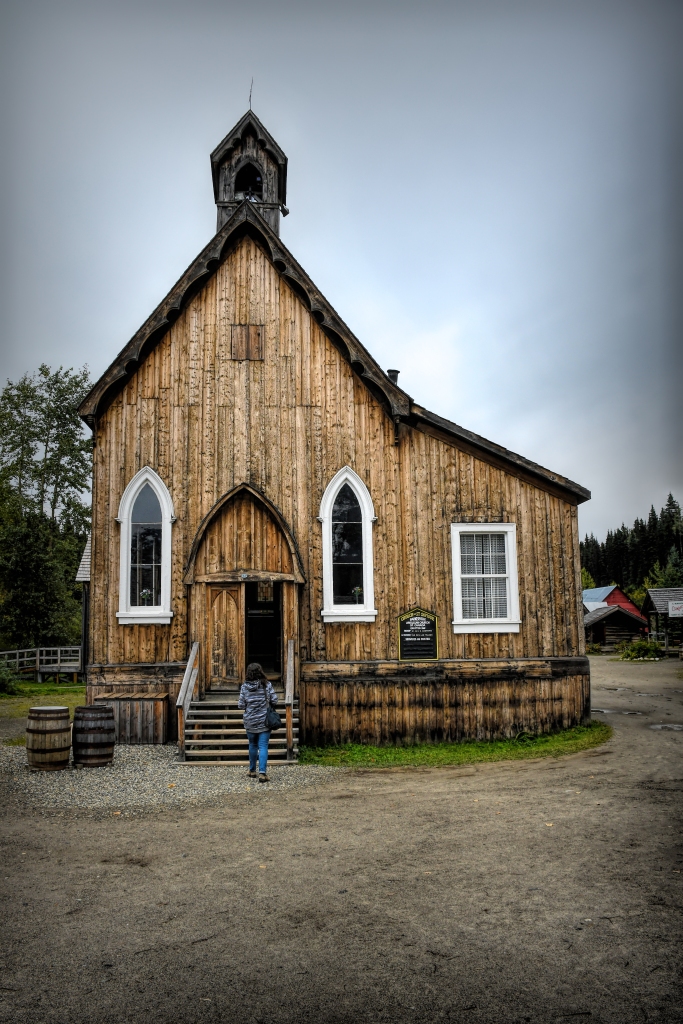
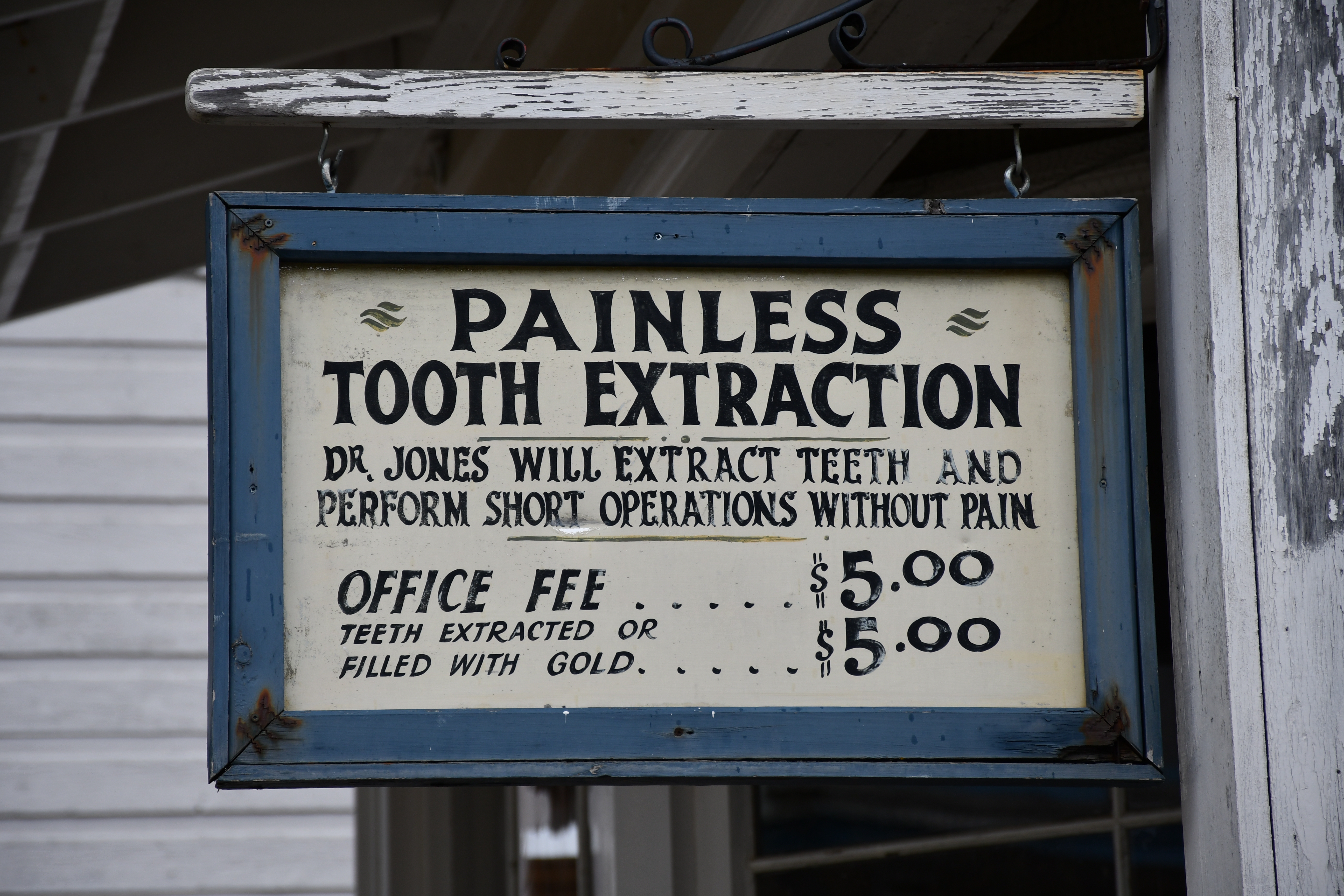
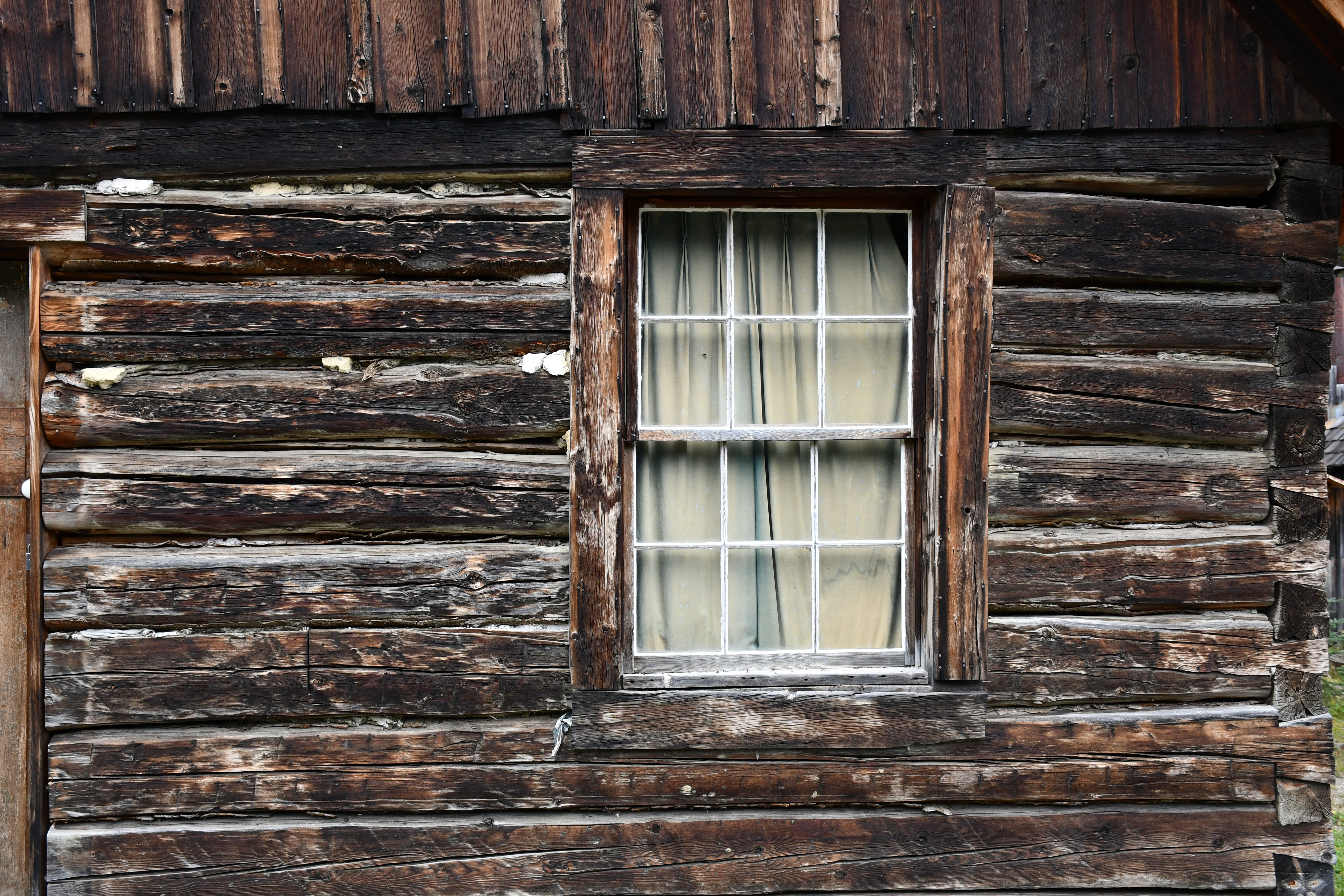

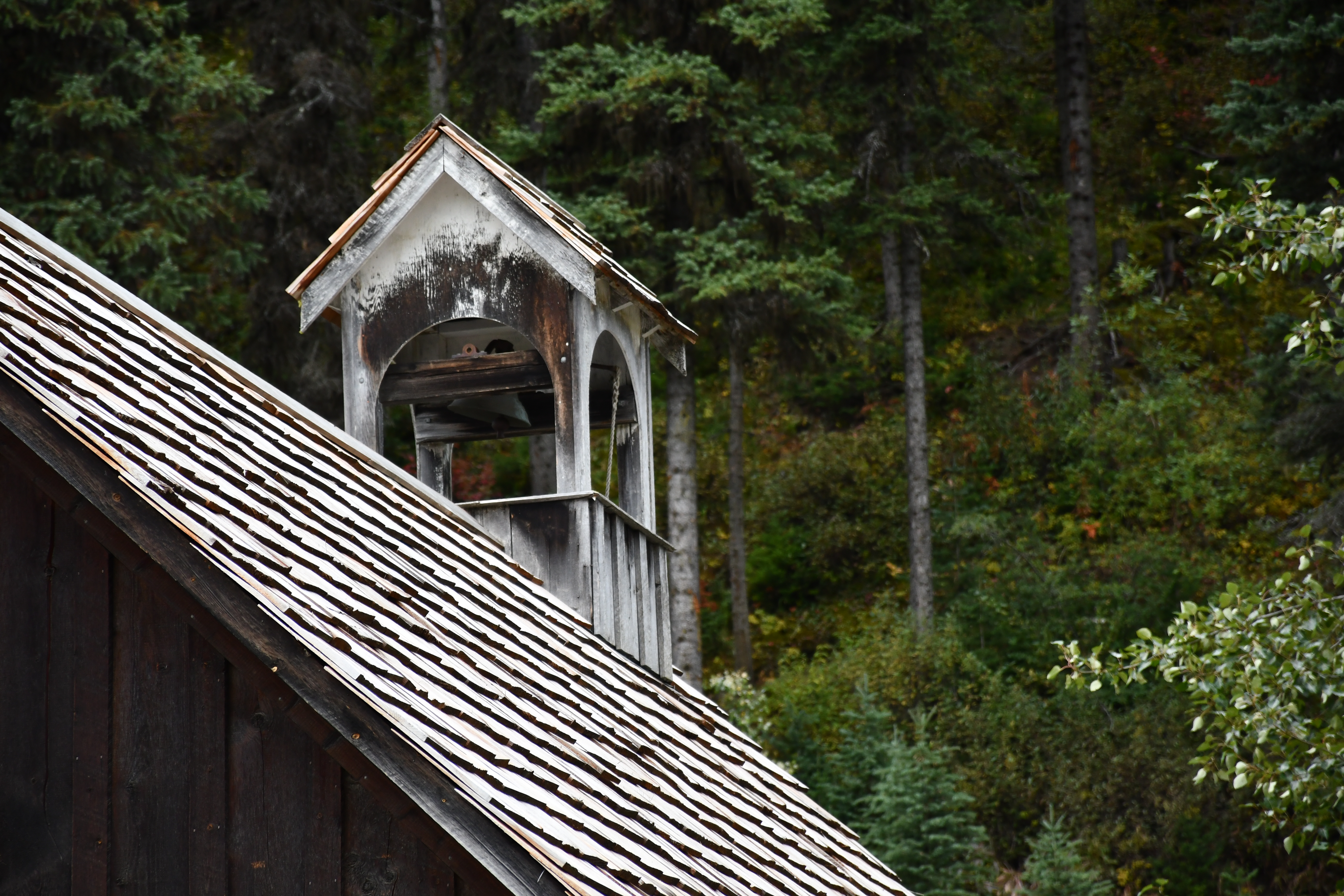
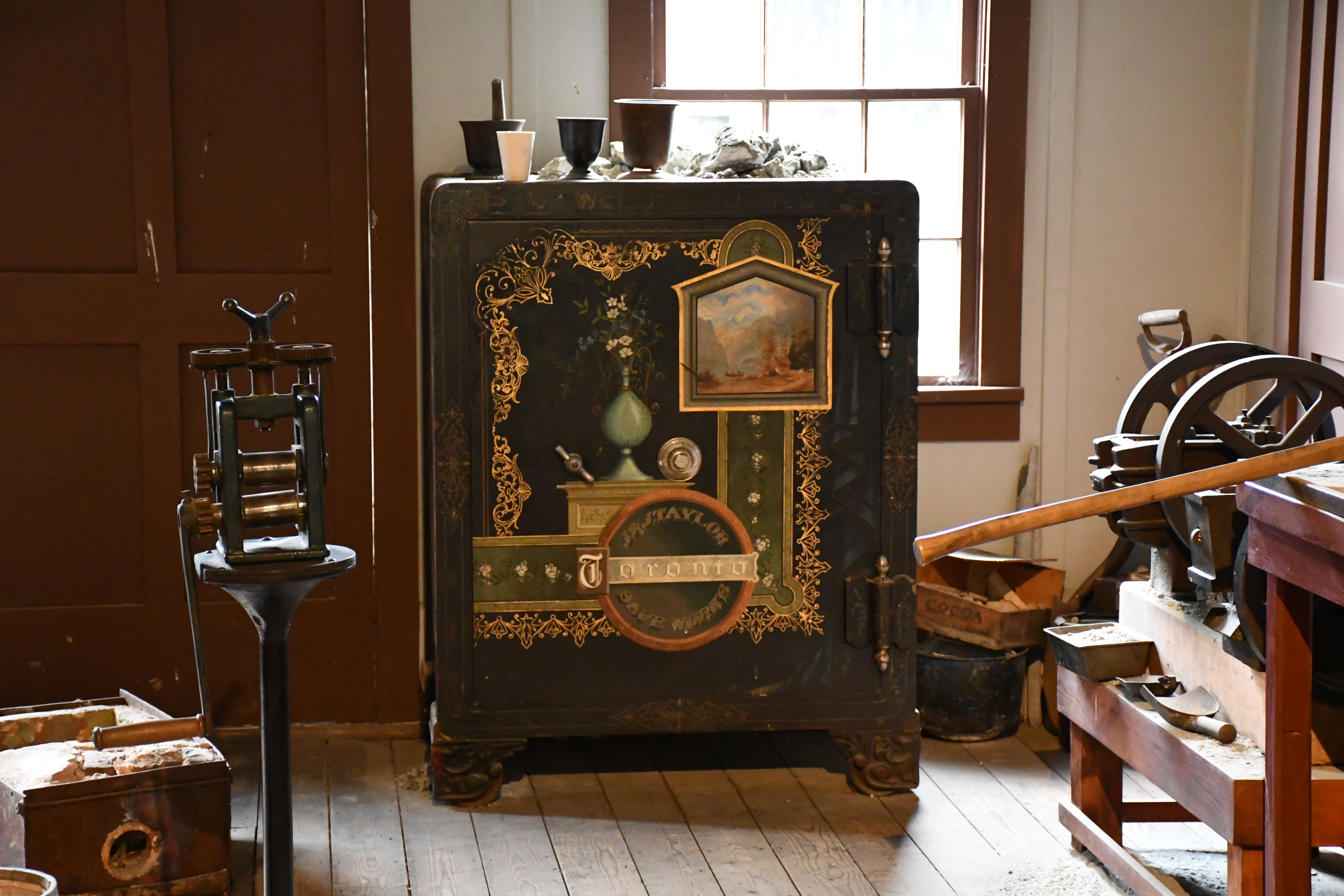

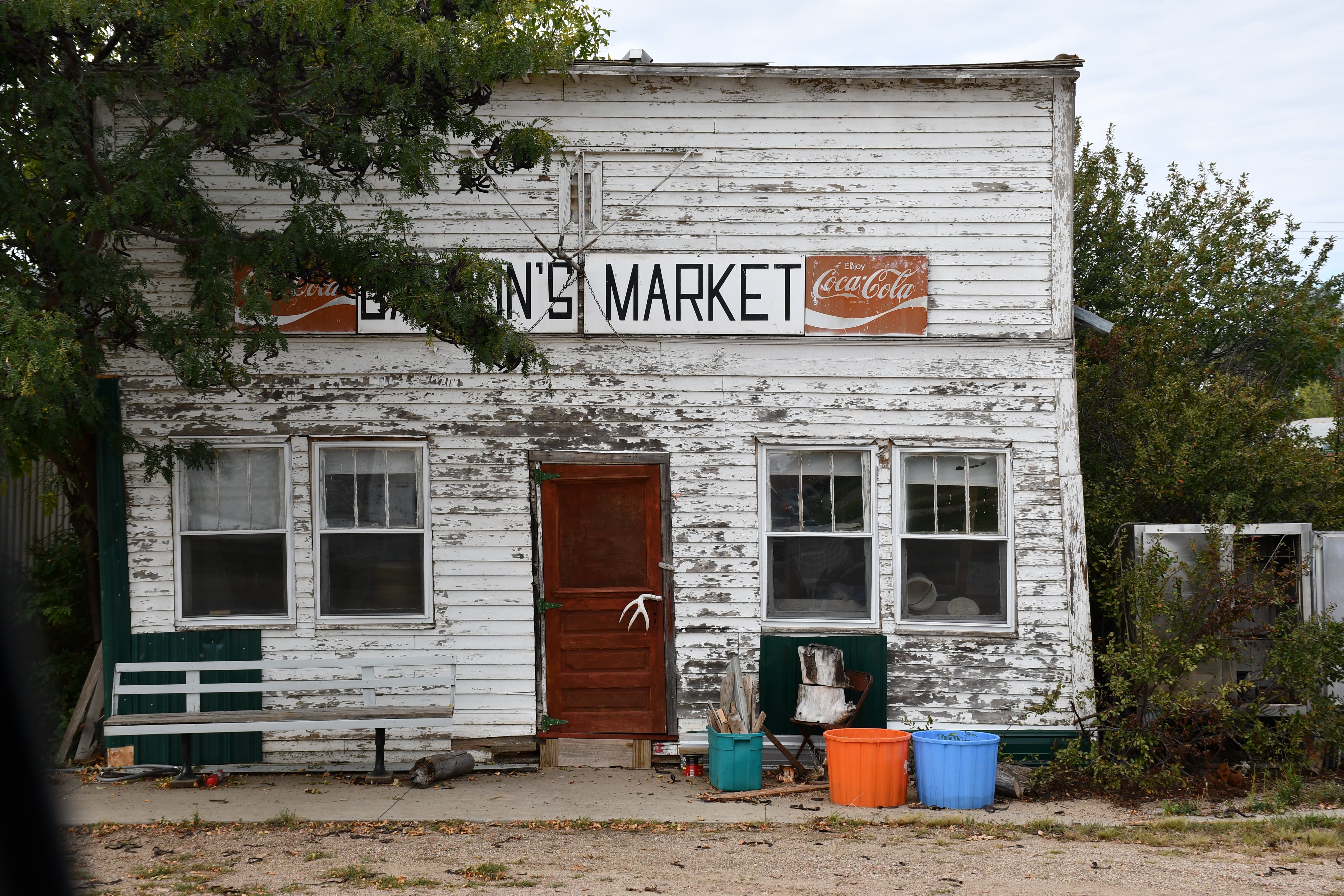
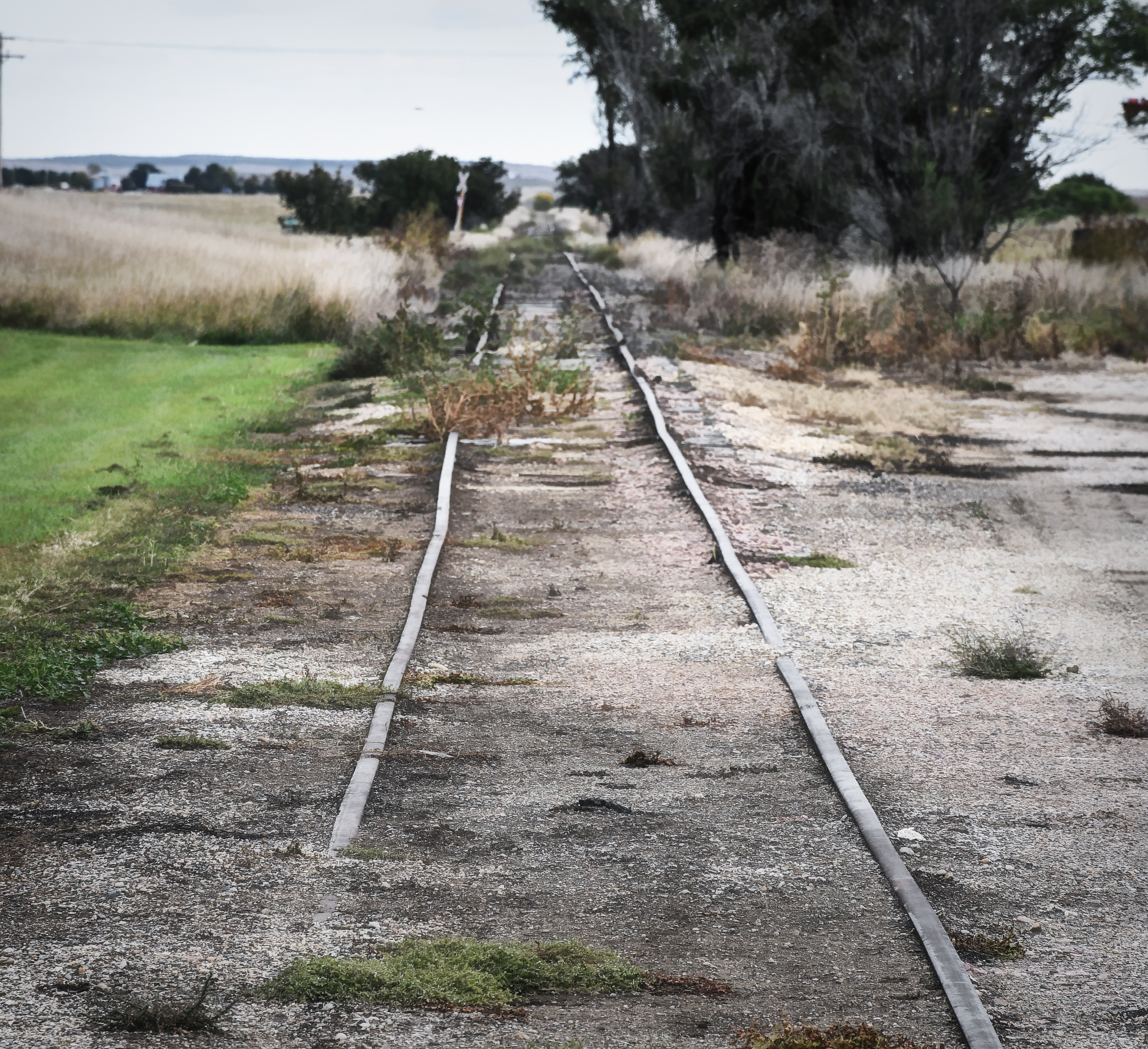
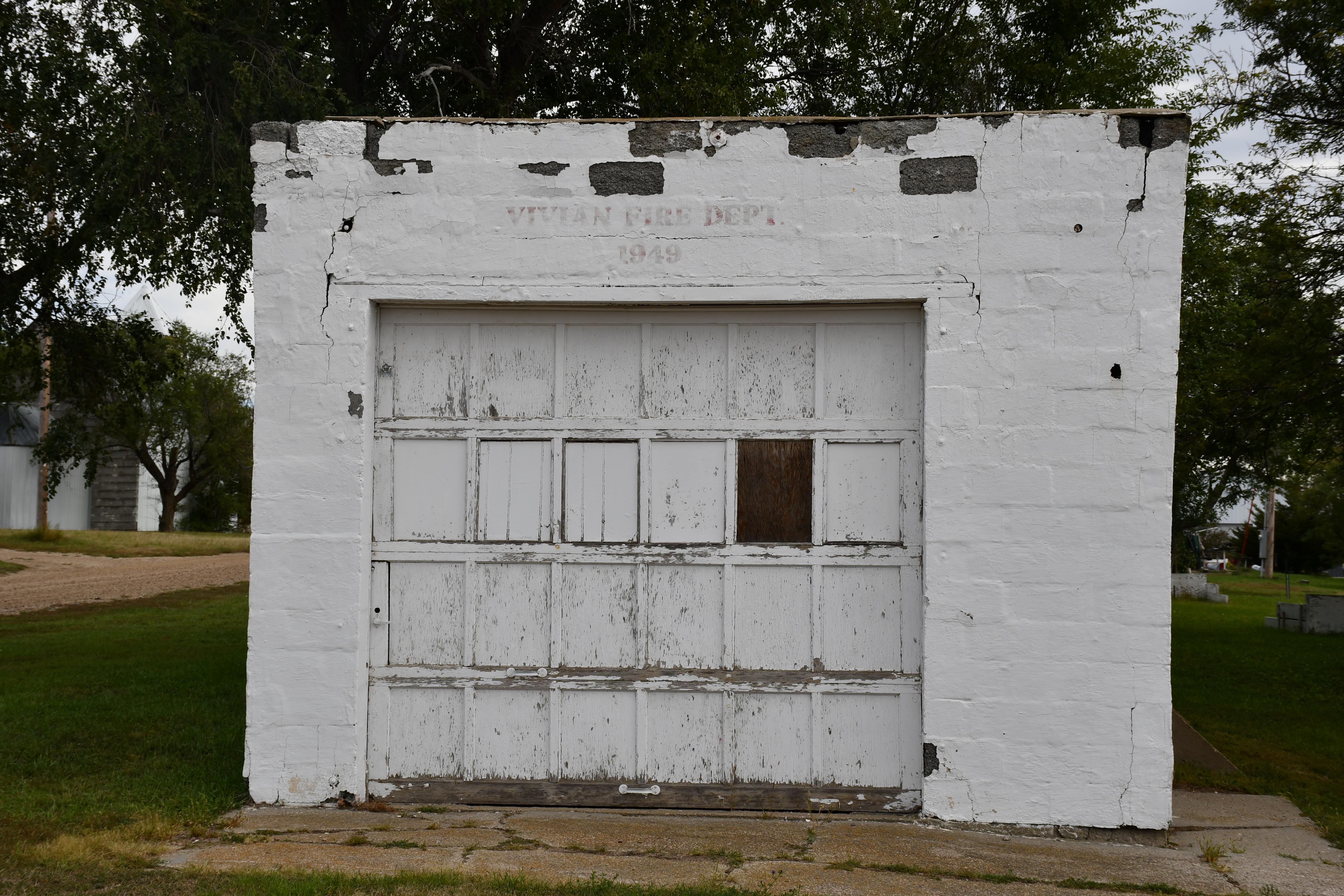
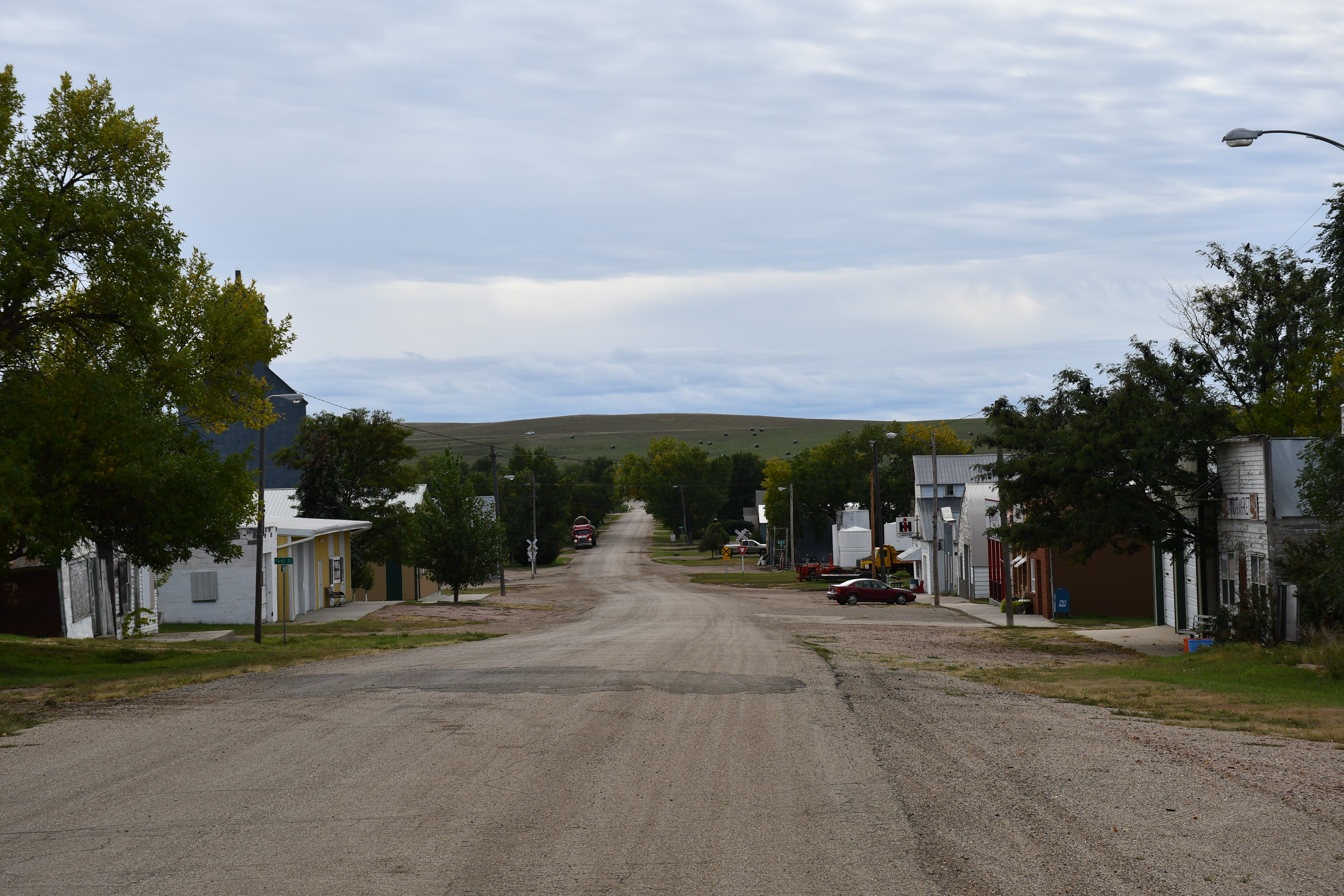
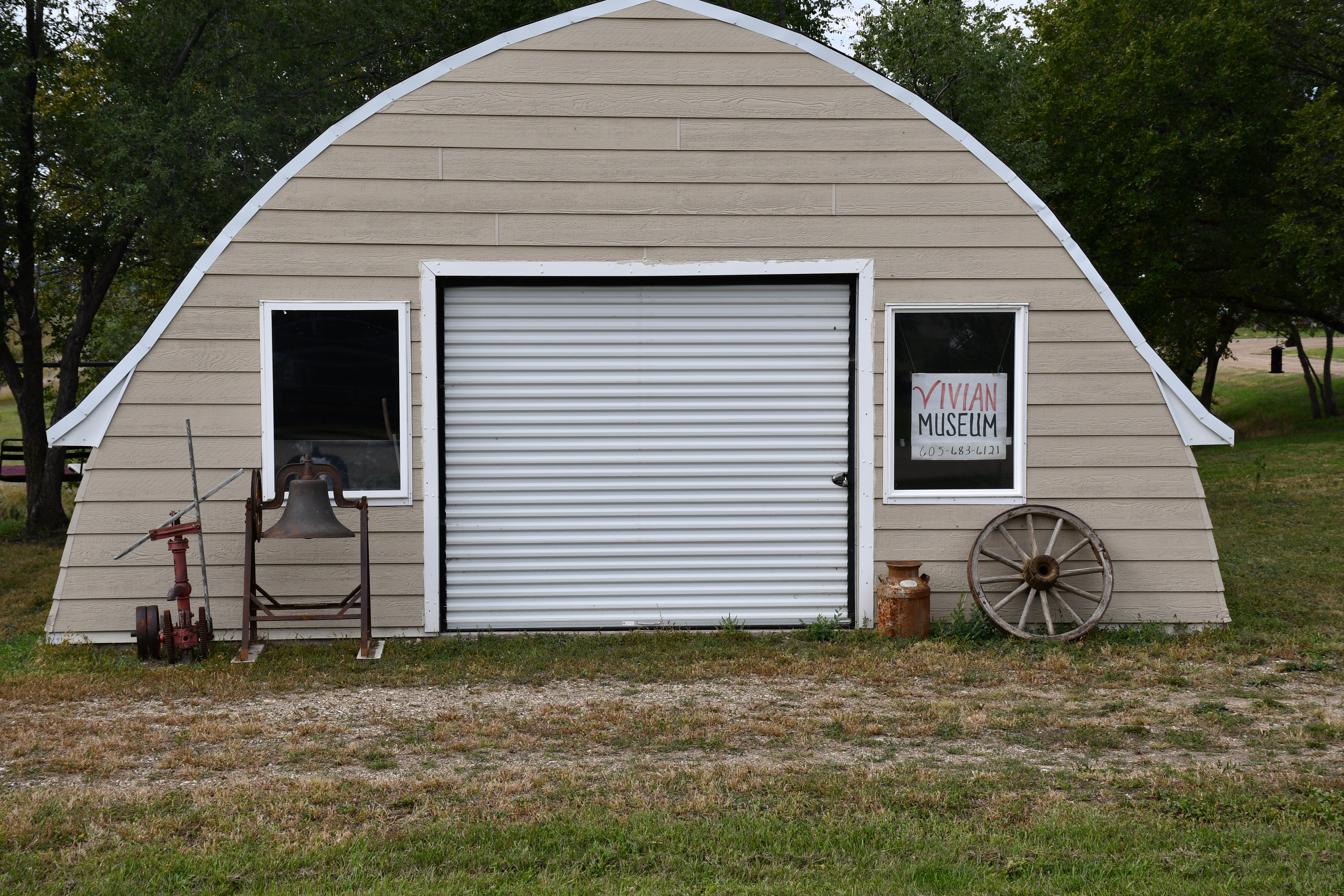
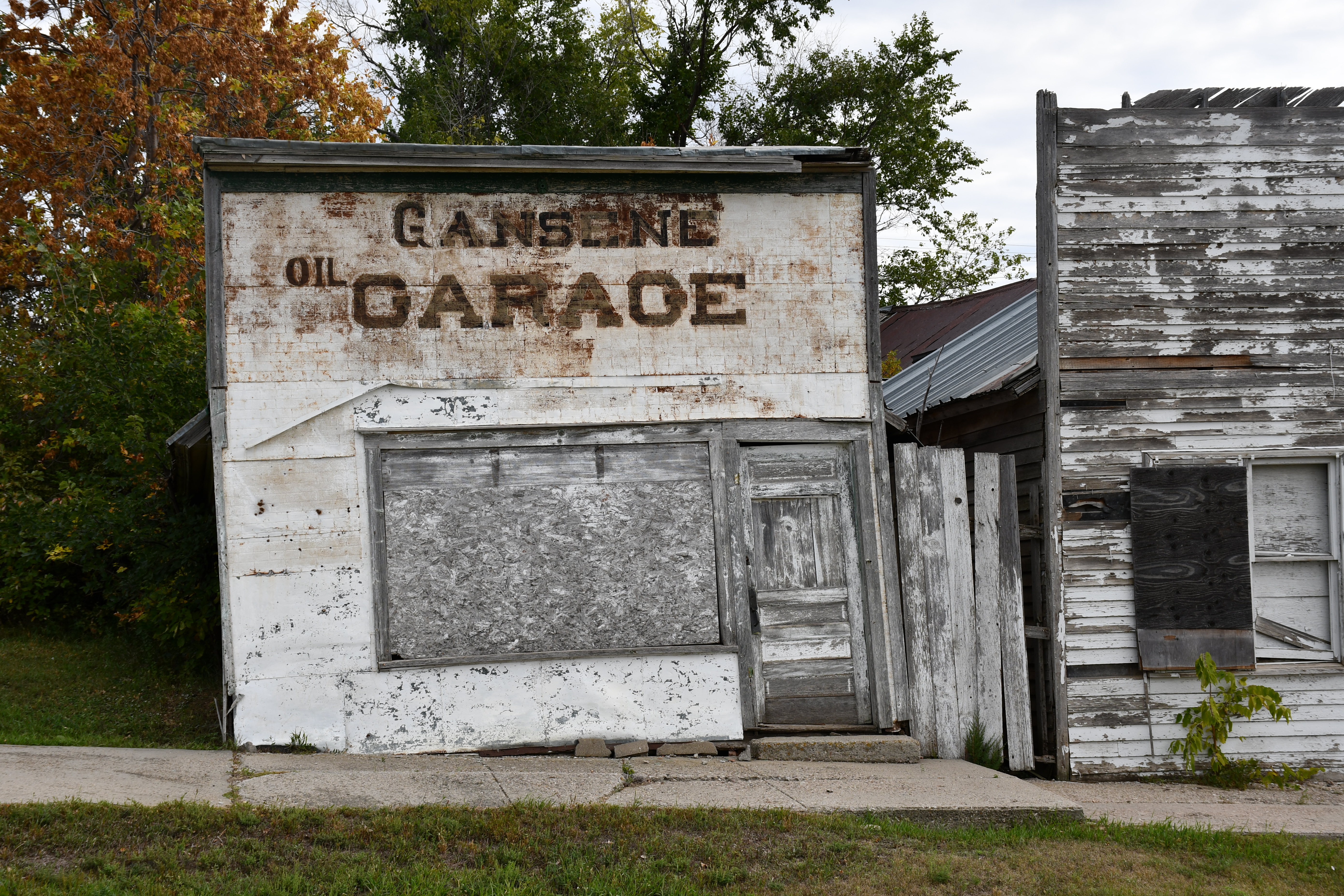
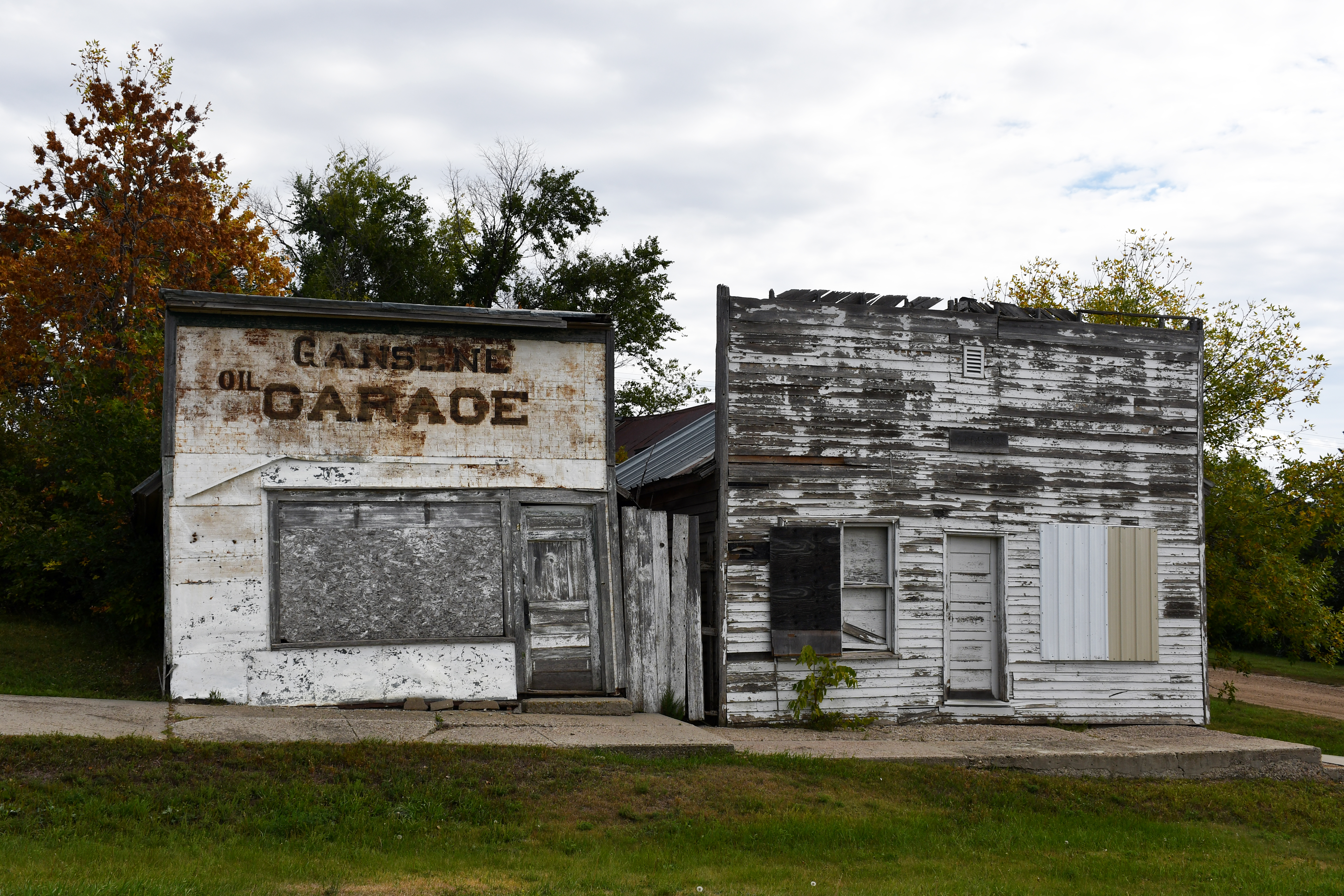
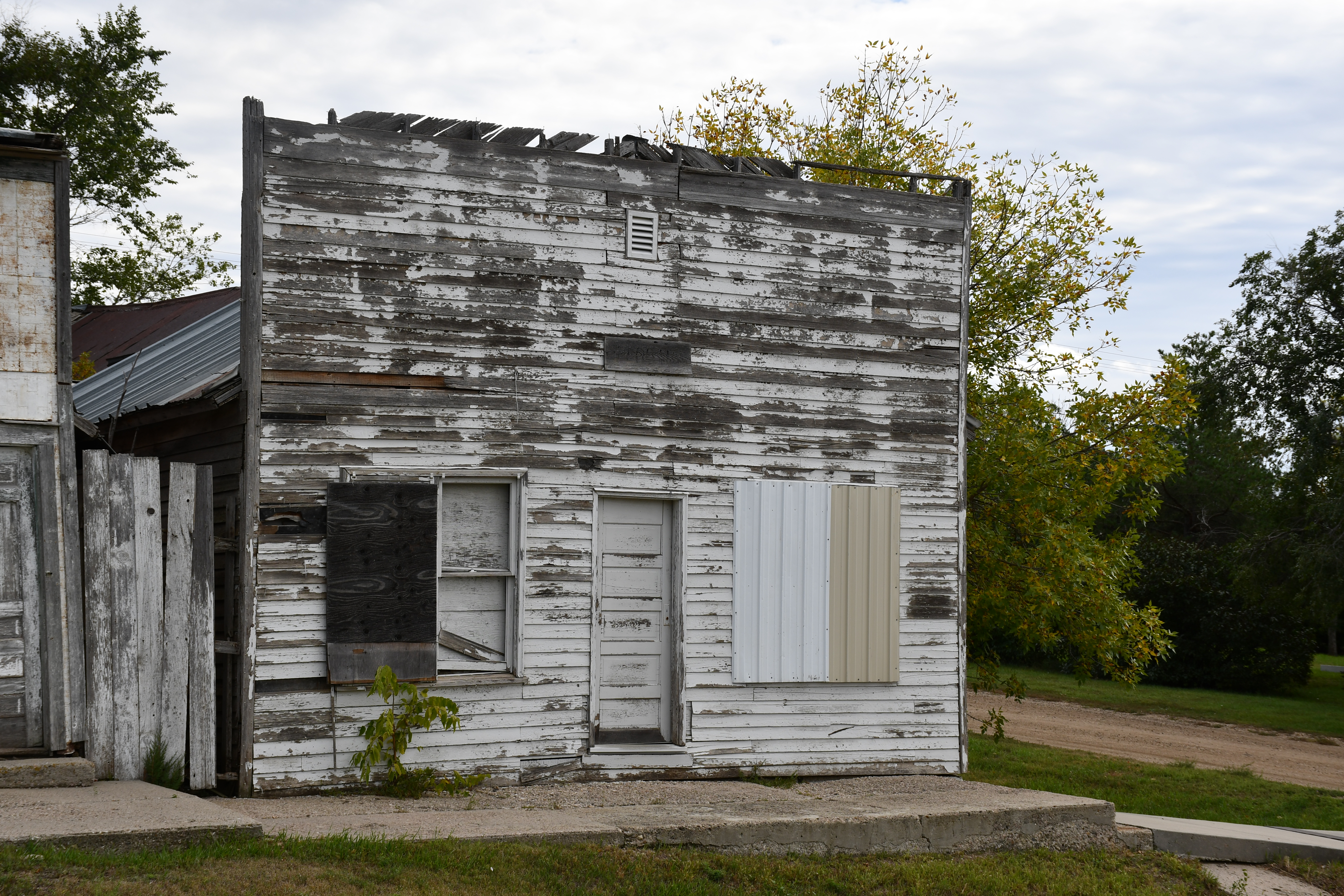

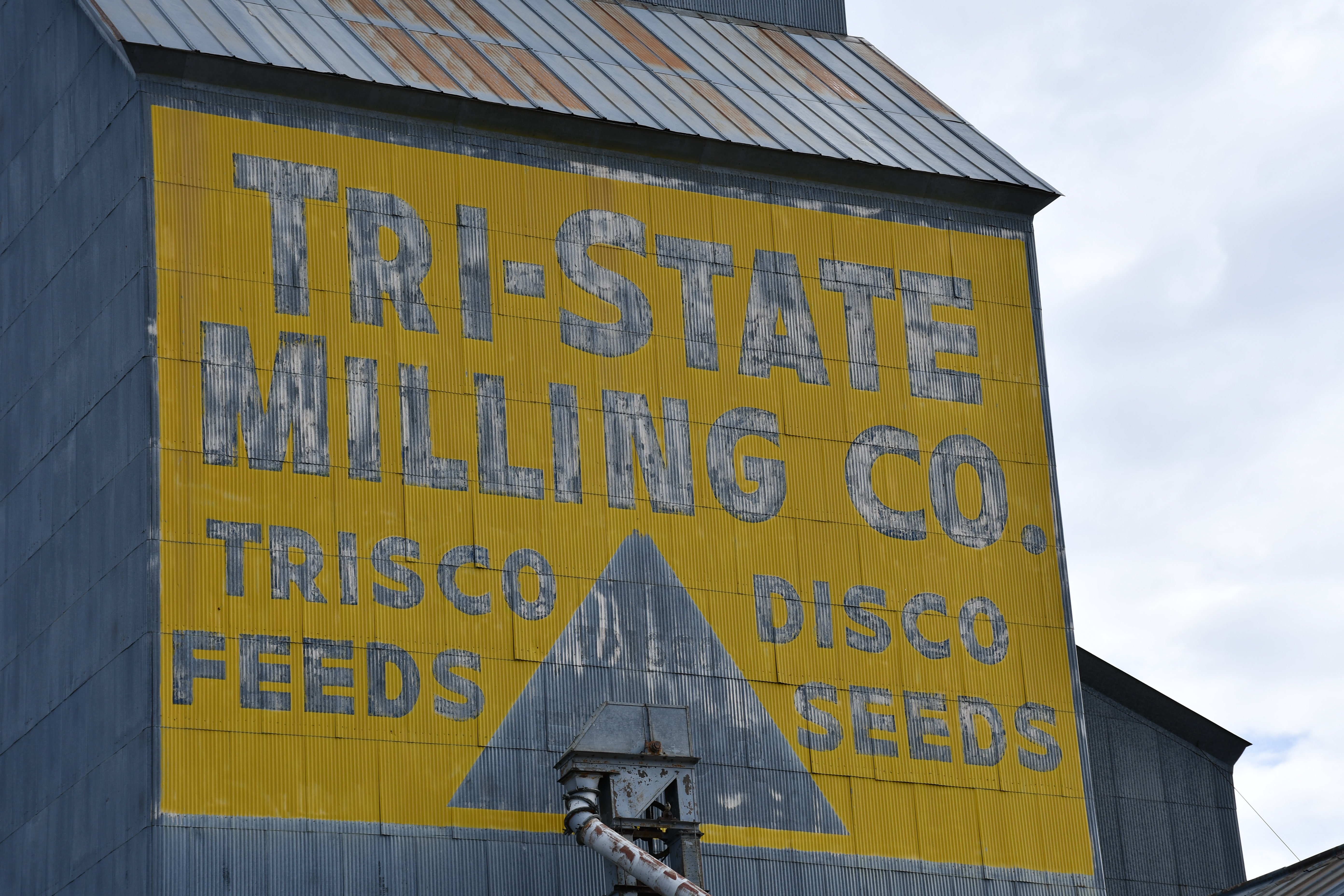
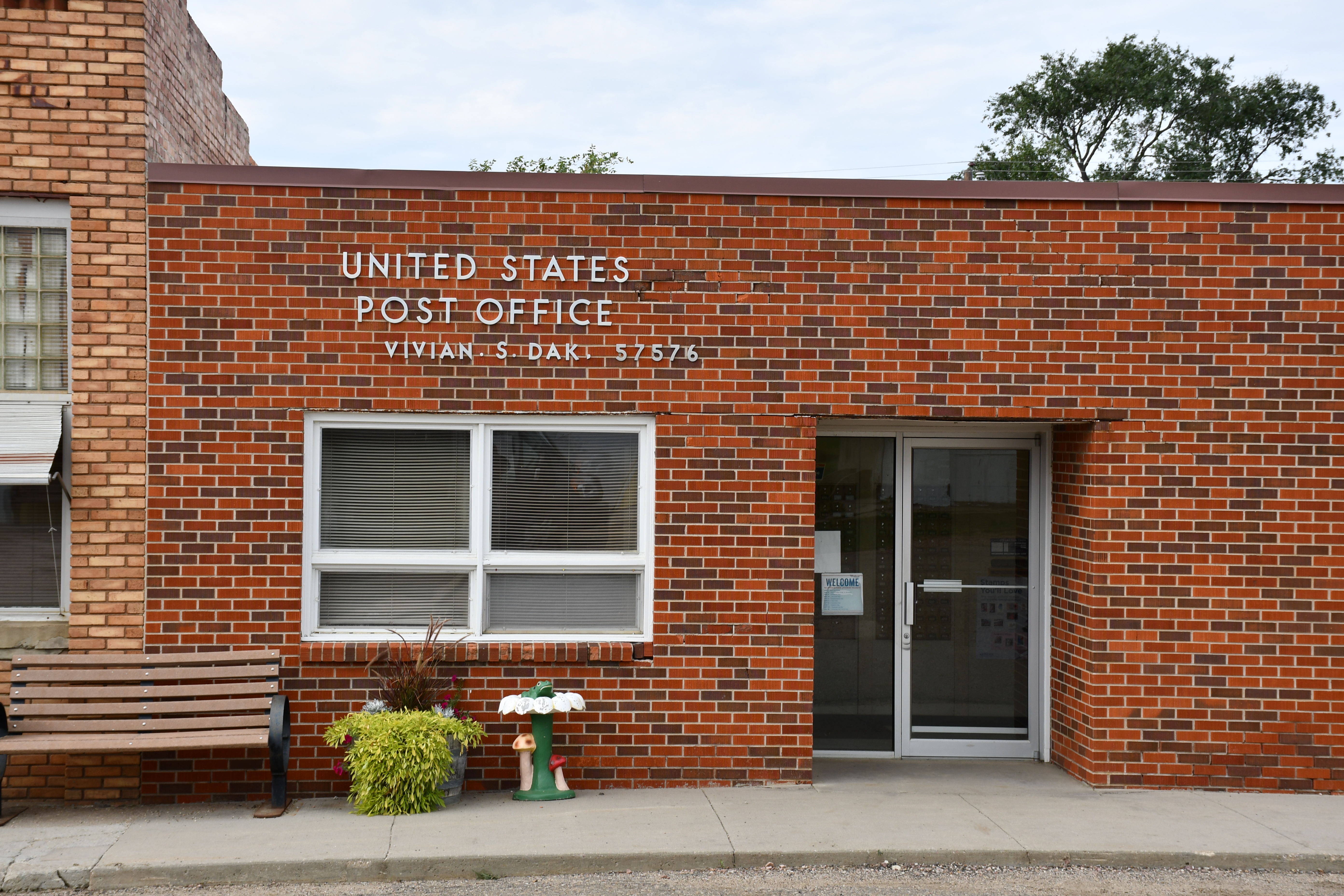
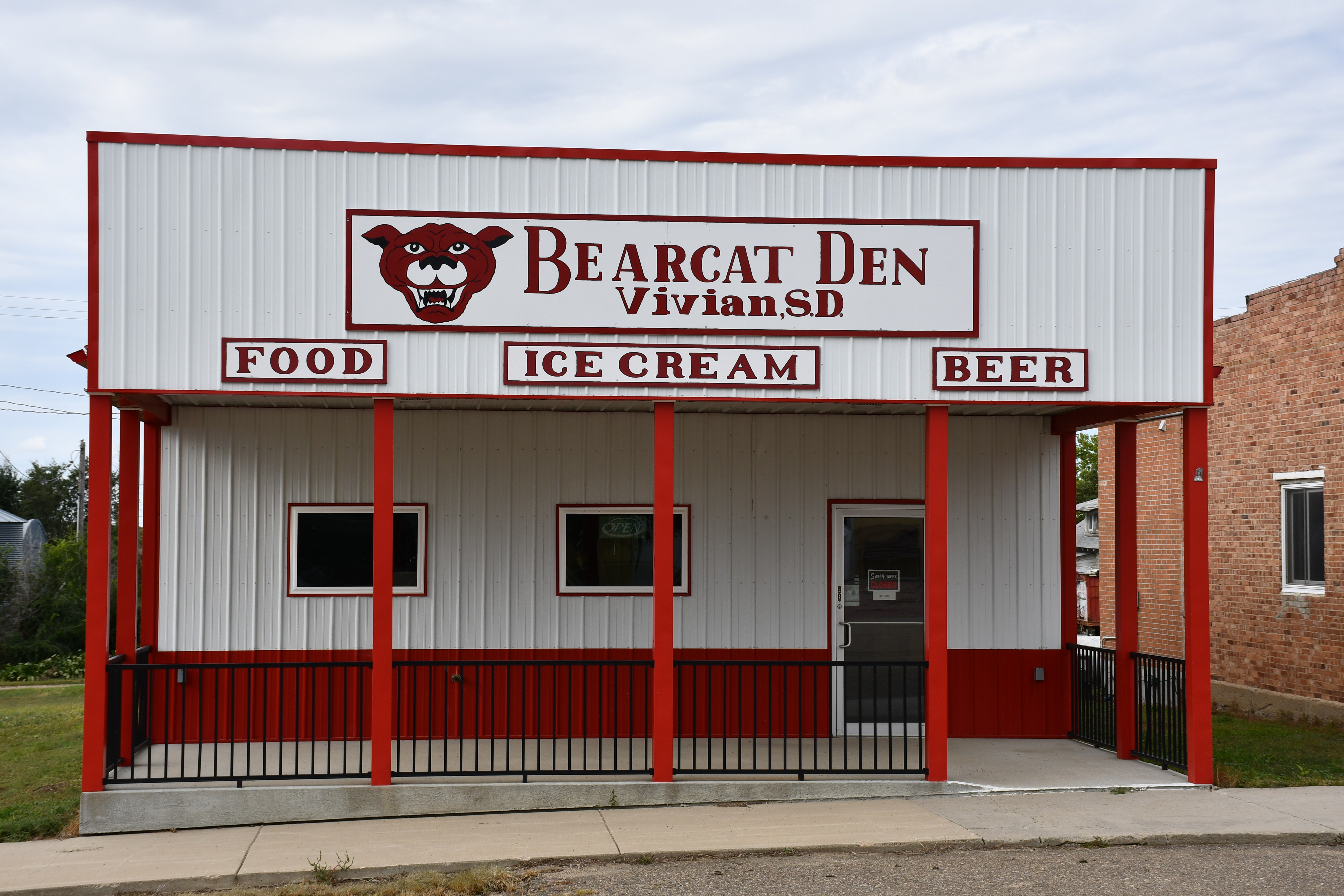
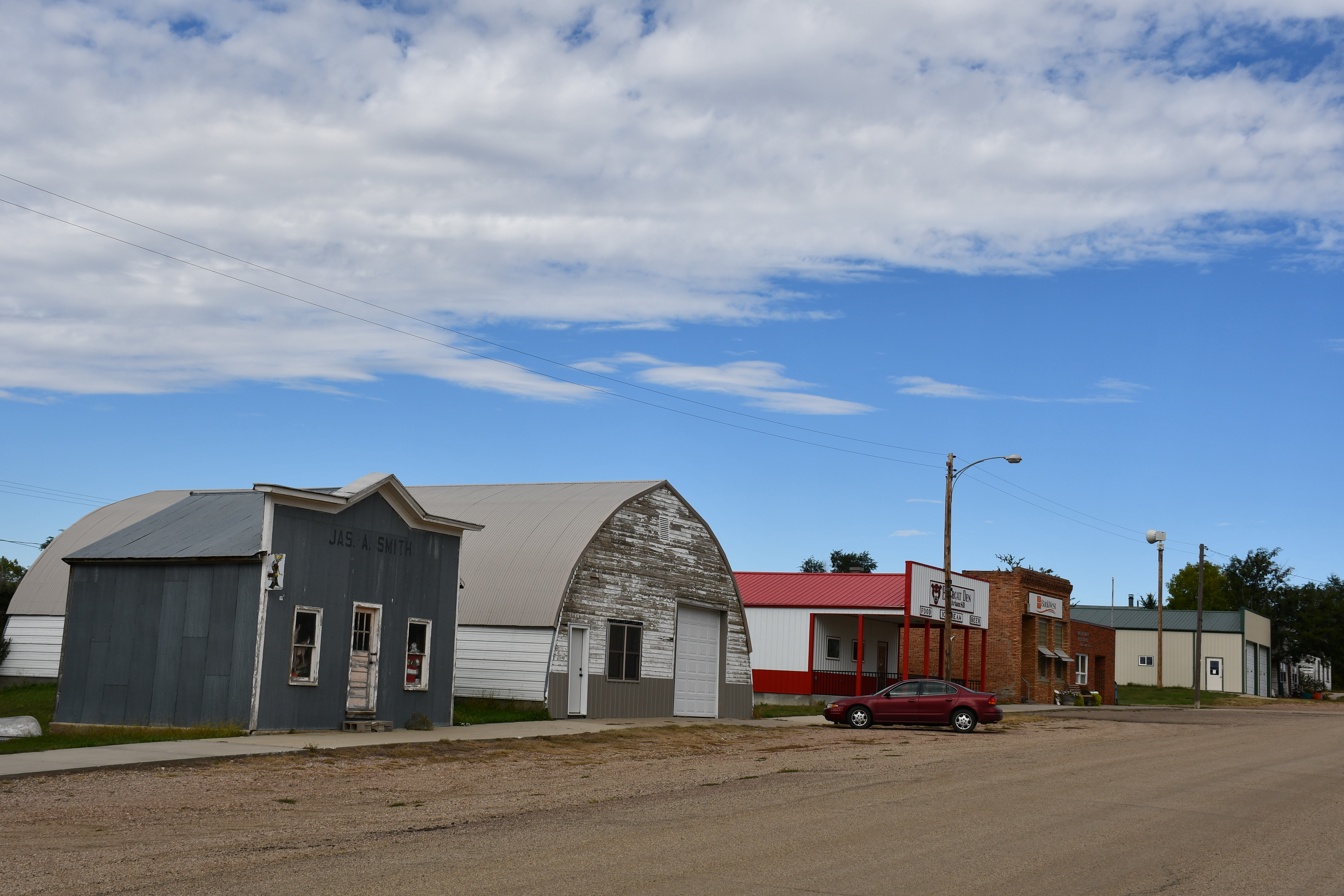

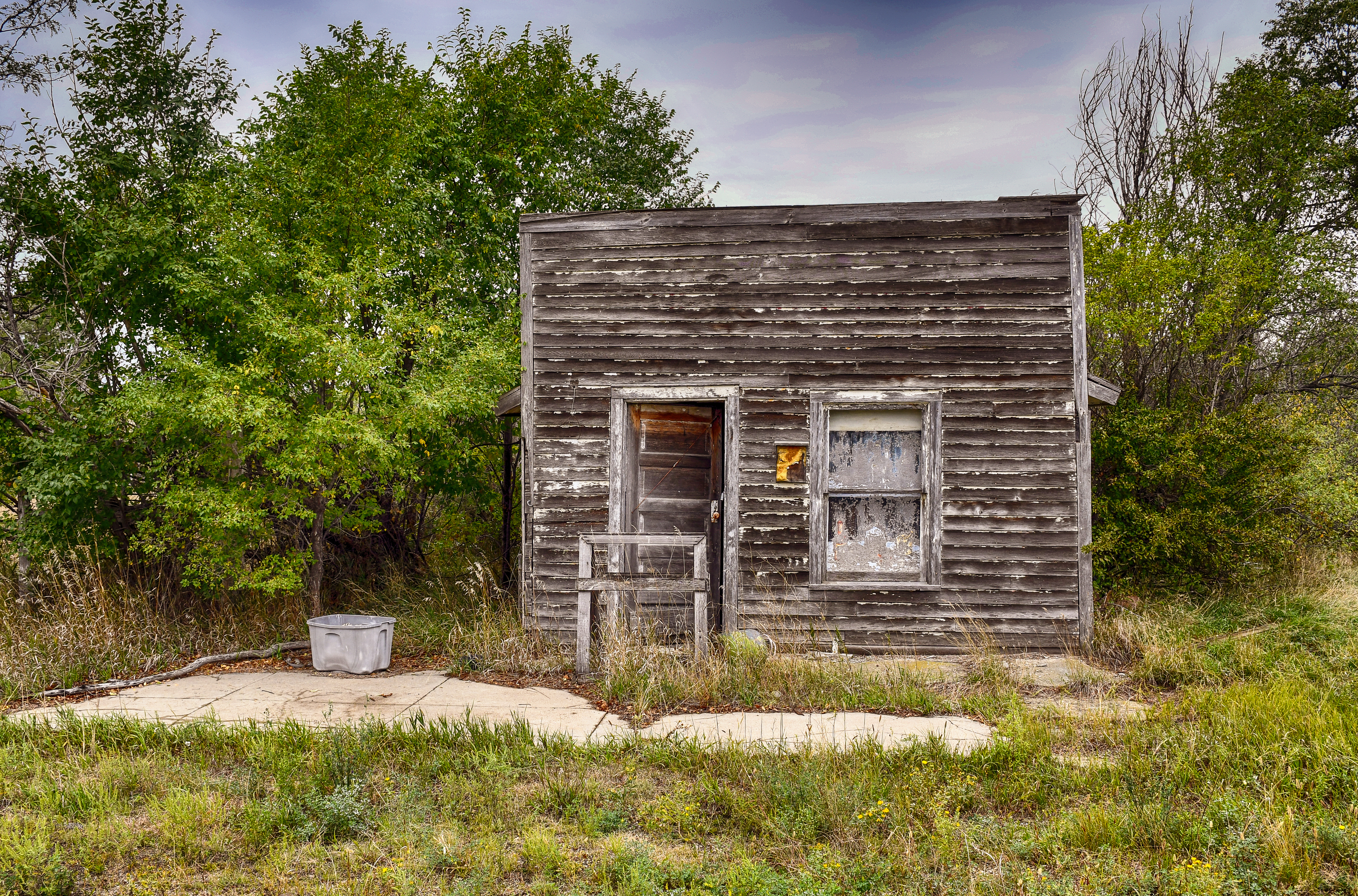
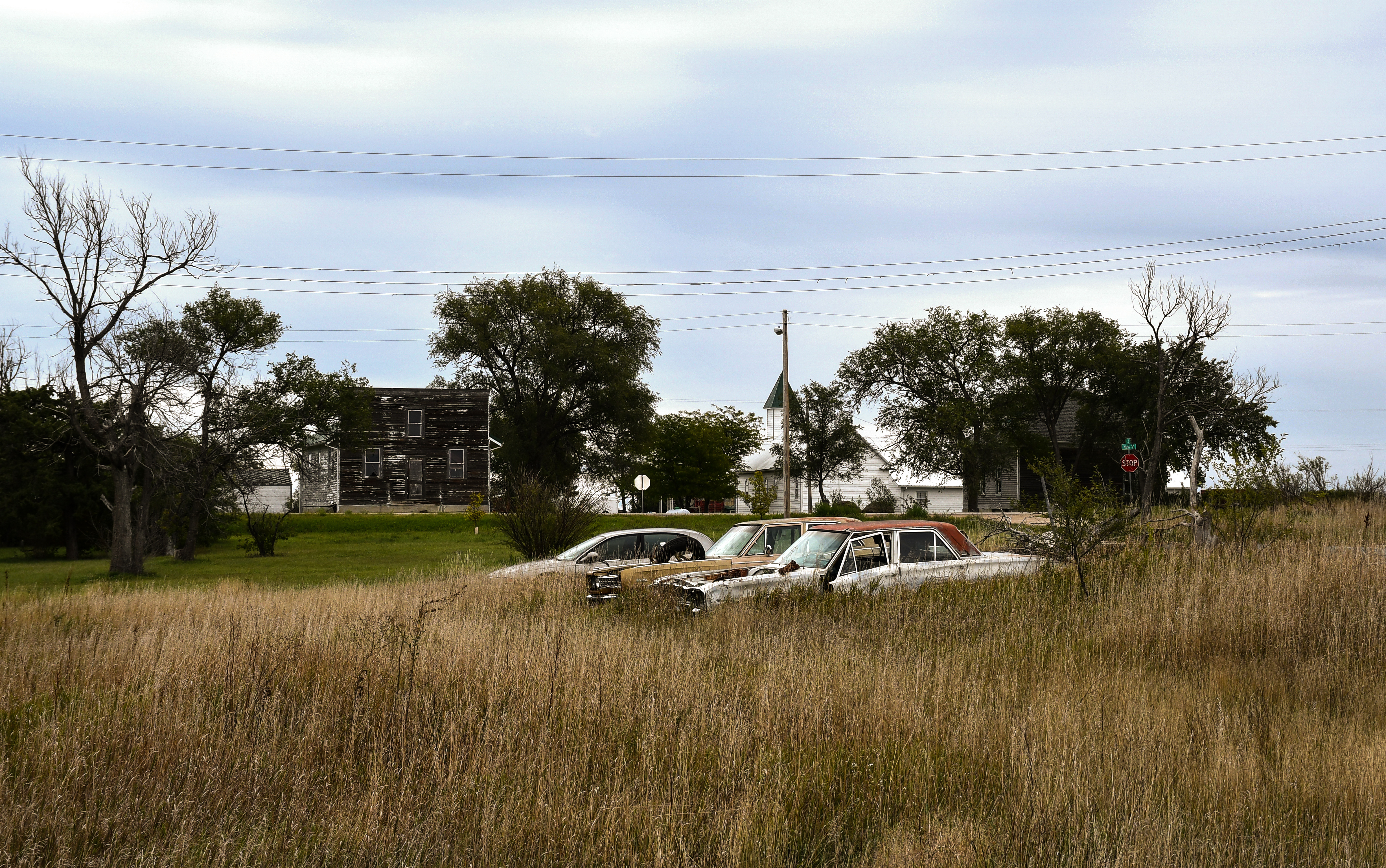
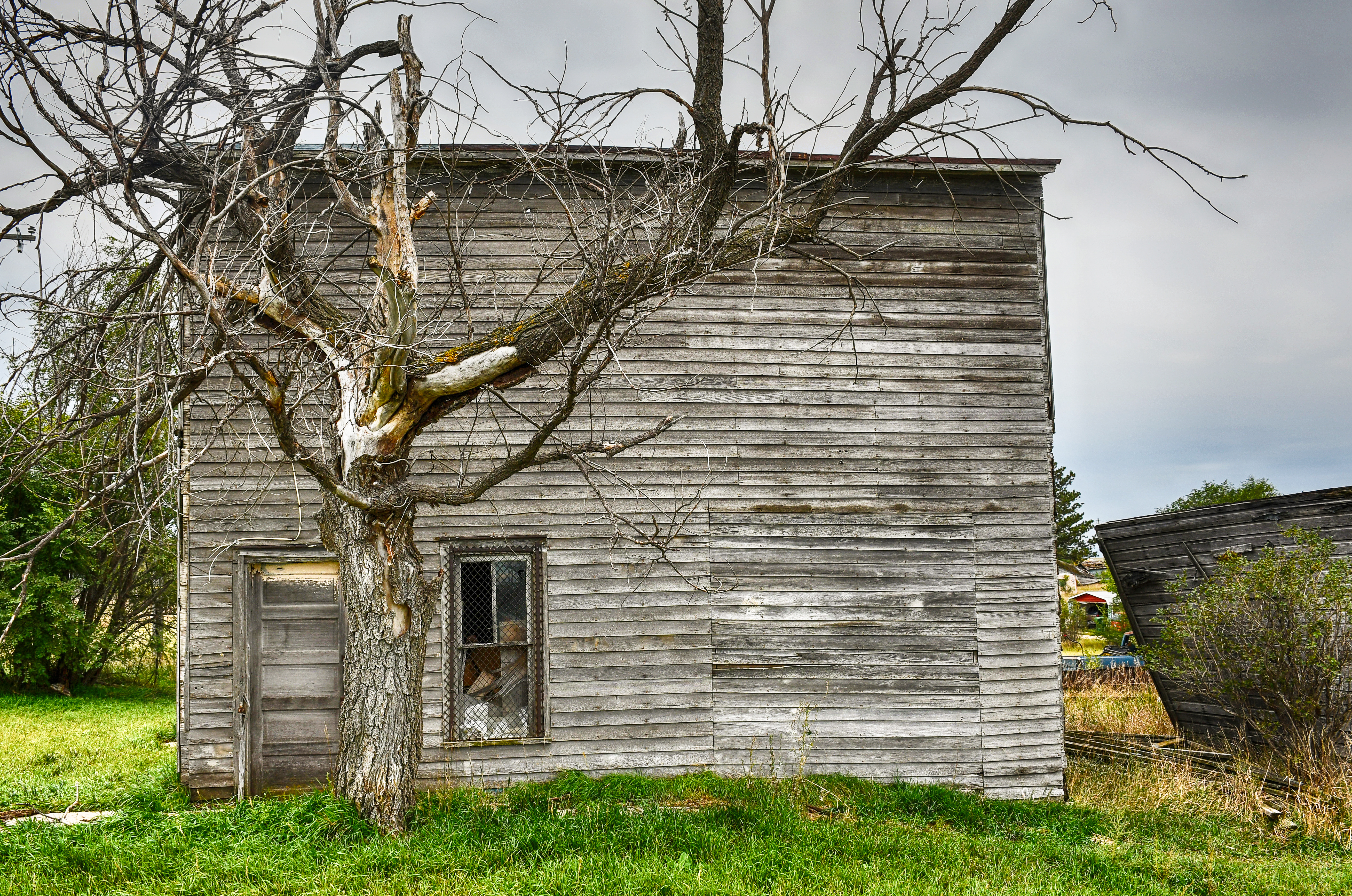
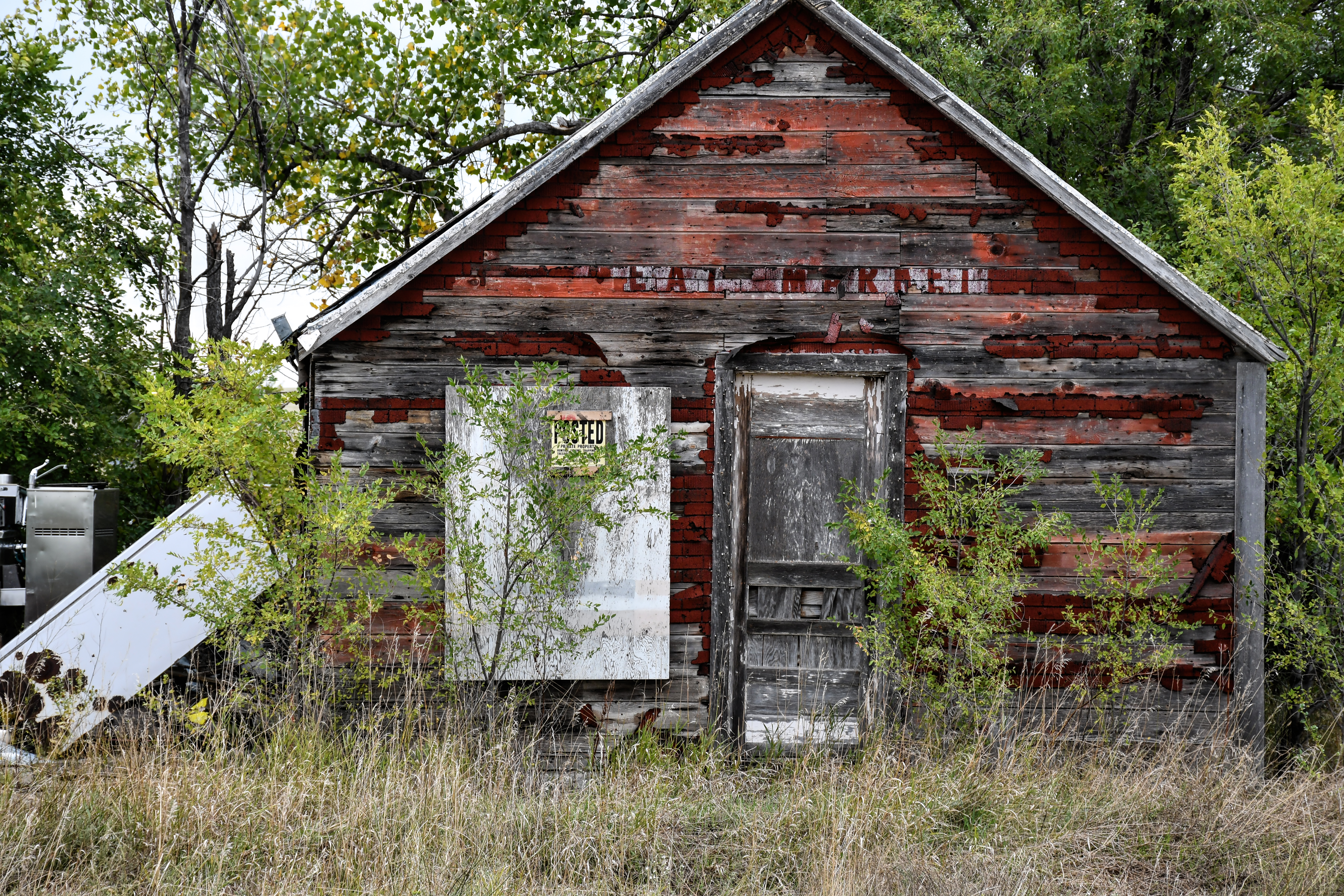
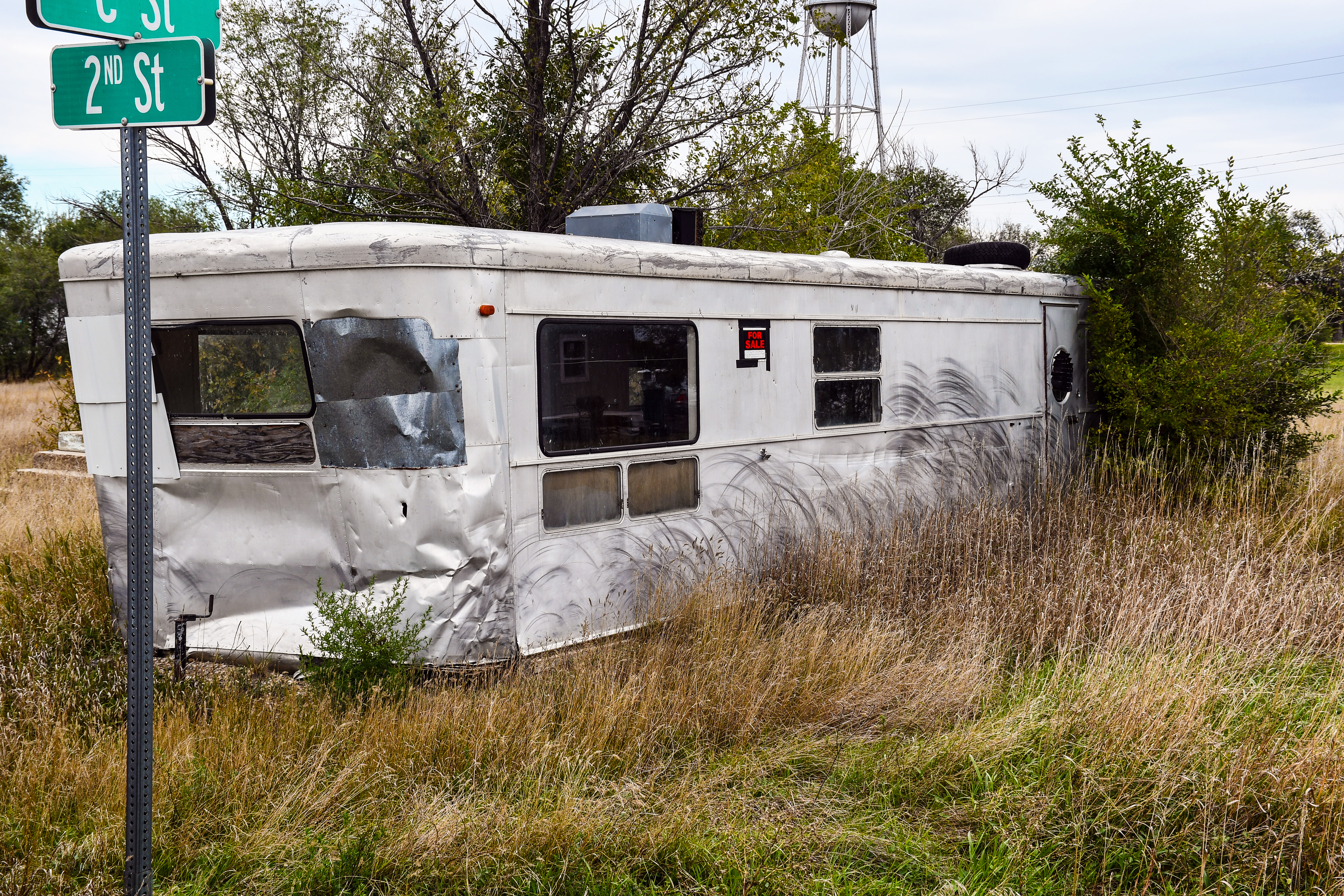
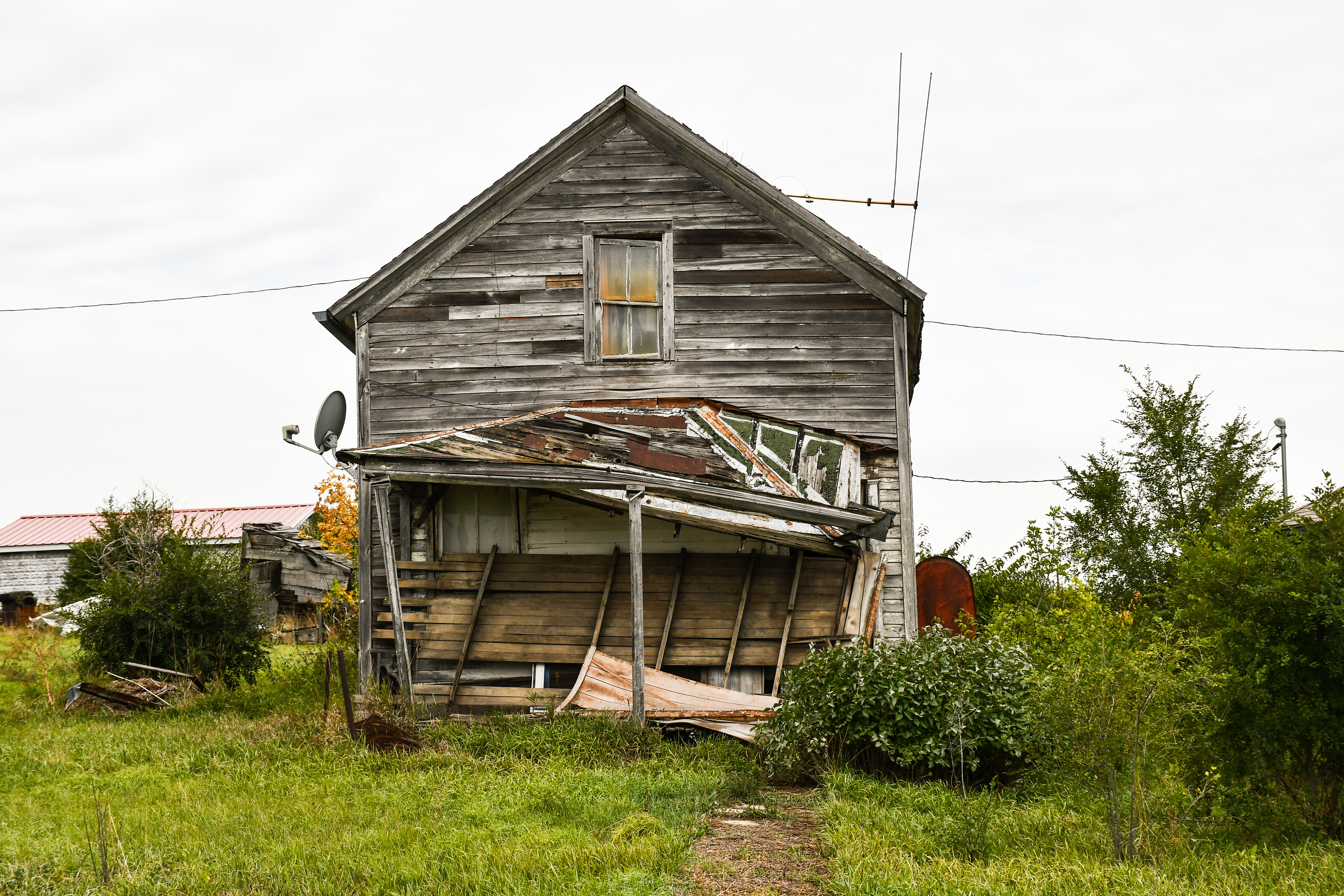
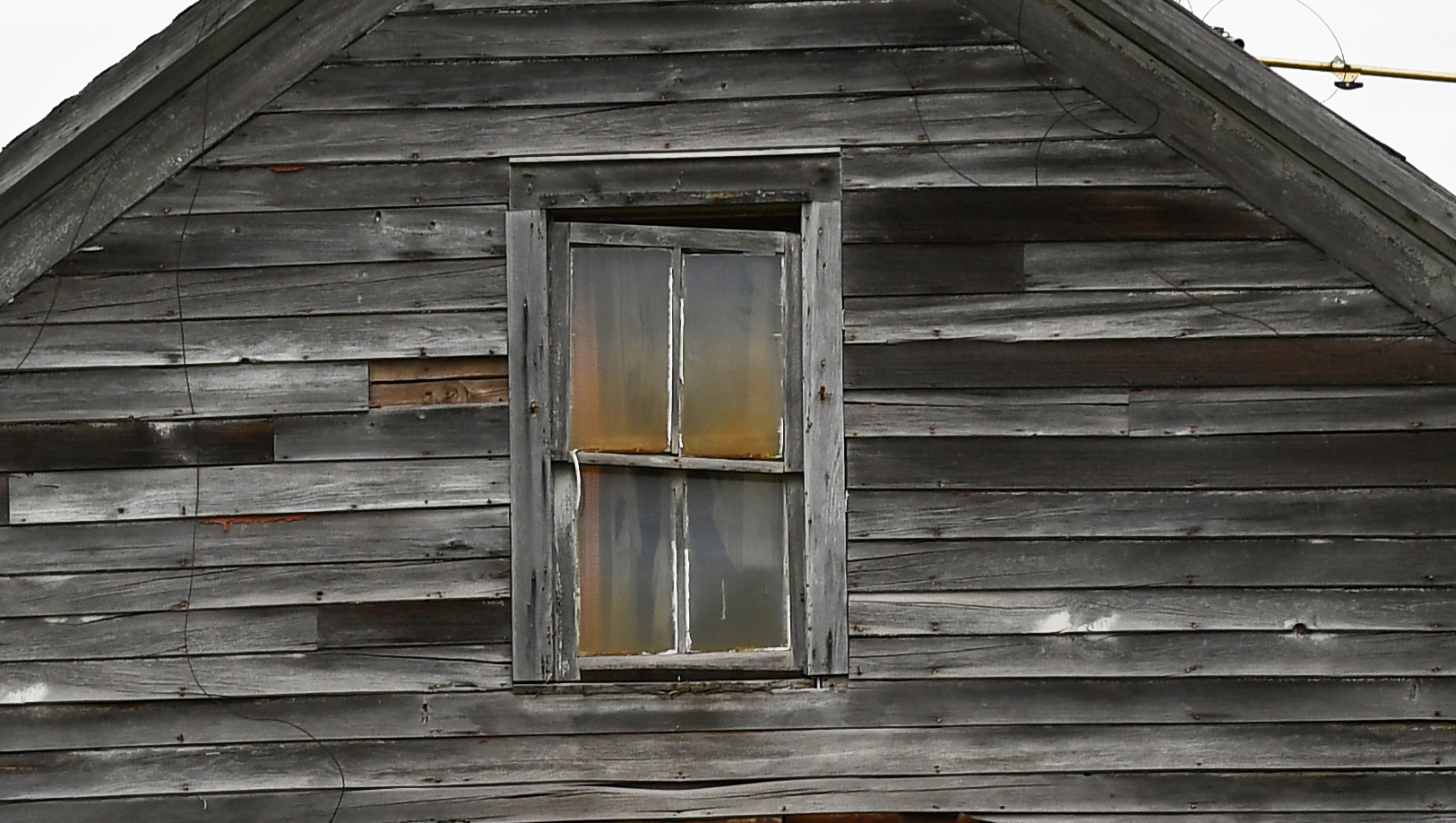
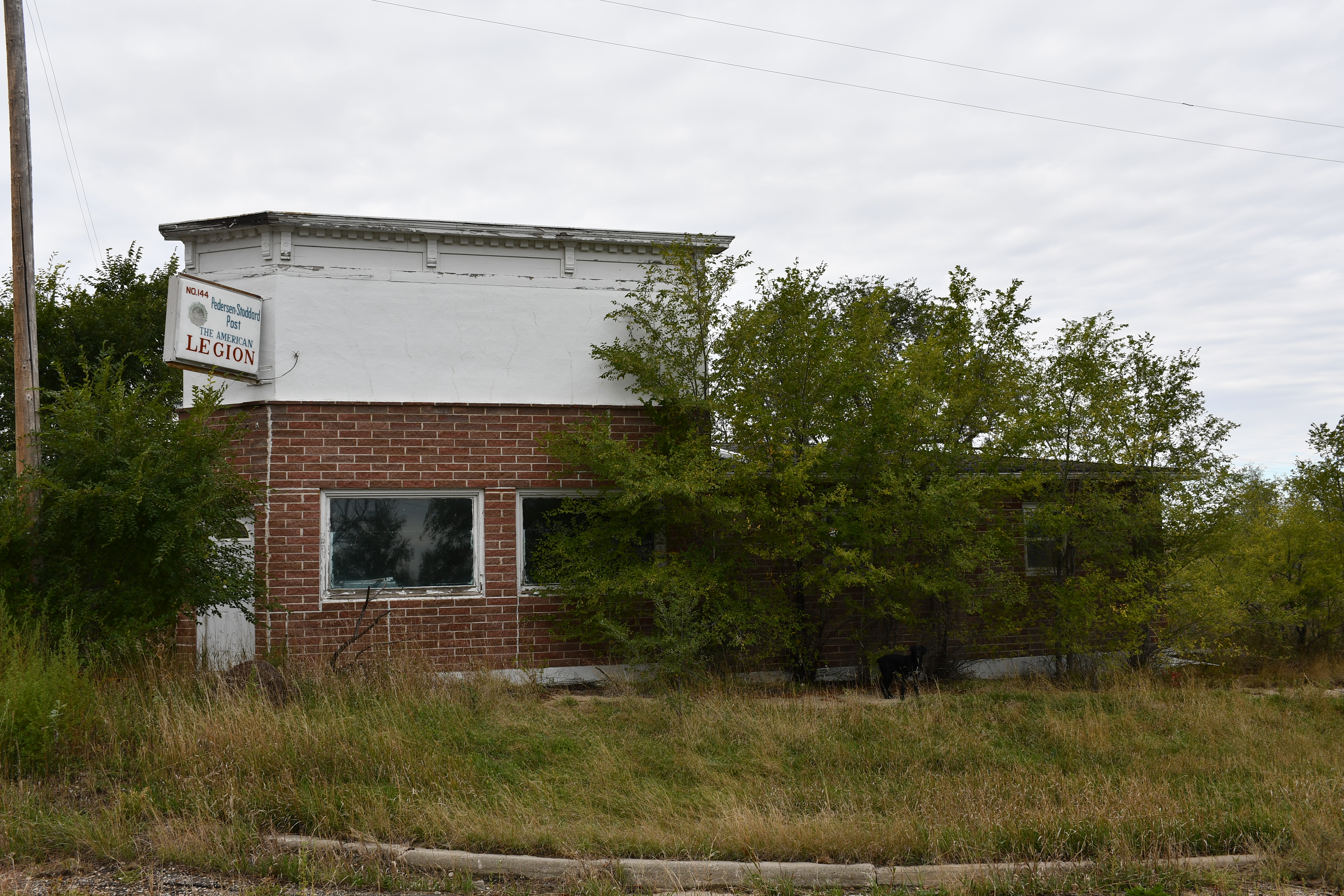 On our 16,000+ Kilometer (10,000 miles) trip this summer, we came back through South Dakota. Like almost all rural places, the tiny towns of the Dakota plains have been hit hard through the years. Their purpose long taken over by a few bigger towns or cities. I have an affinity for these sad places. Belvidere is only one. I don’t choose it to make light; it is merely one of the many we visited. There is an archeology of hope and dreams and Belvidere is rich in the artifacts of lost community life.
On our 16,000+ Kilometer (10,000 miles) trip this summer, we came back through South Dakota. Like almost all rural places, the tiny towns of the Dakota plains have been hit hard through the years. Their purpose long taken over by a few bigger towns or cities. I have an affinity for these sad places. Belvidere is only one. I don’t choose it to make light; it is merely one of the many we visited. There is an archeology of hope and dreams and Belvidere is rich in the artifacts of lost community life.